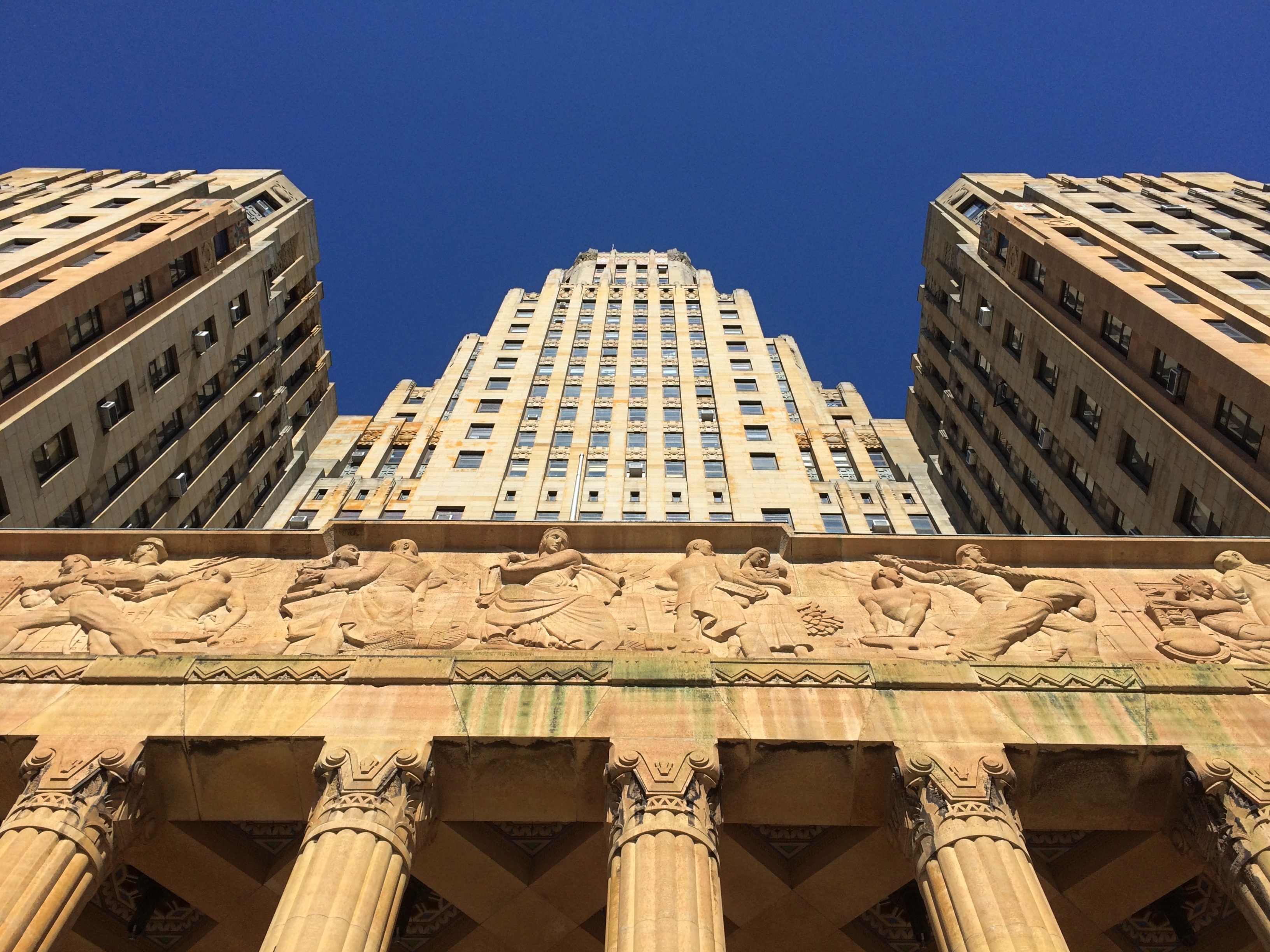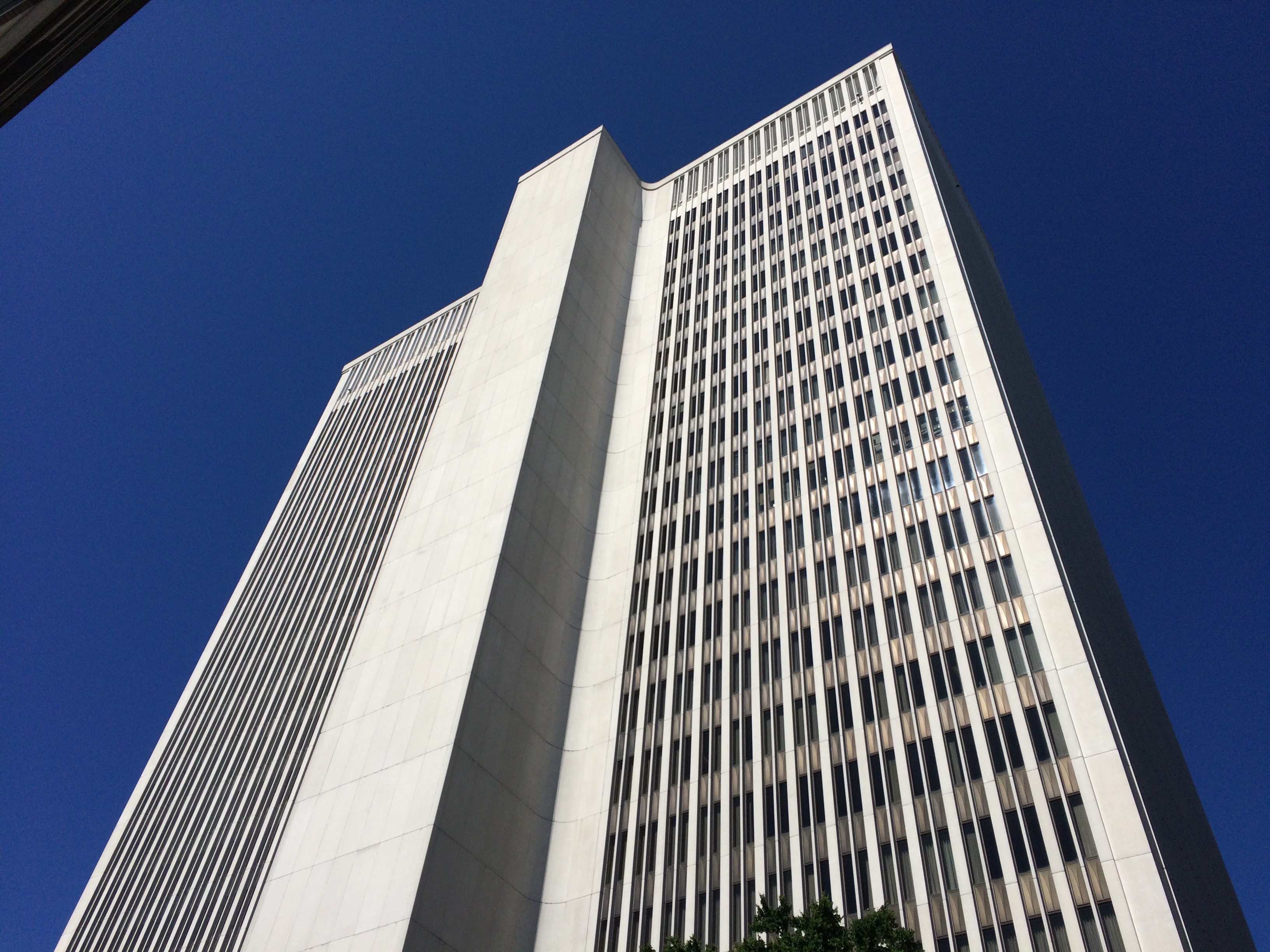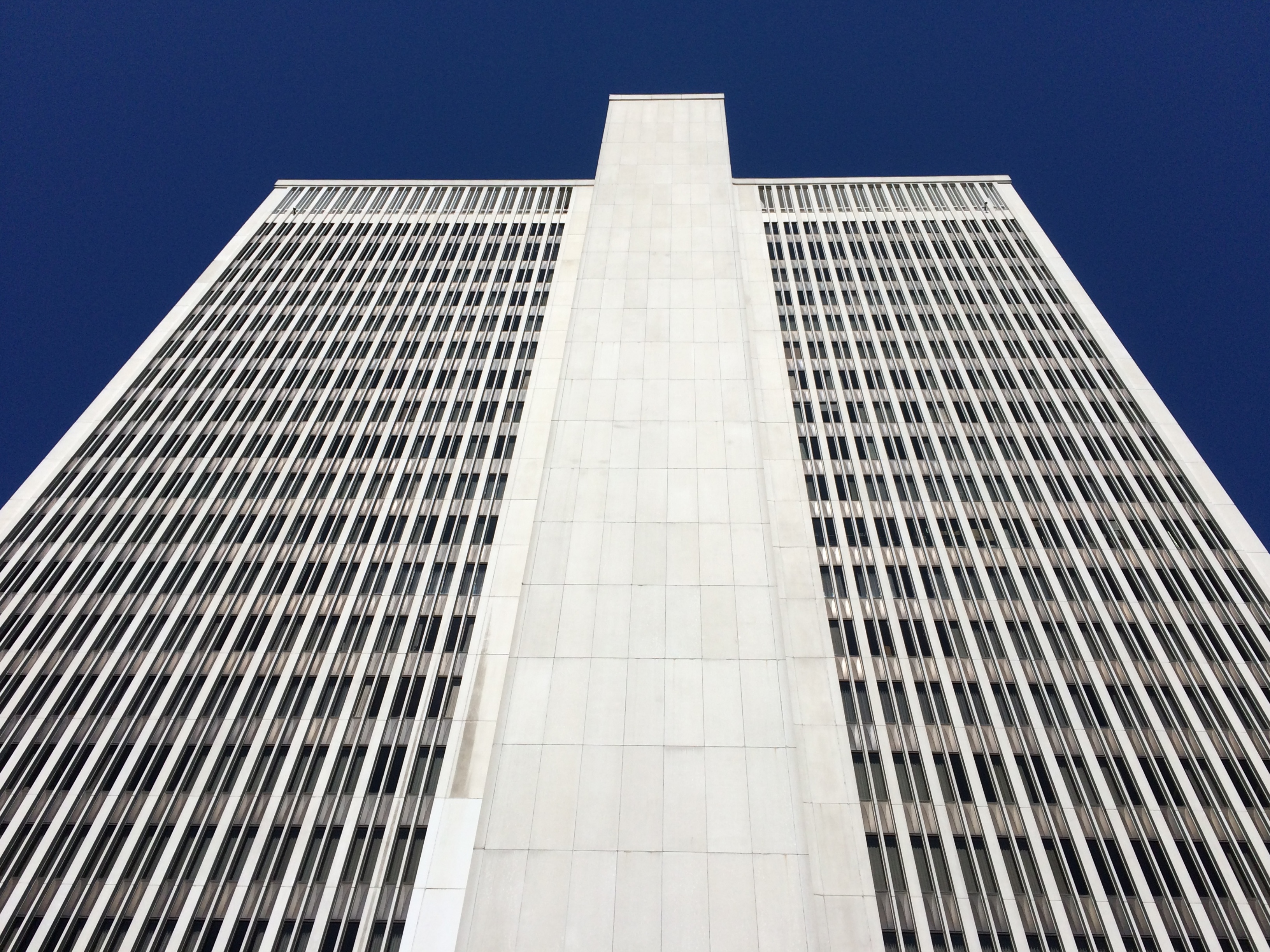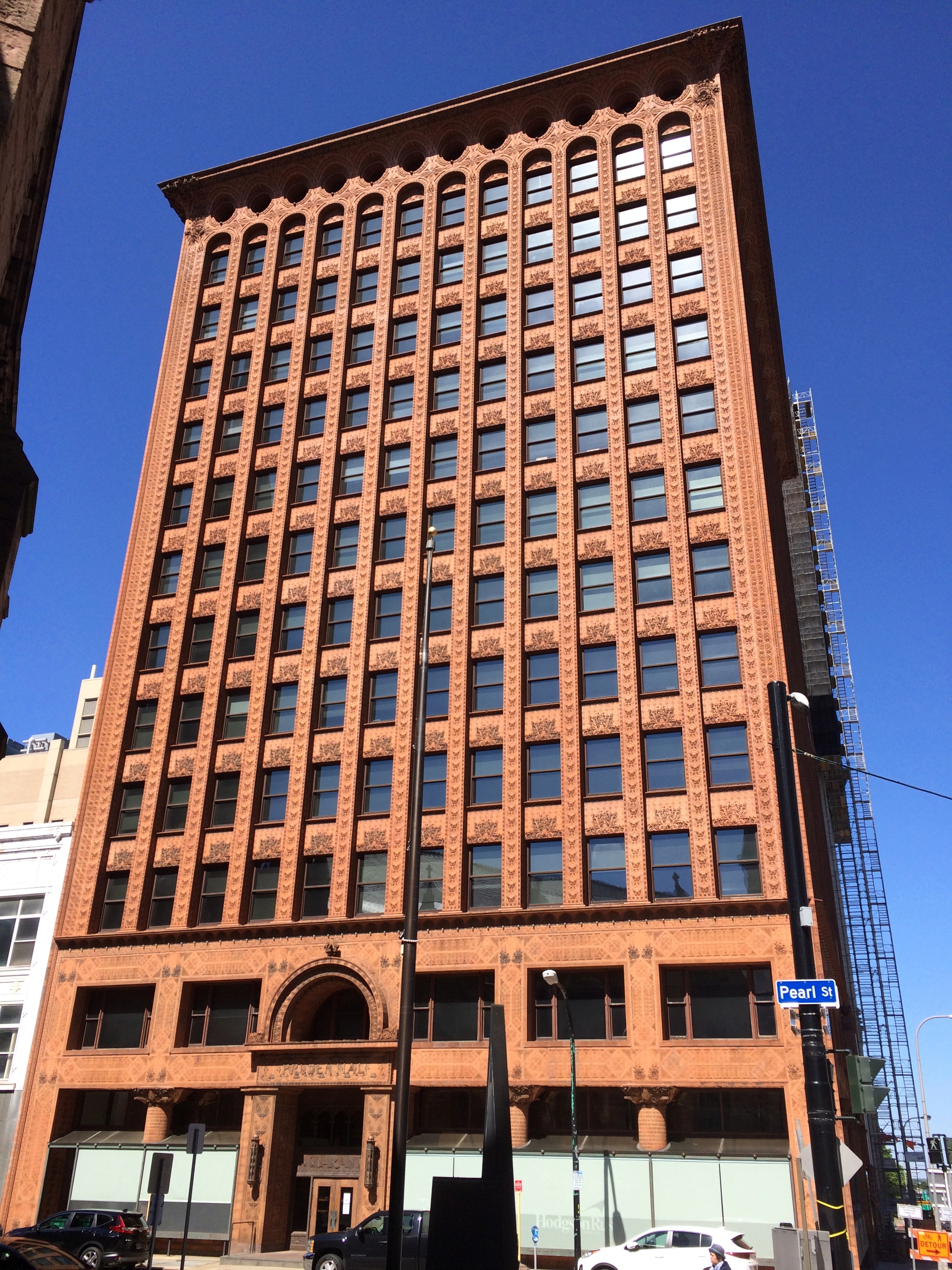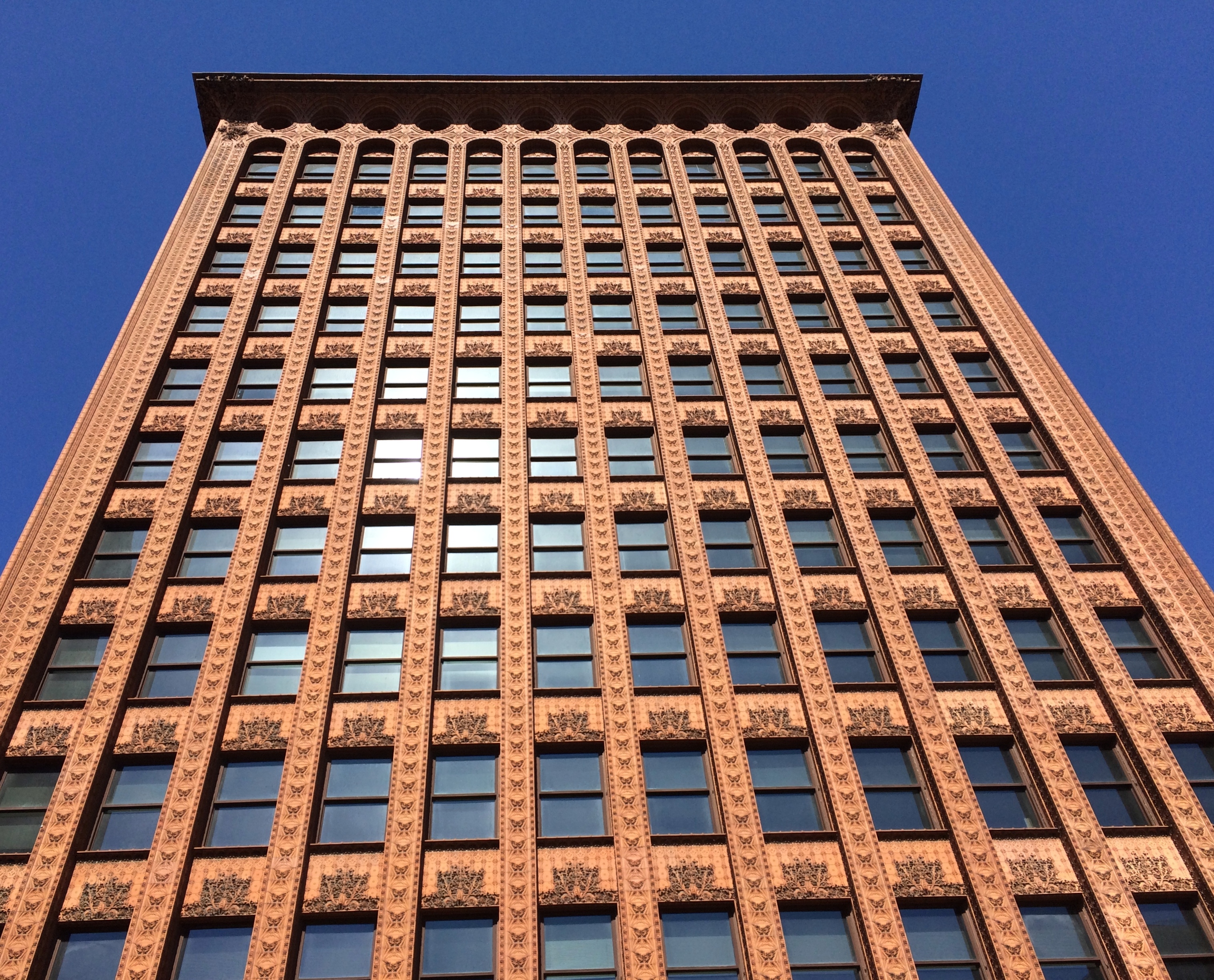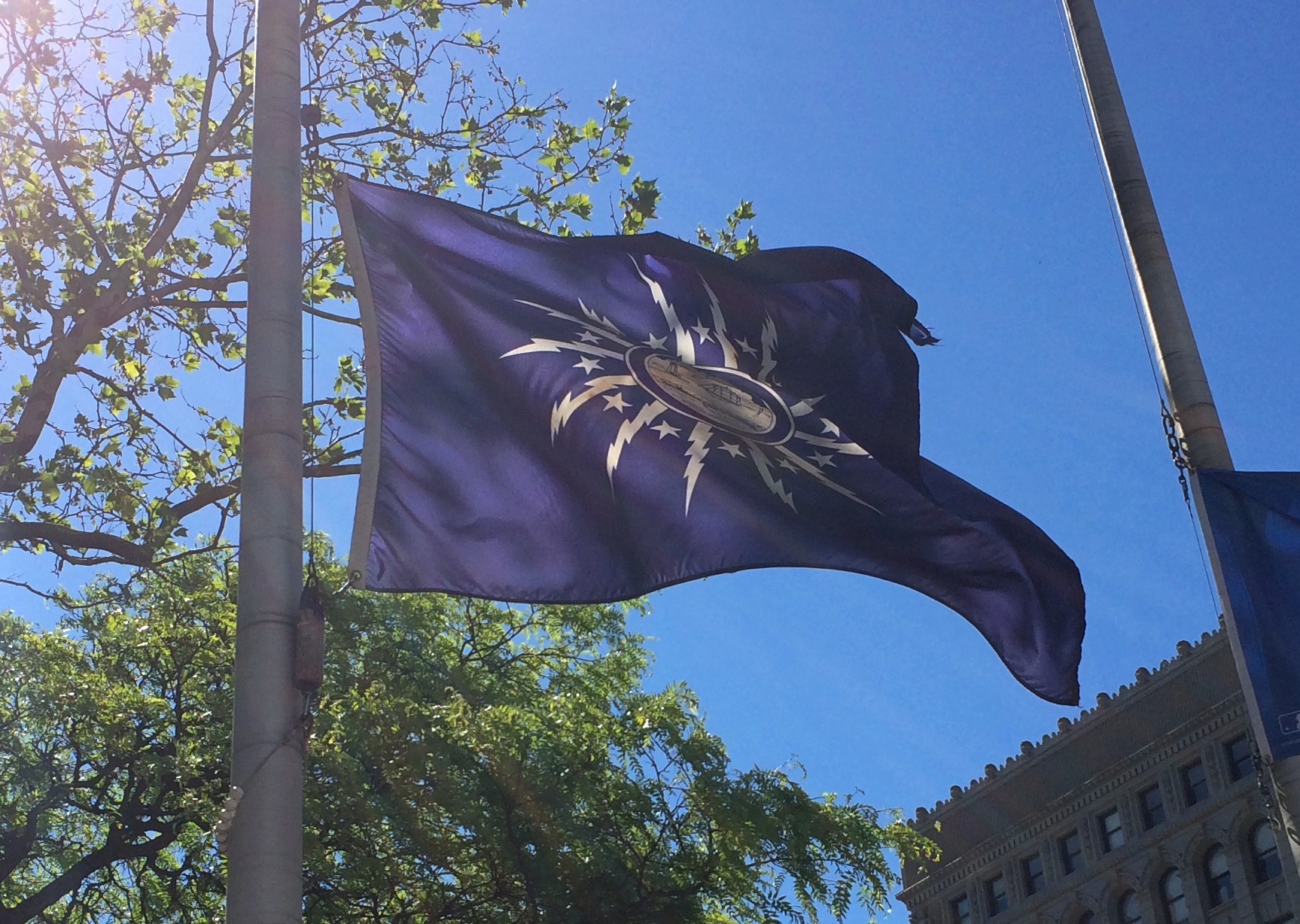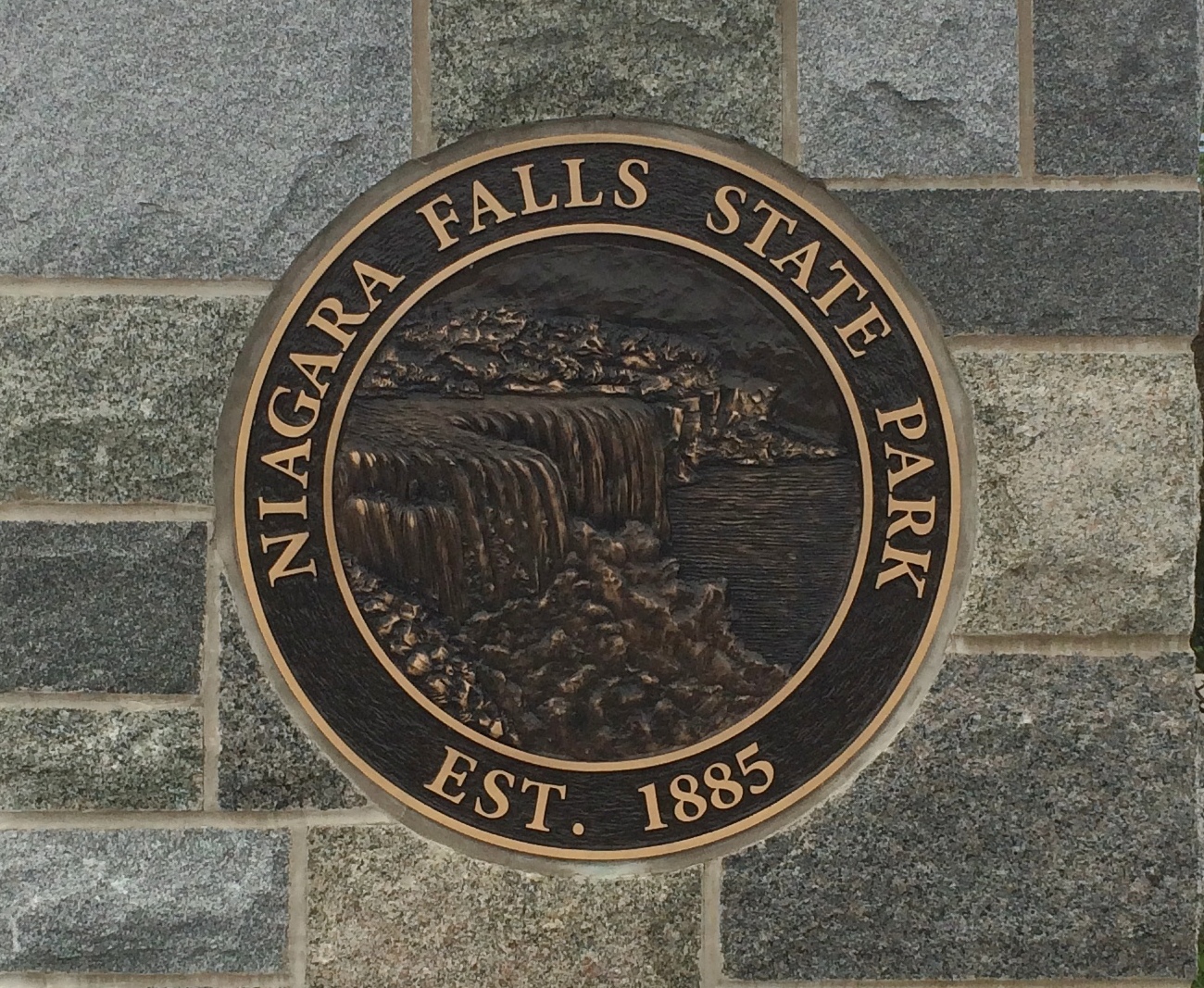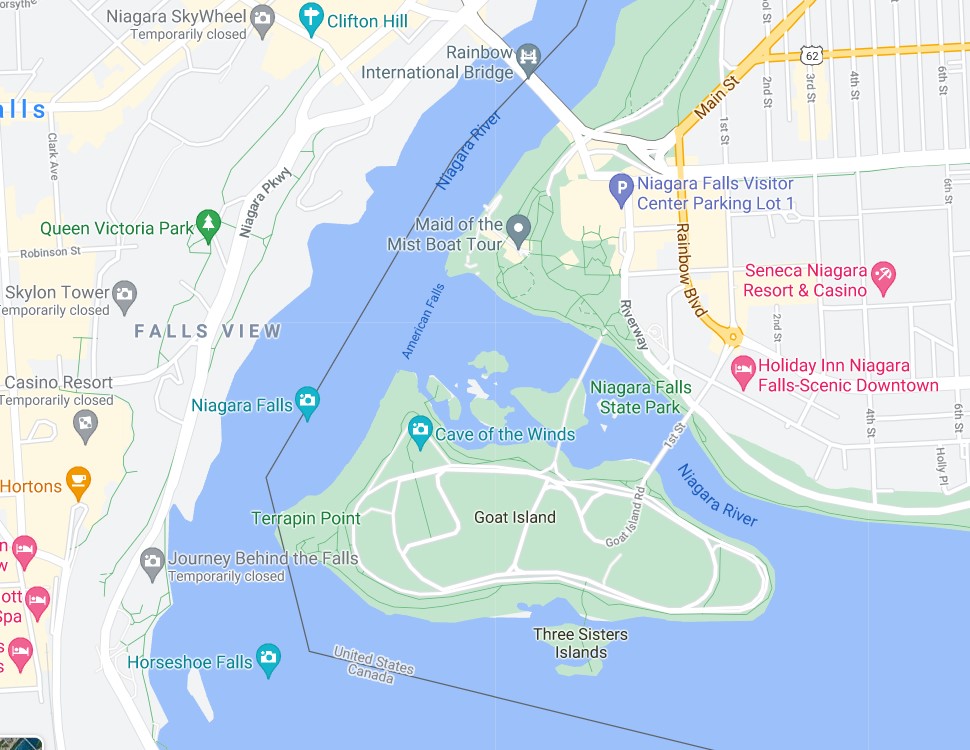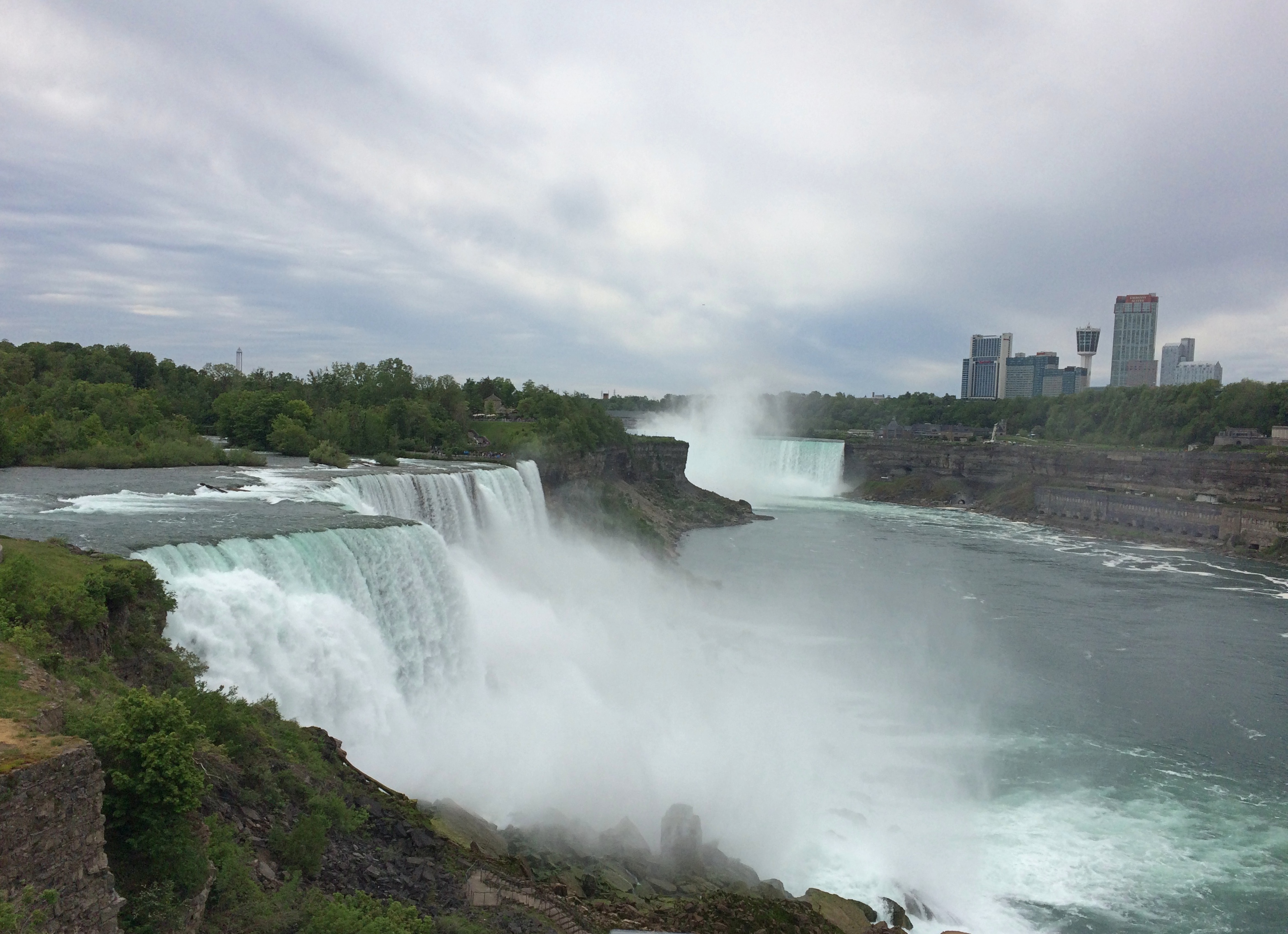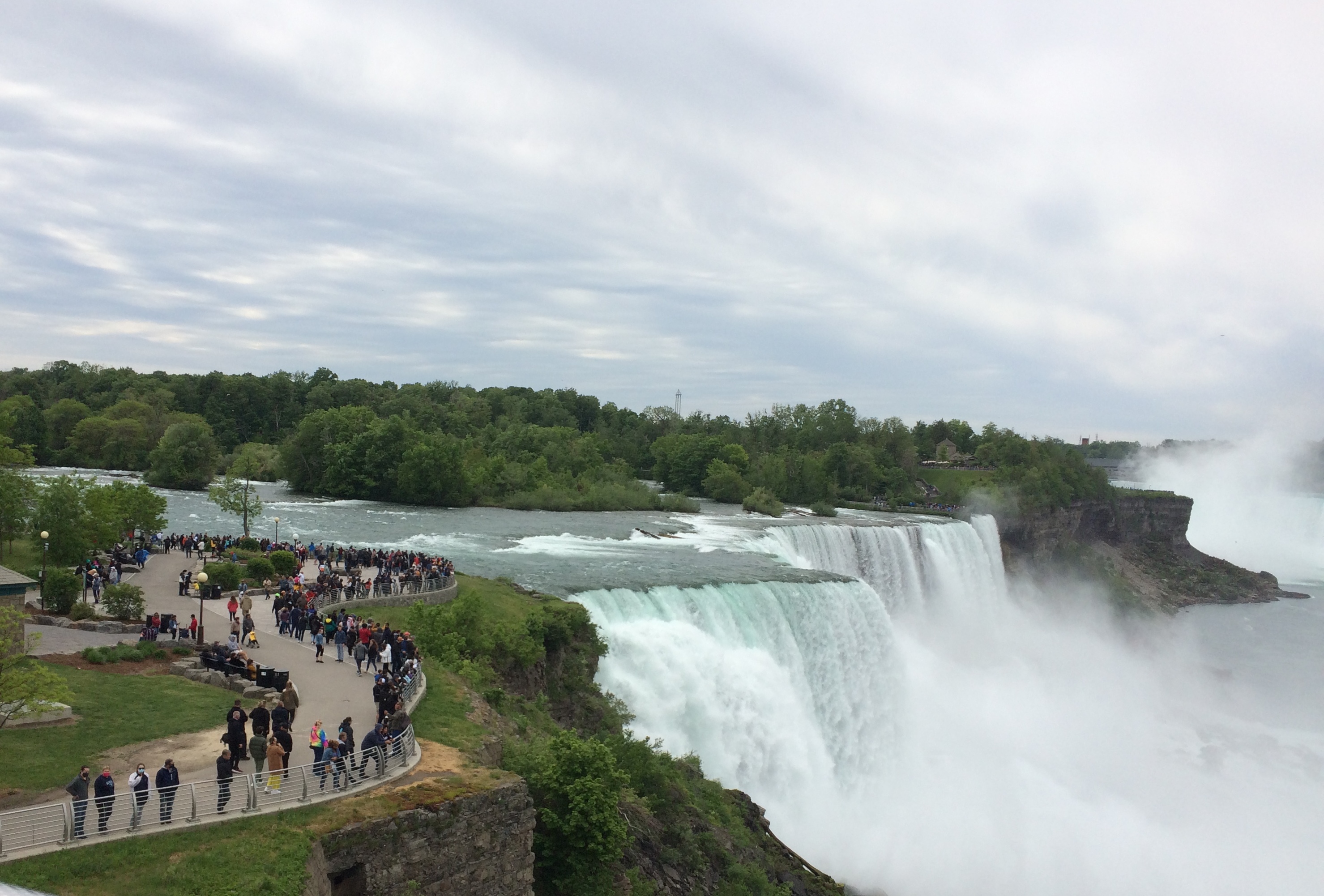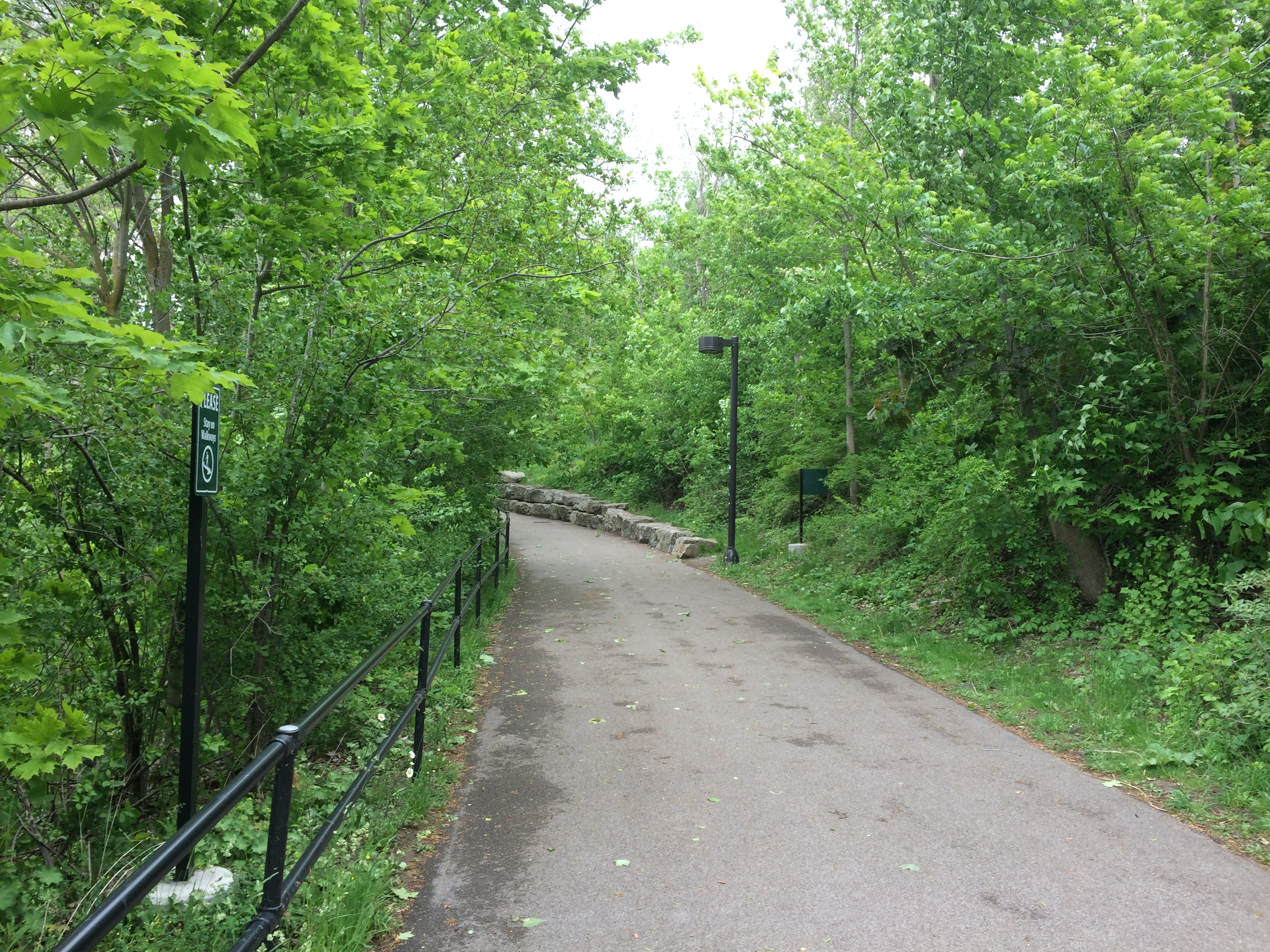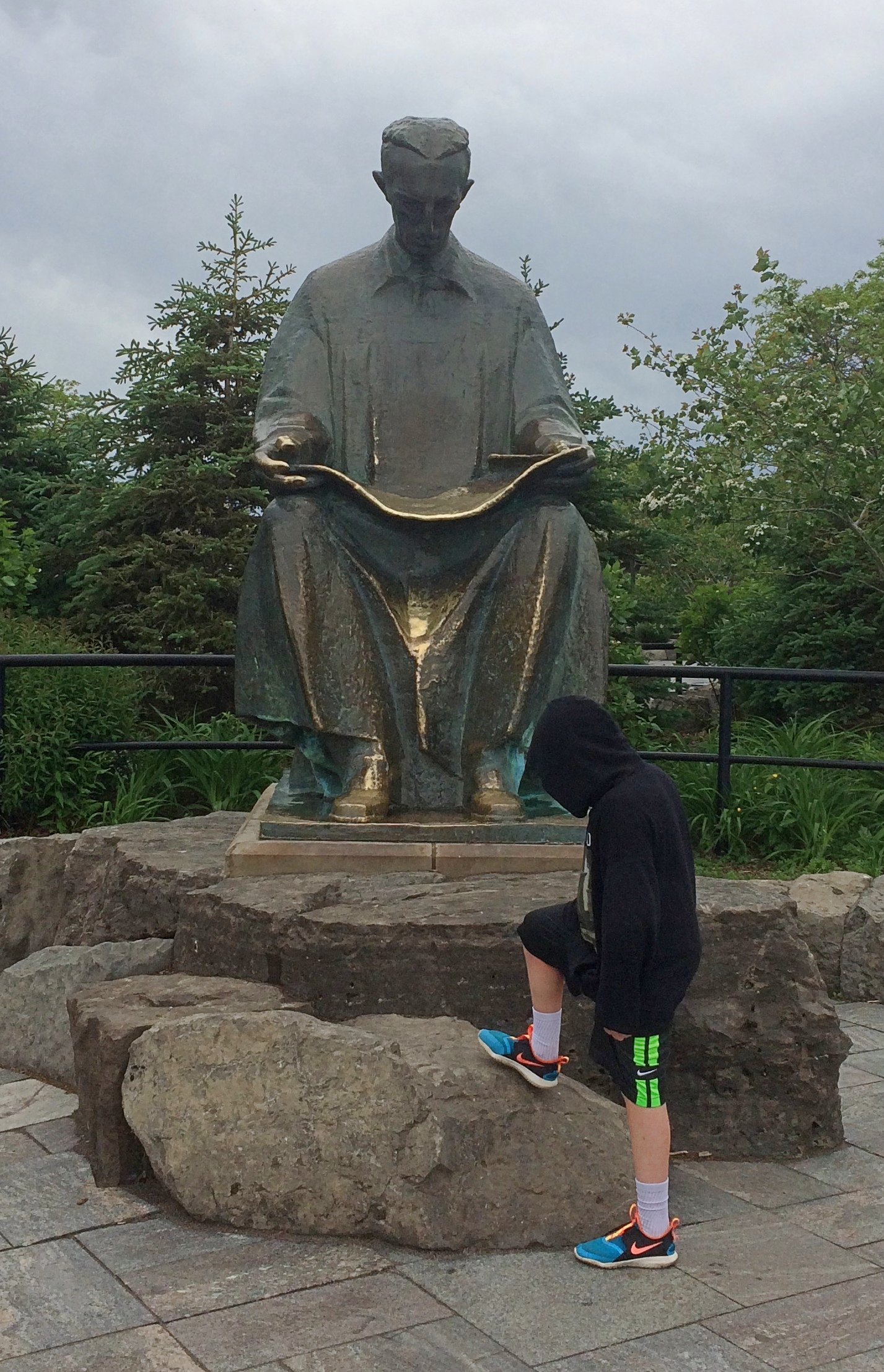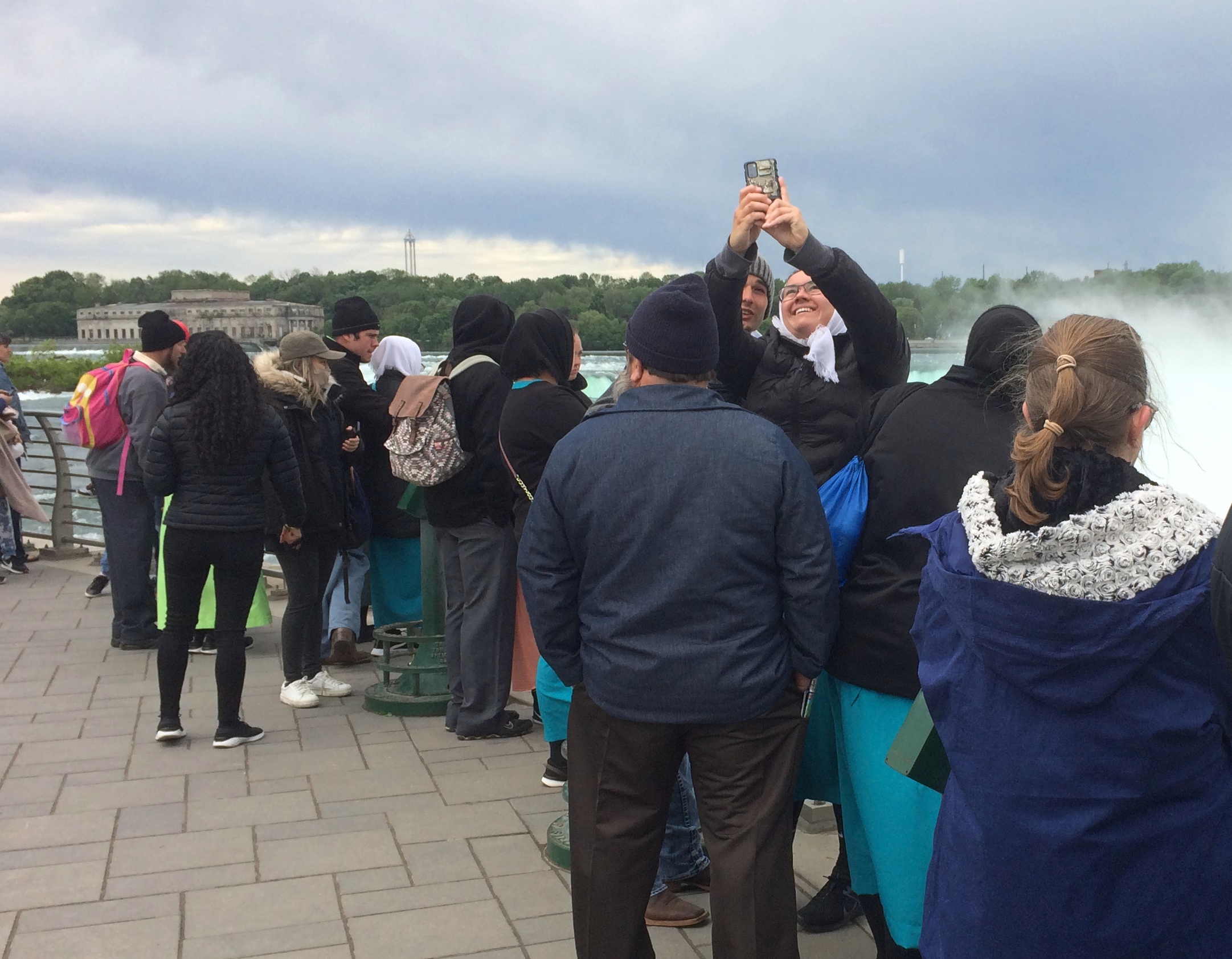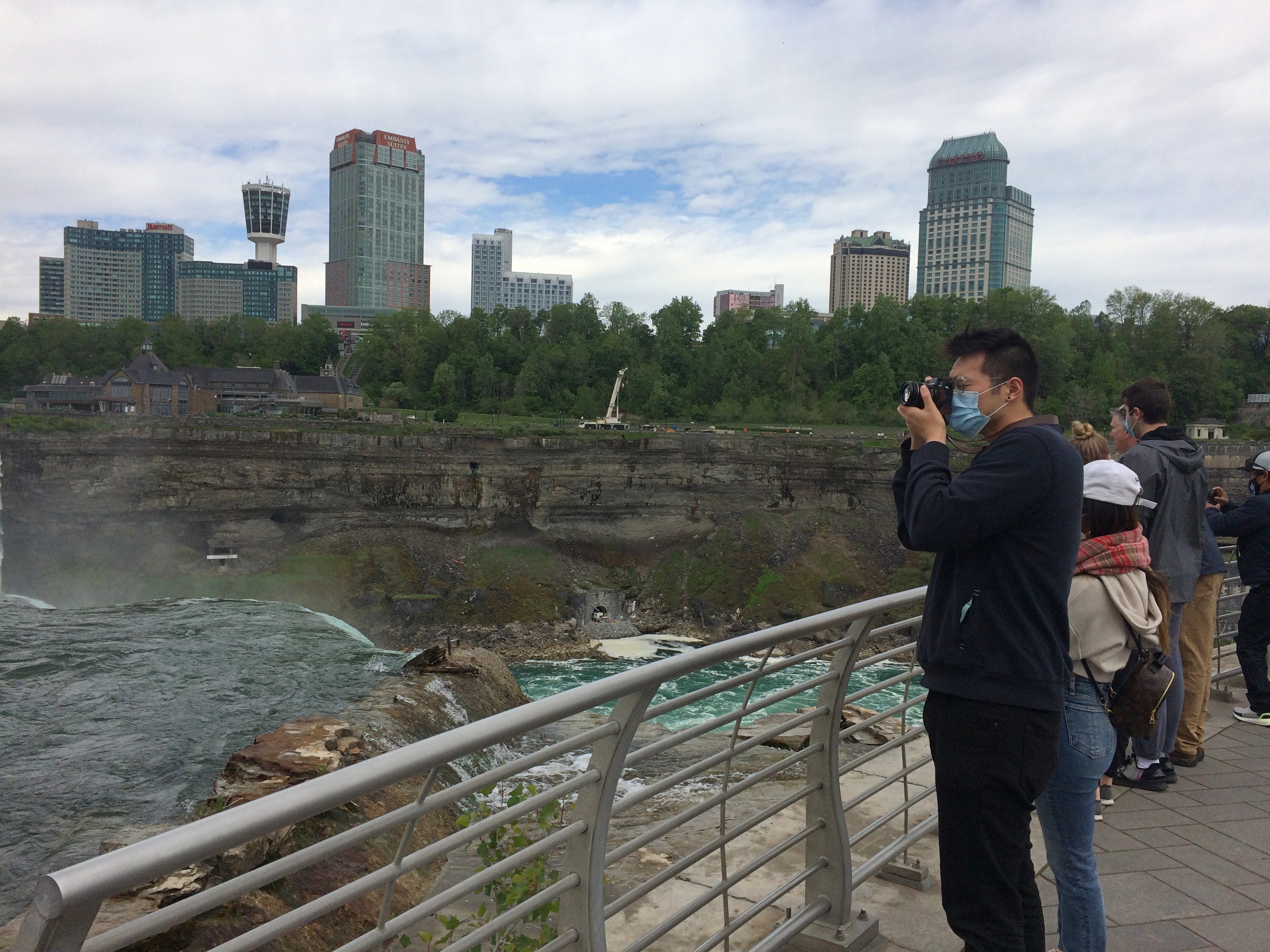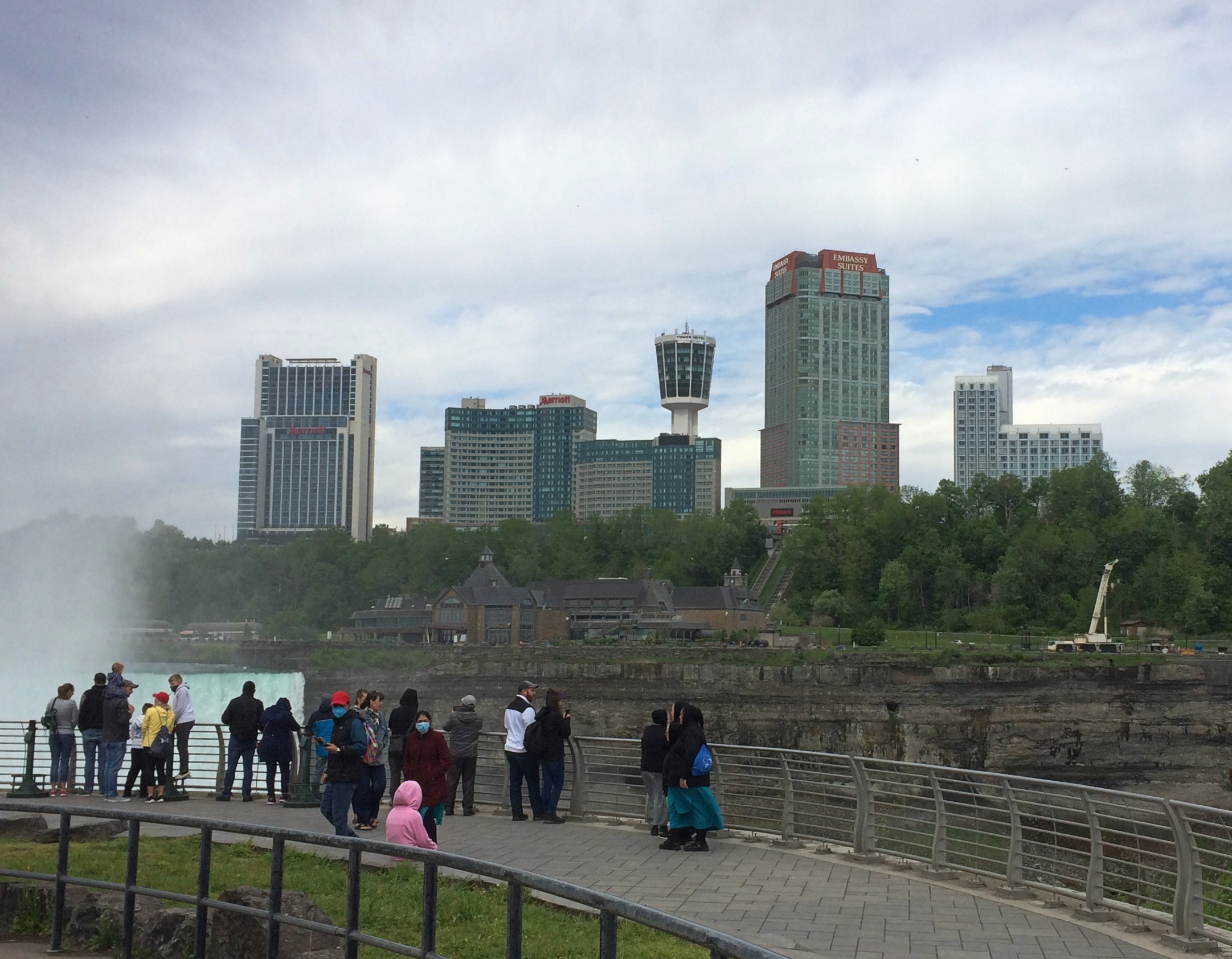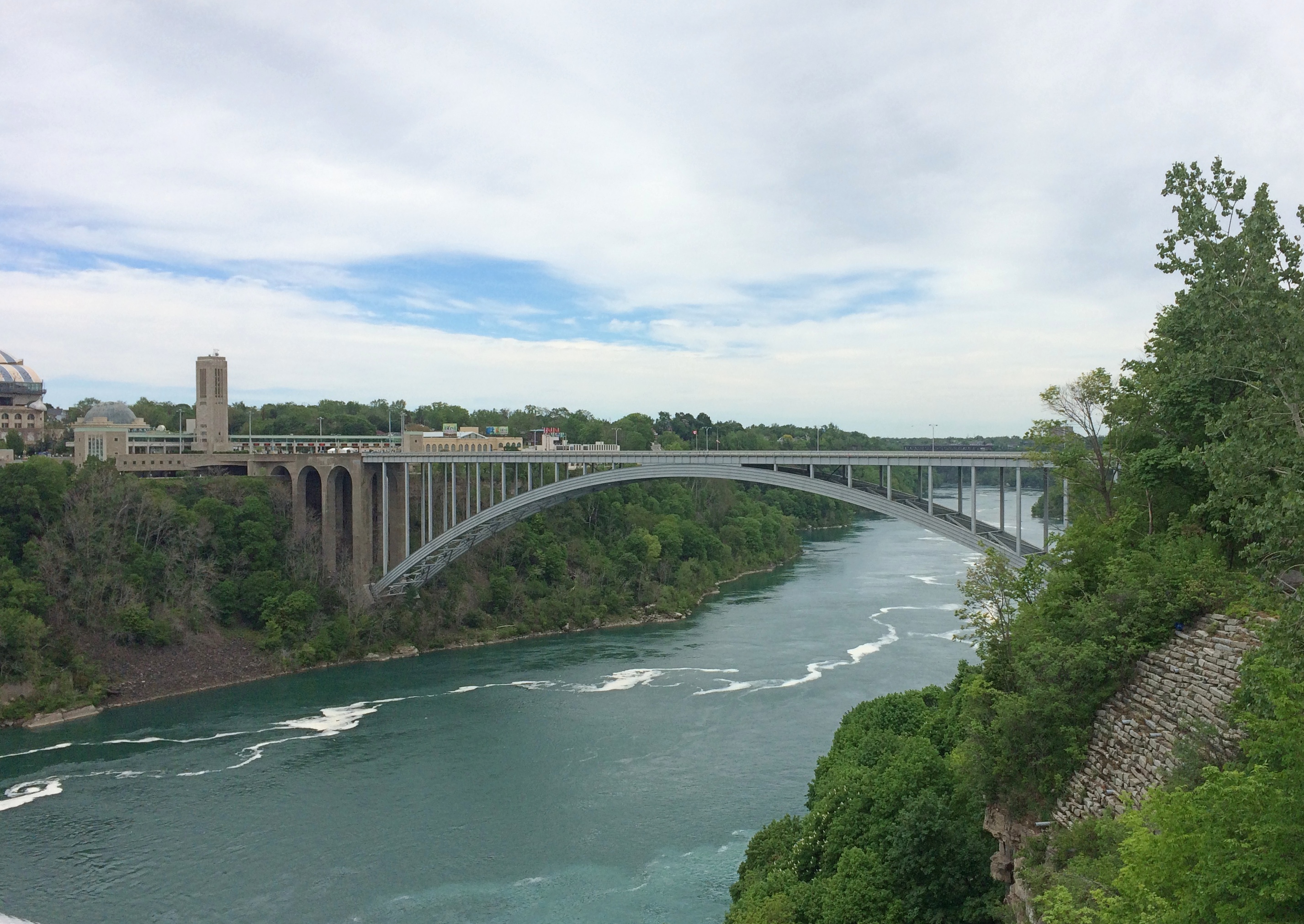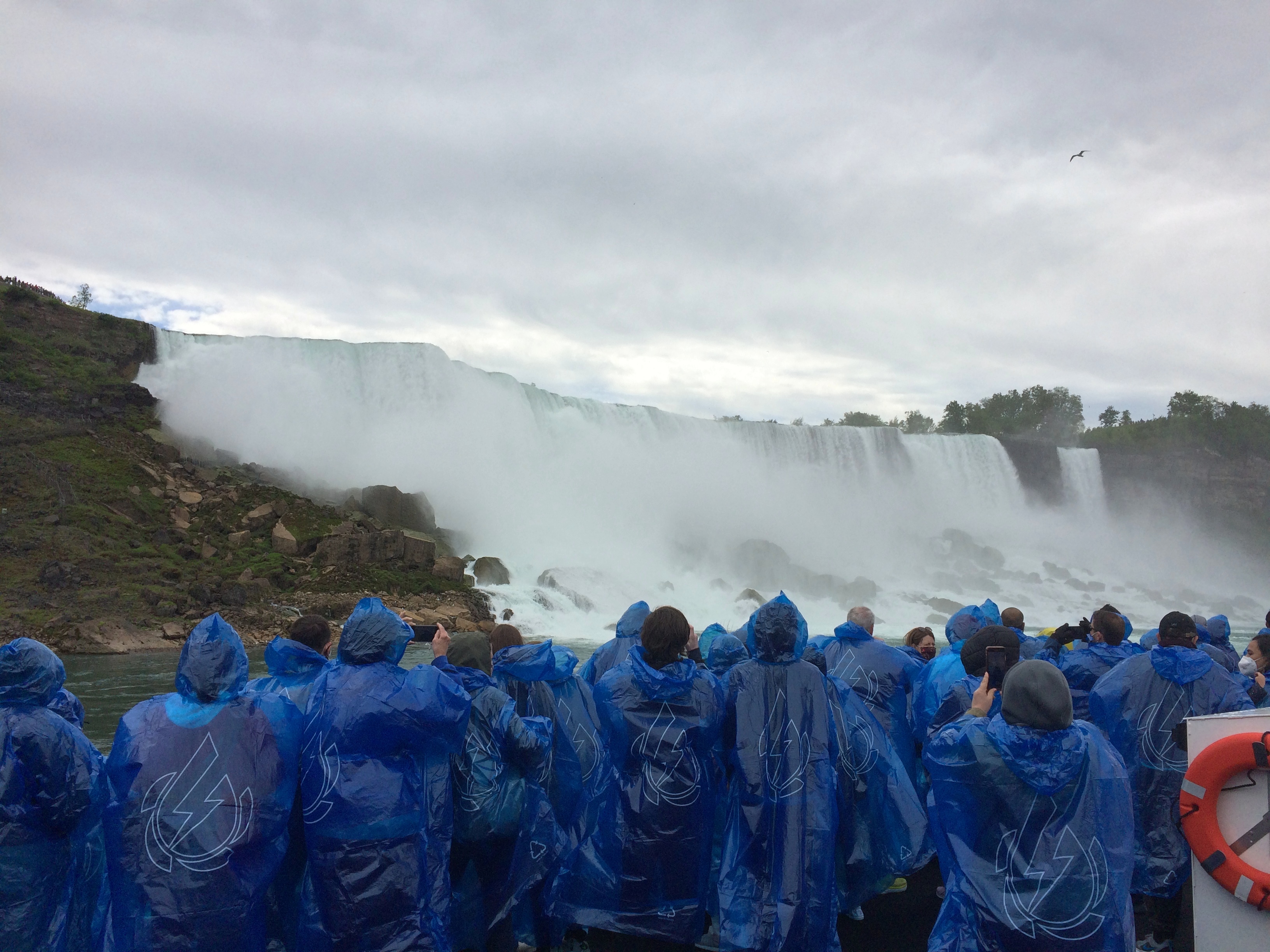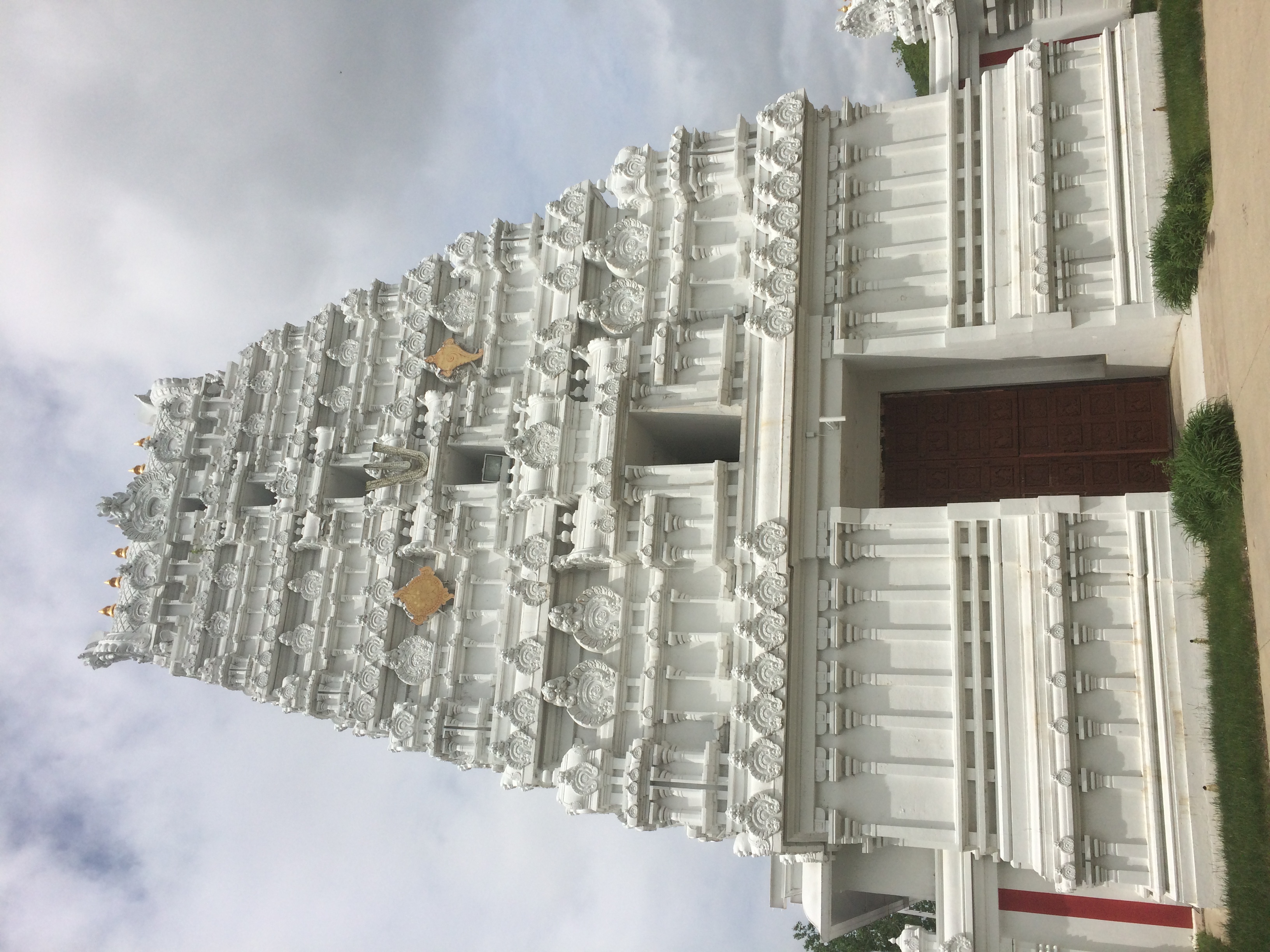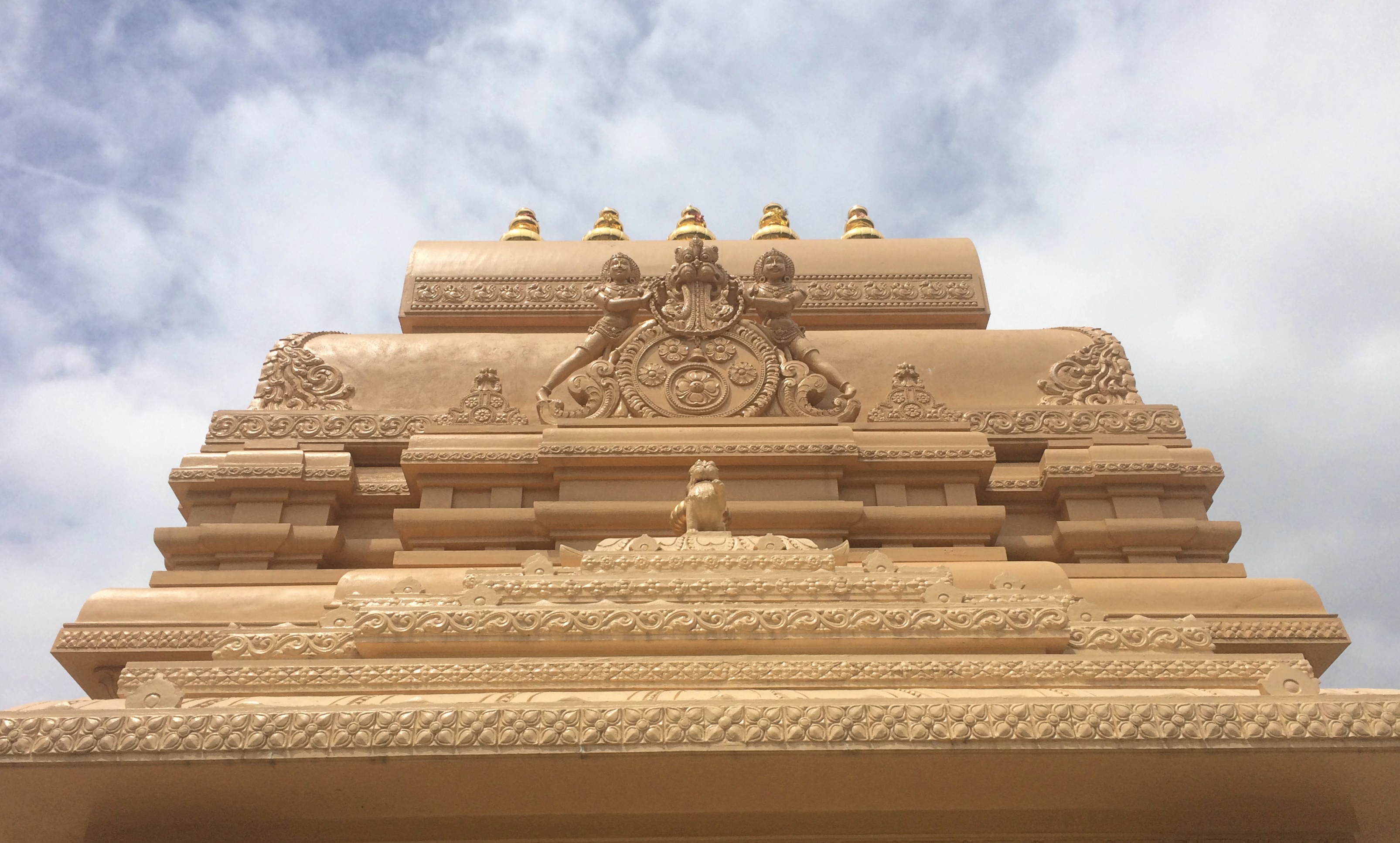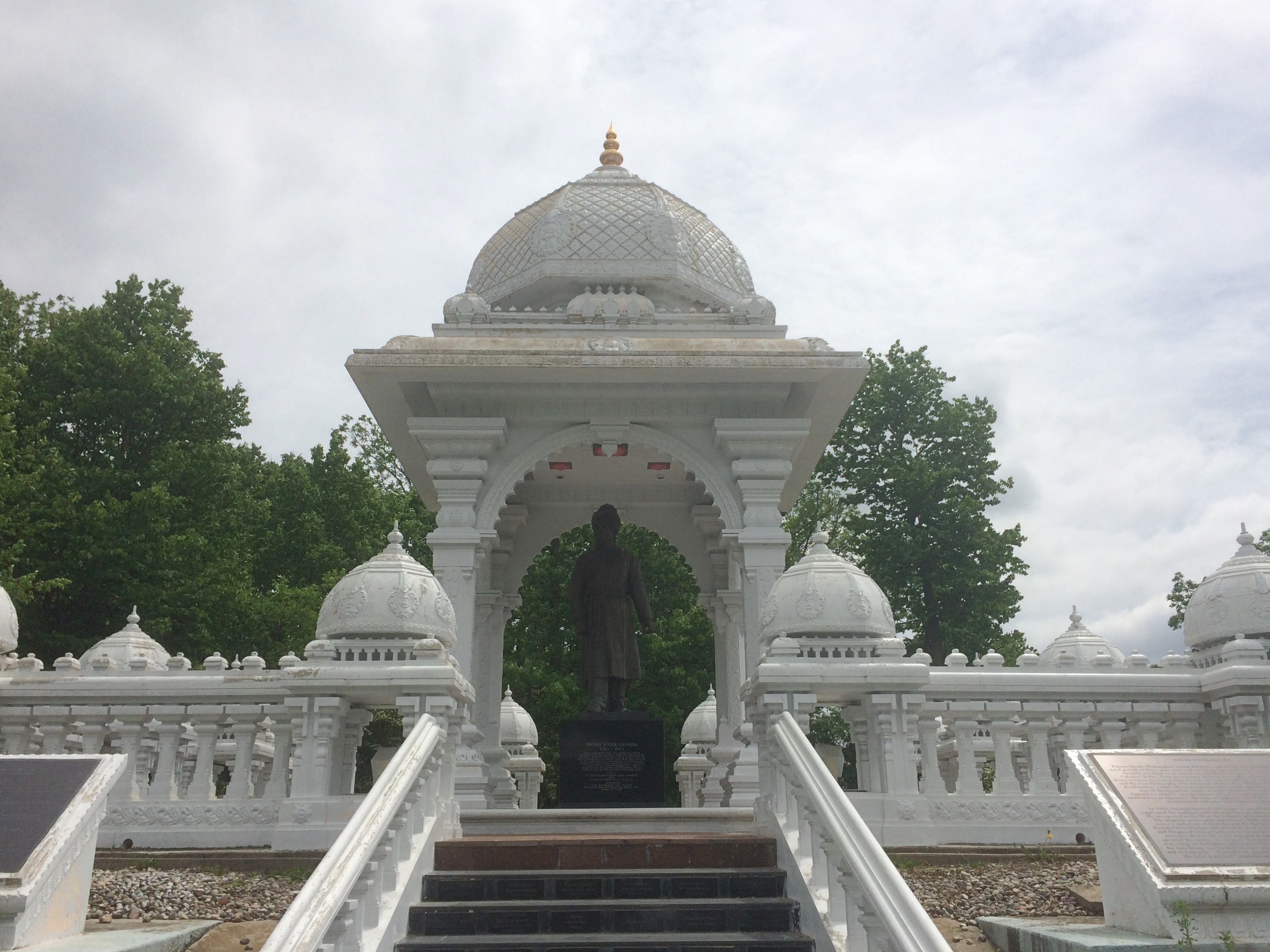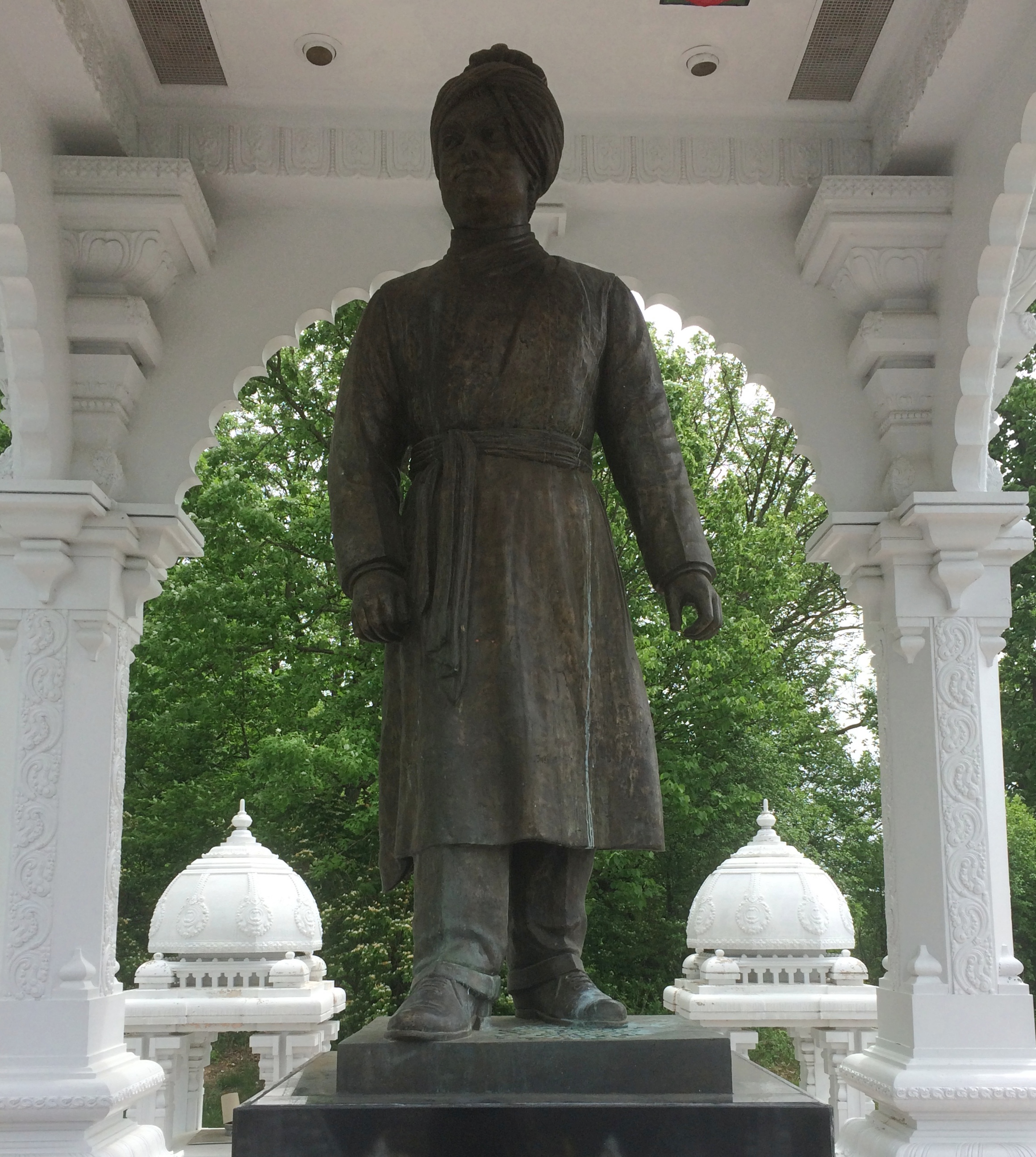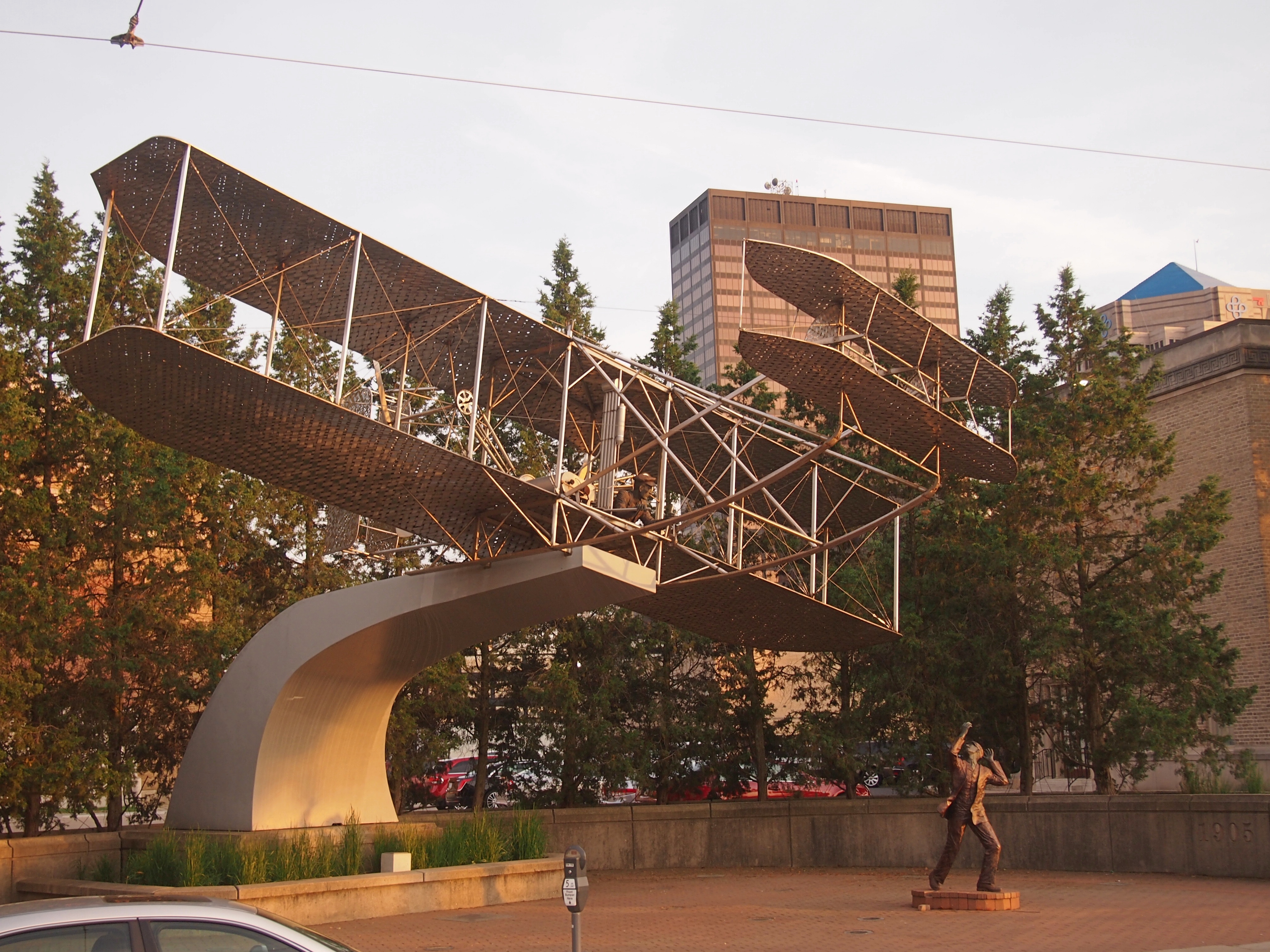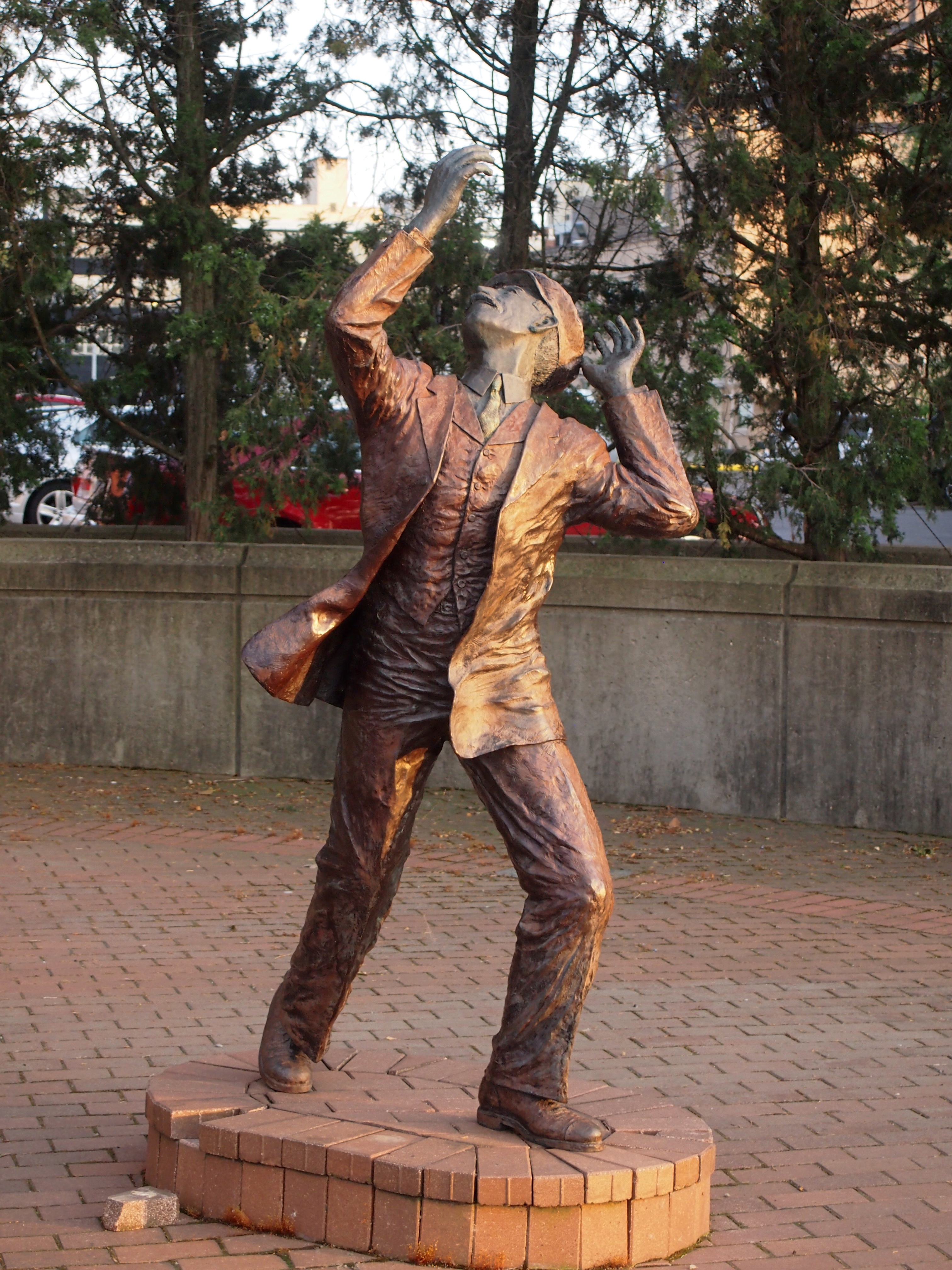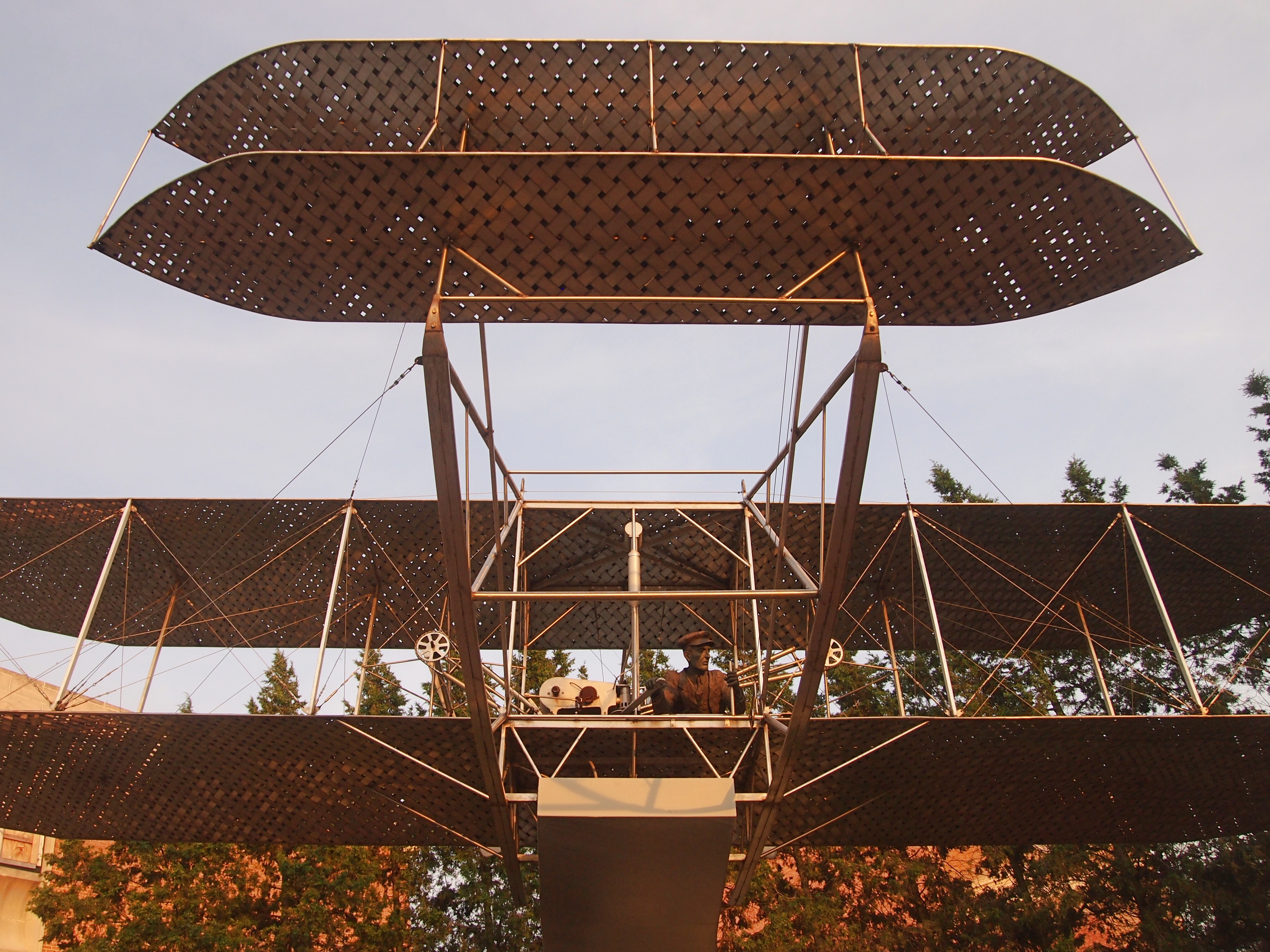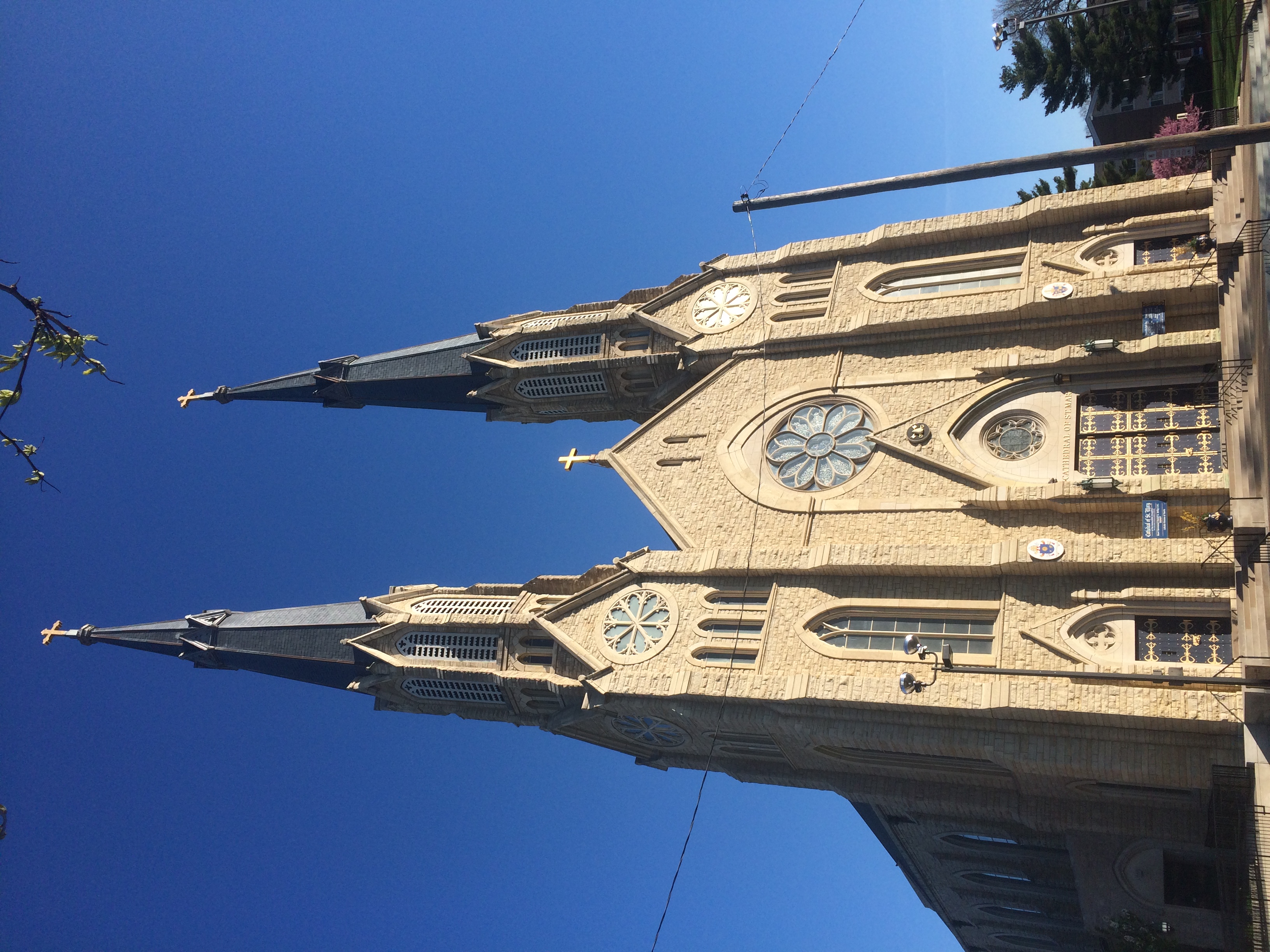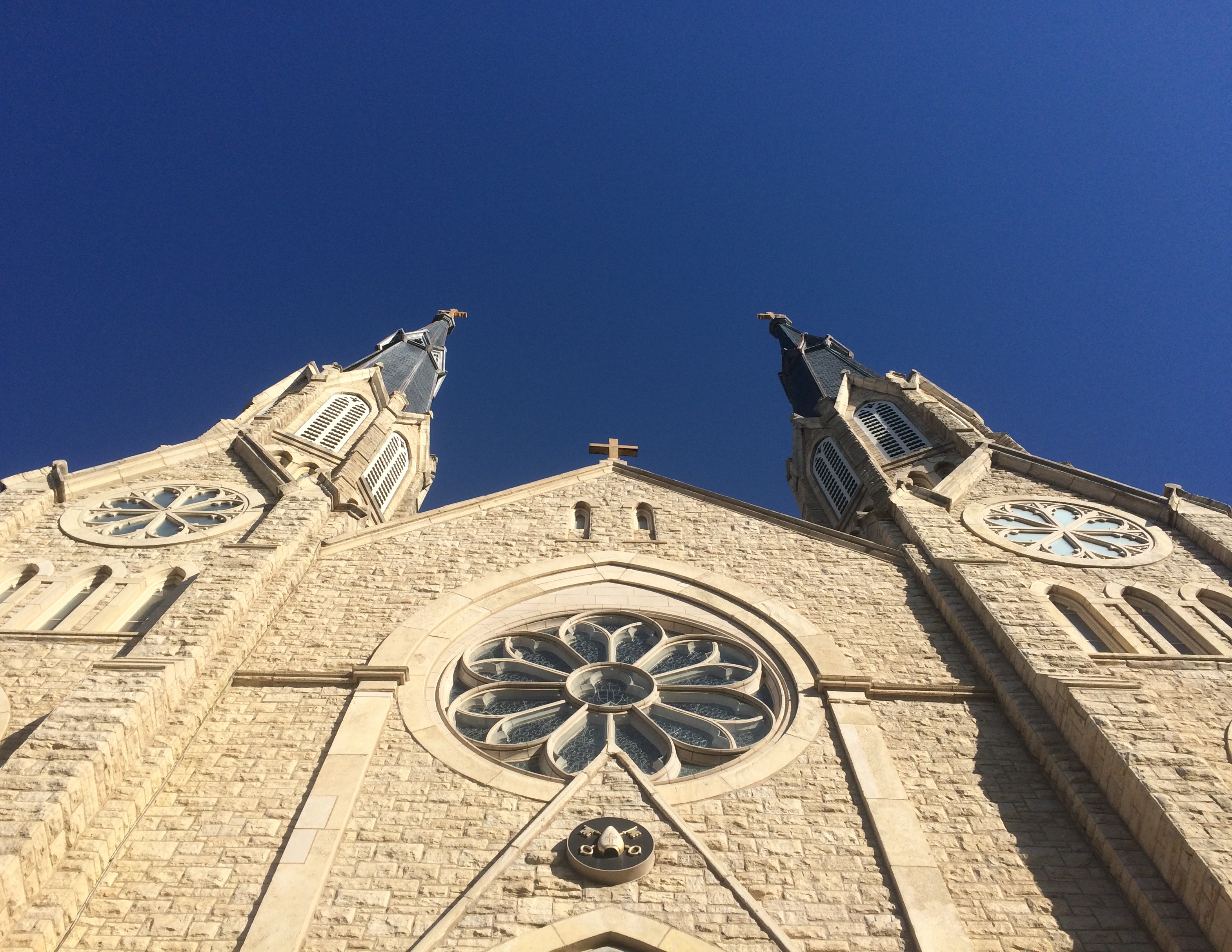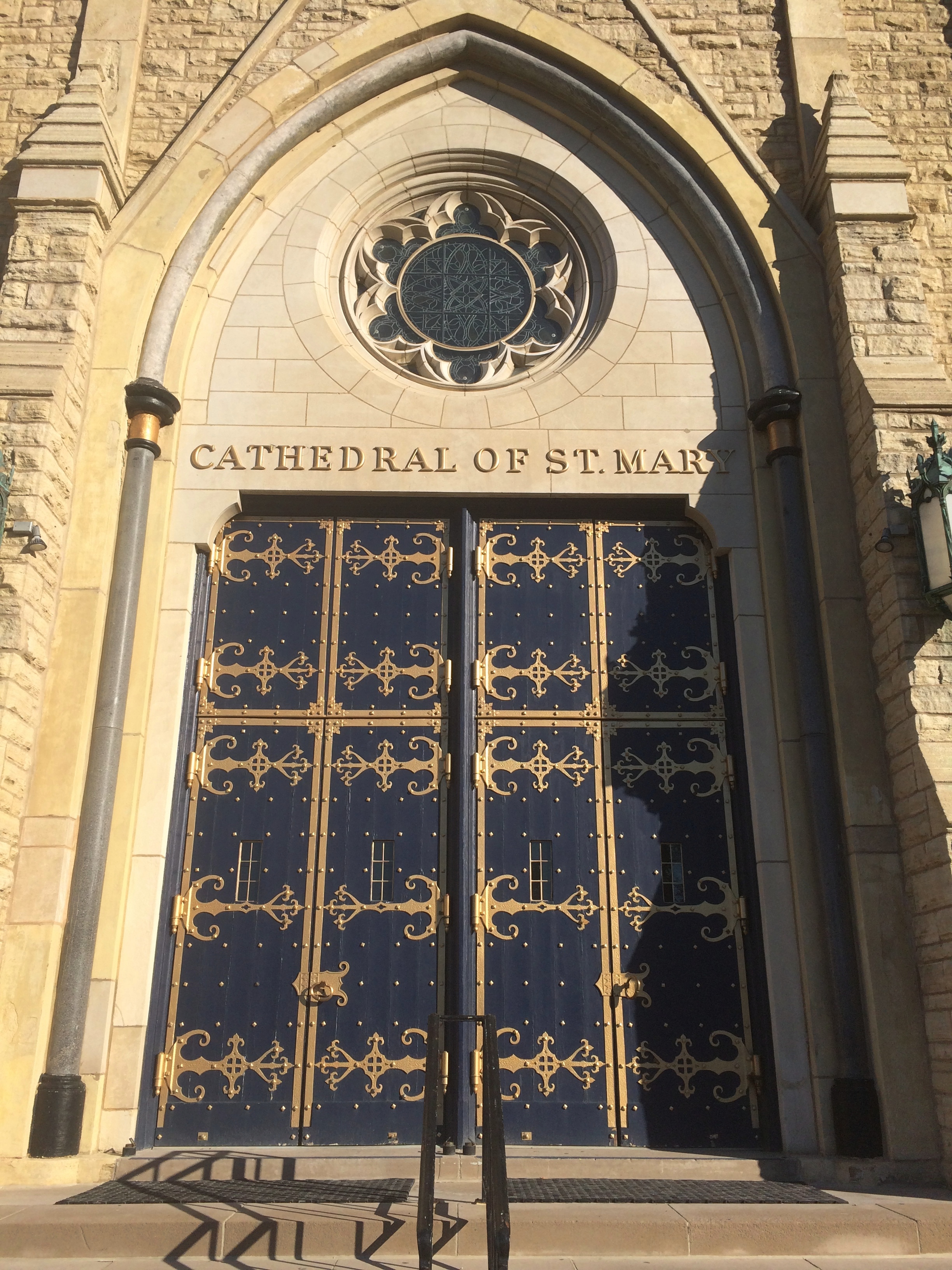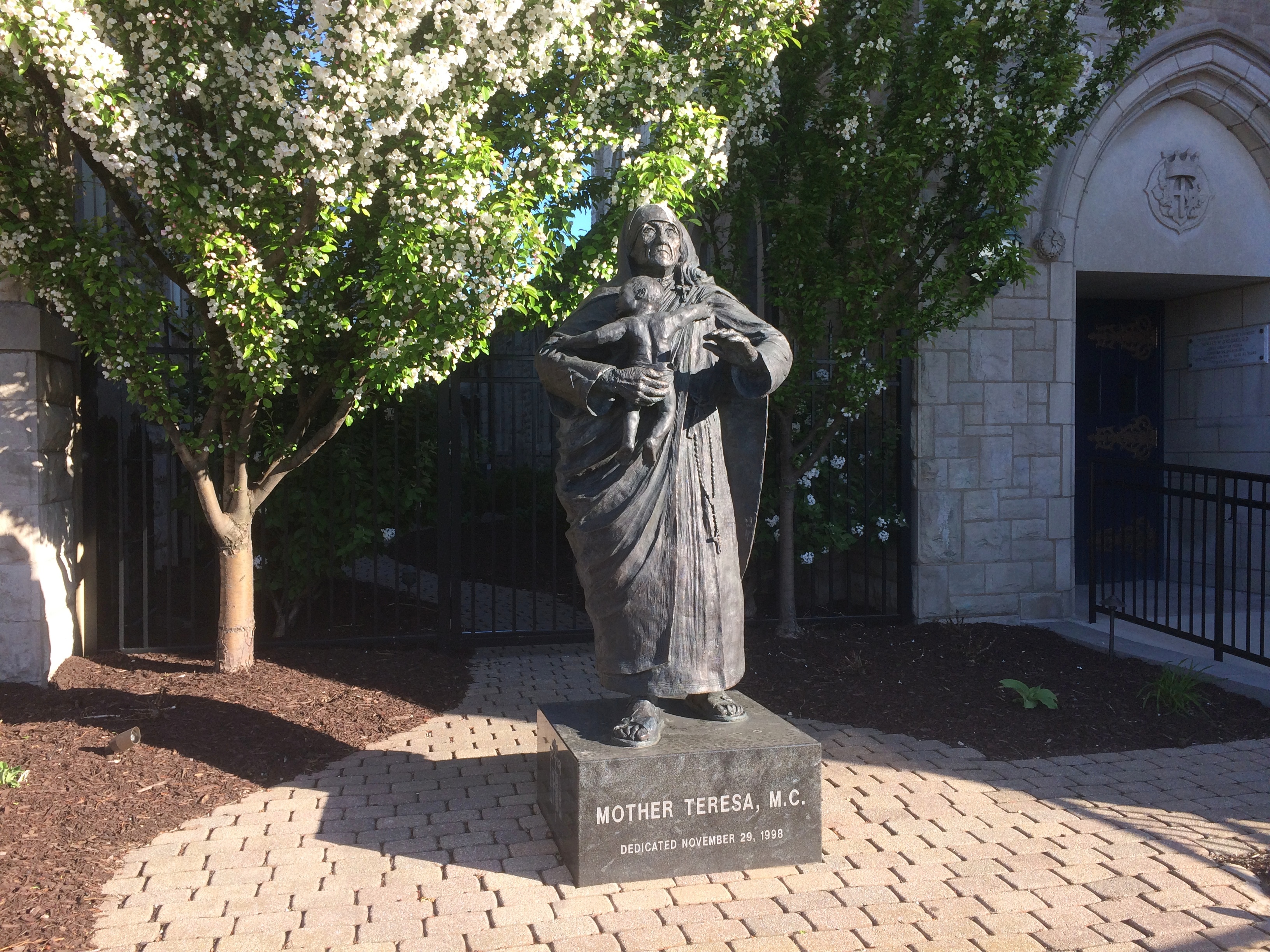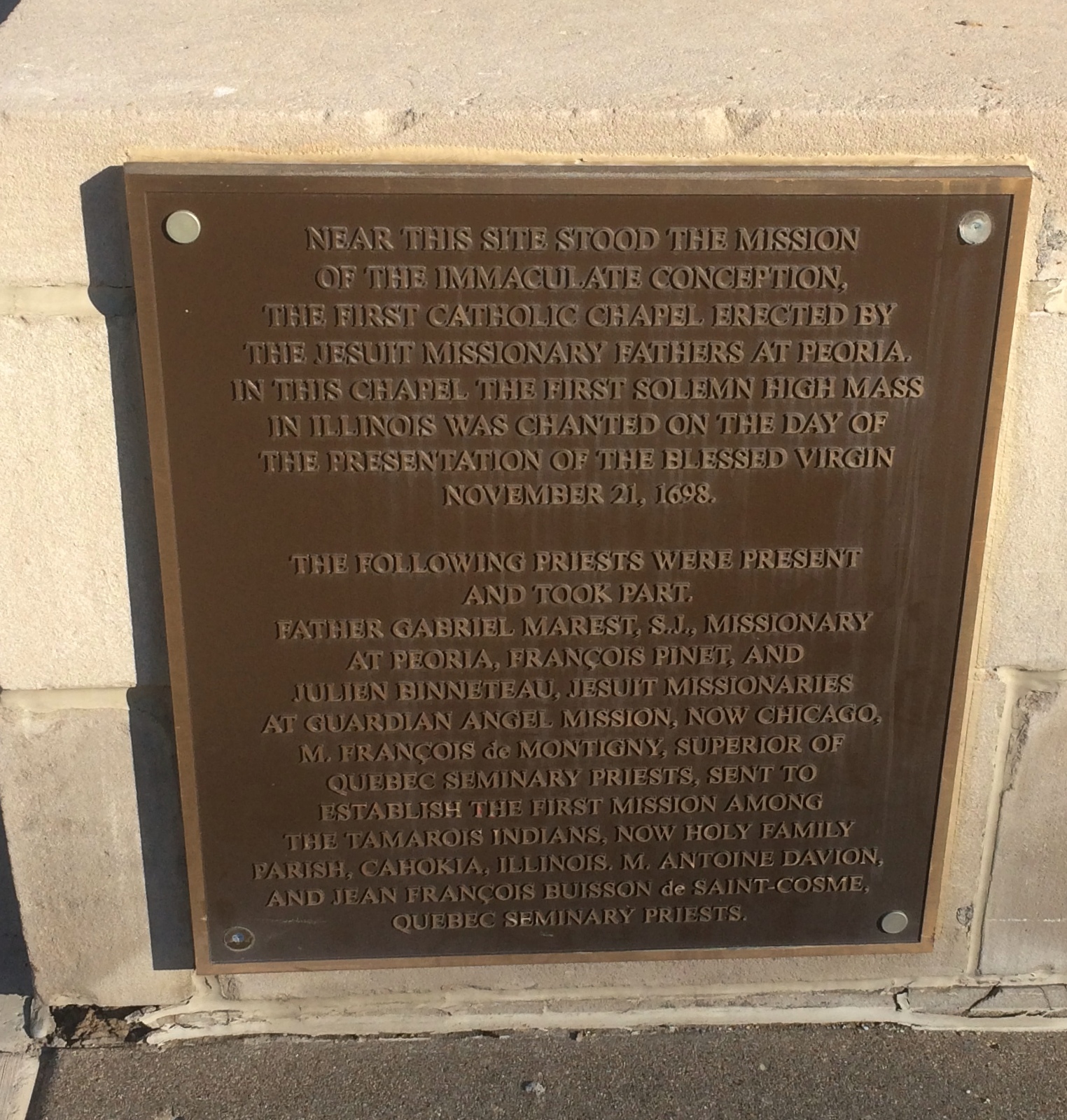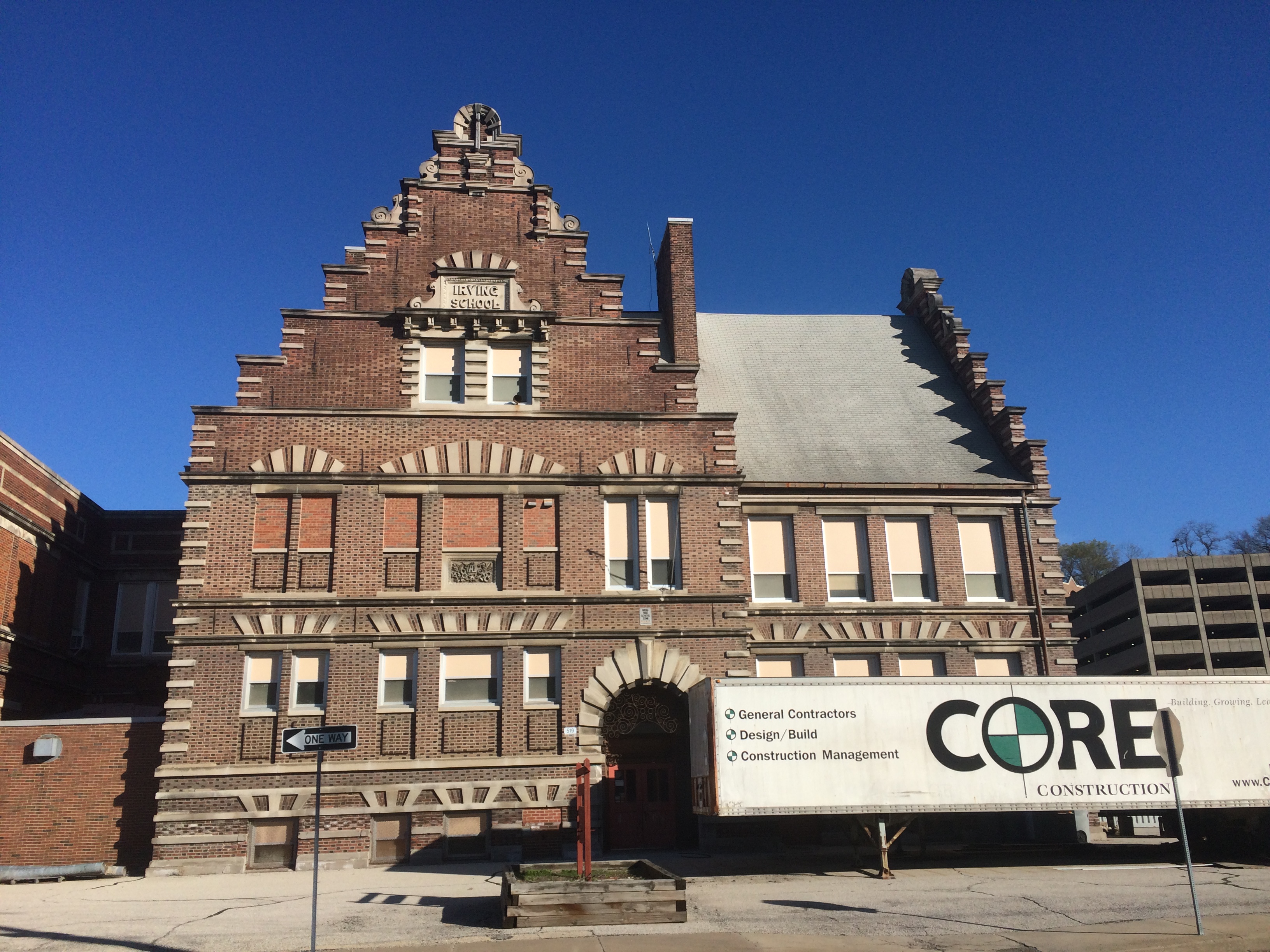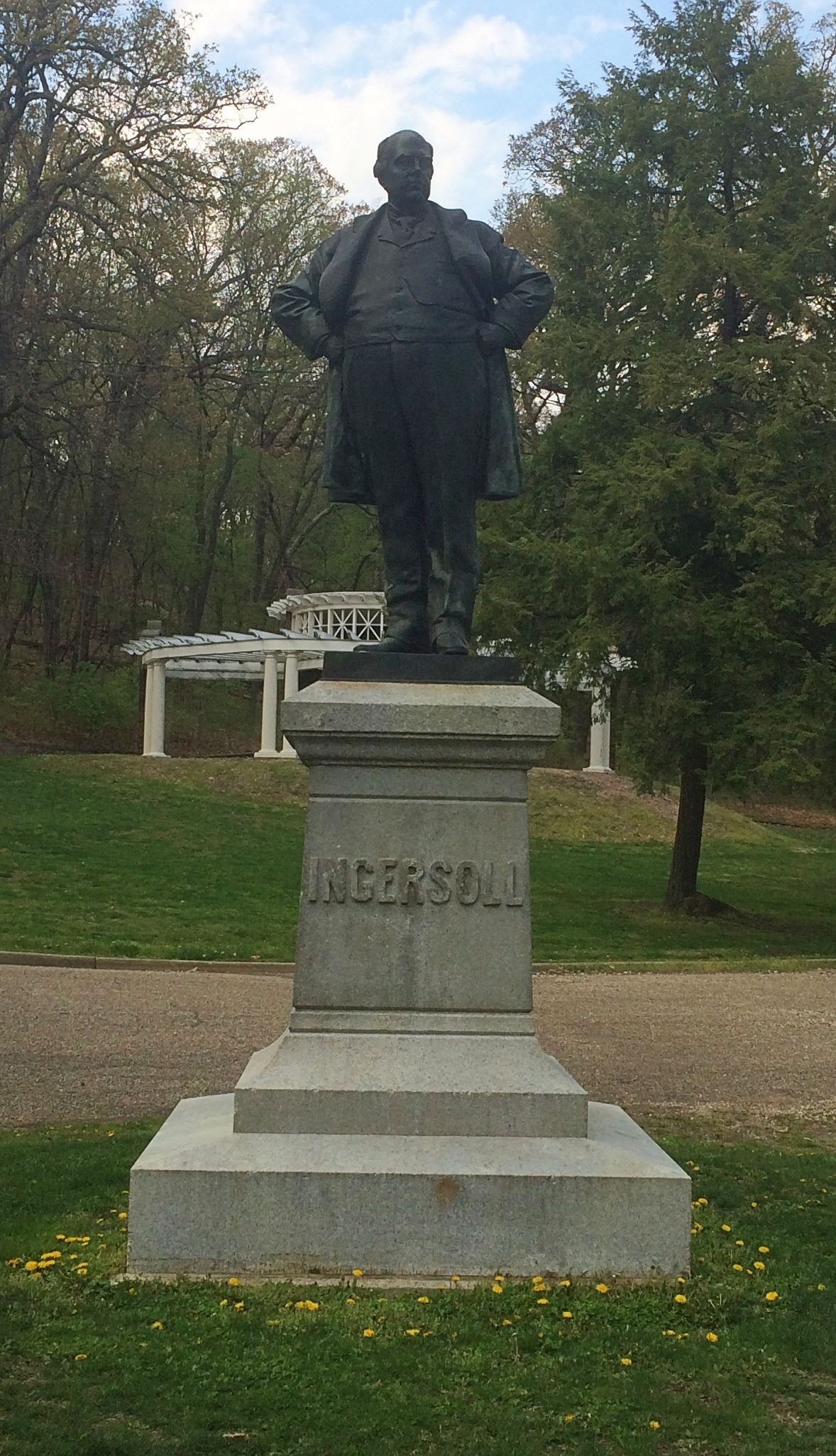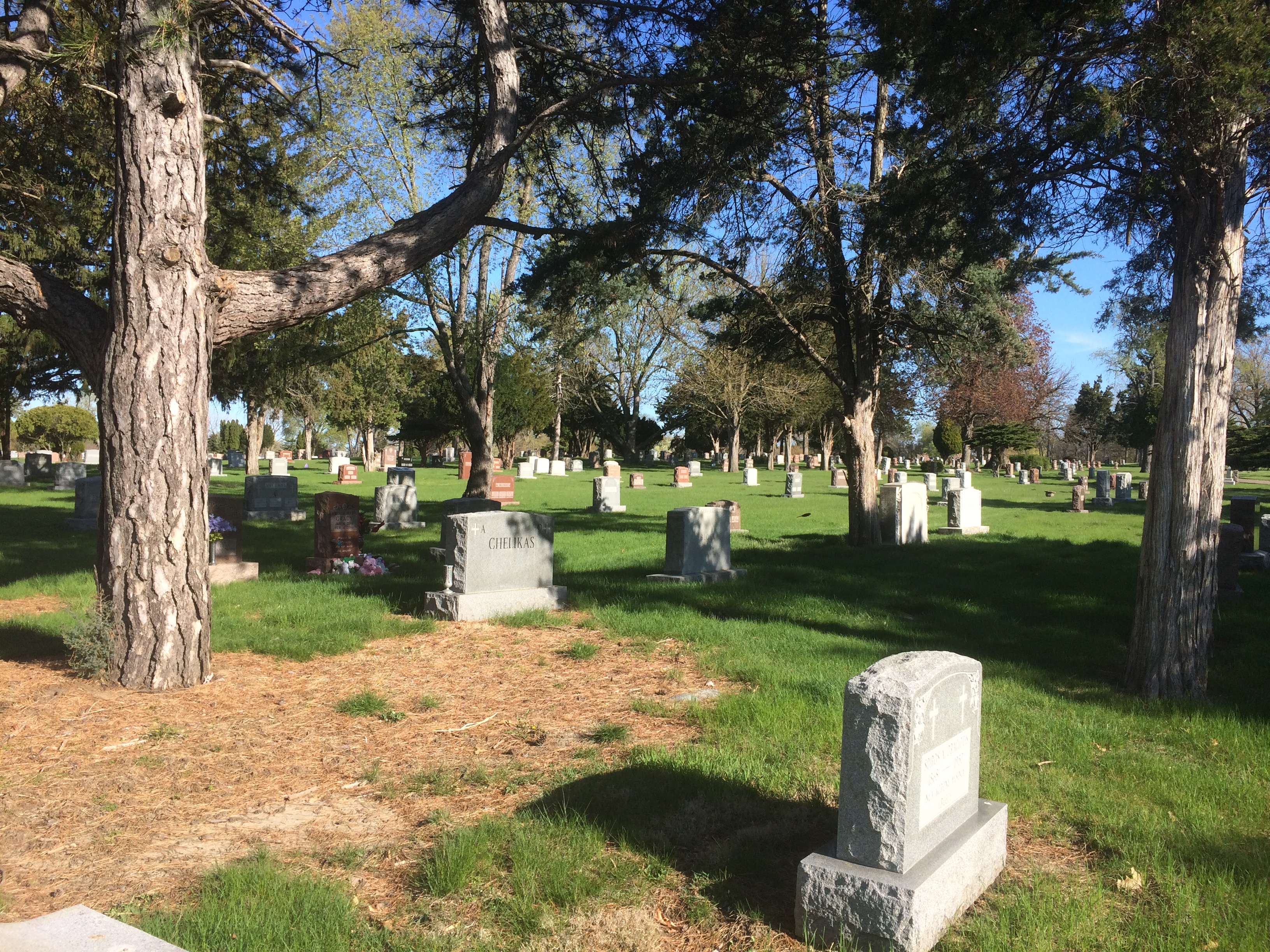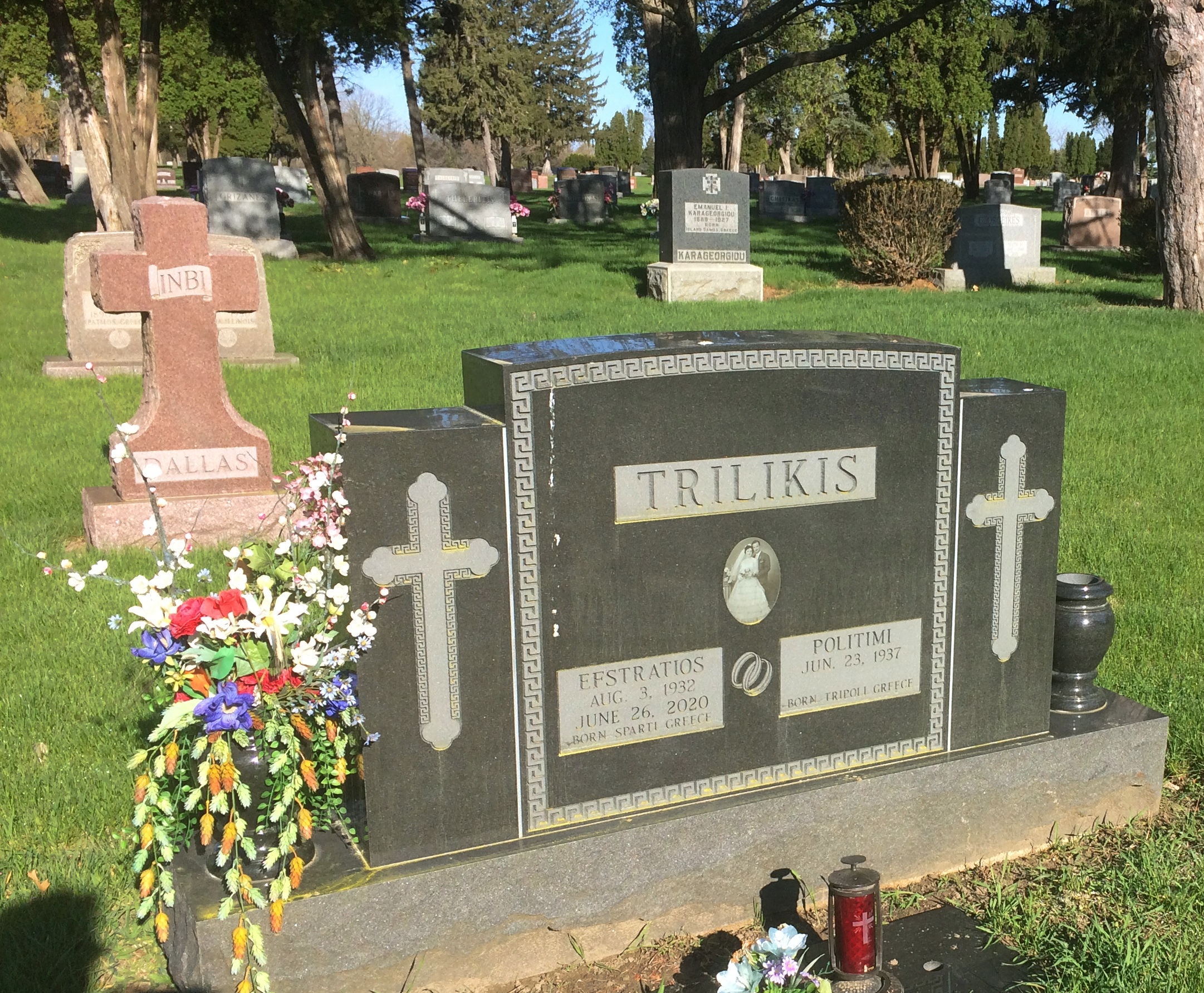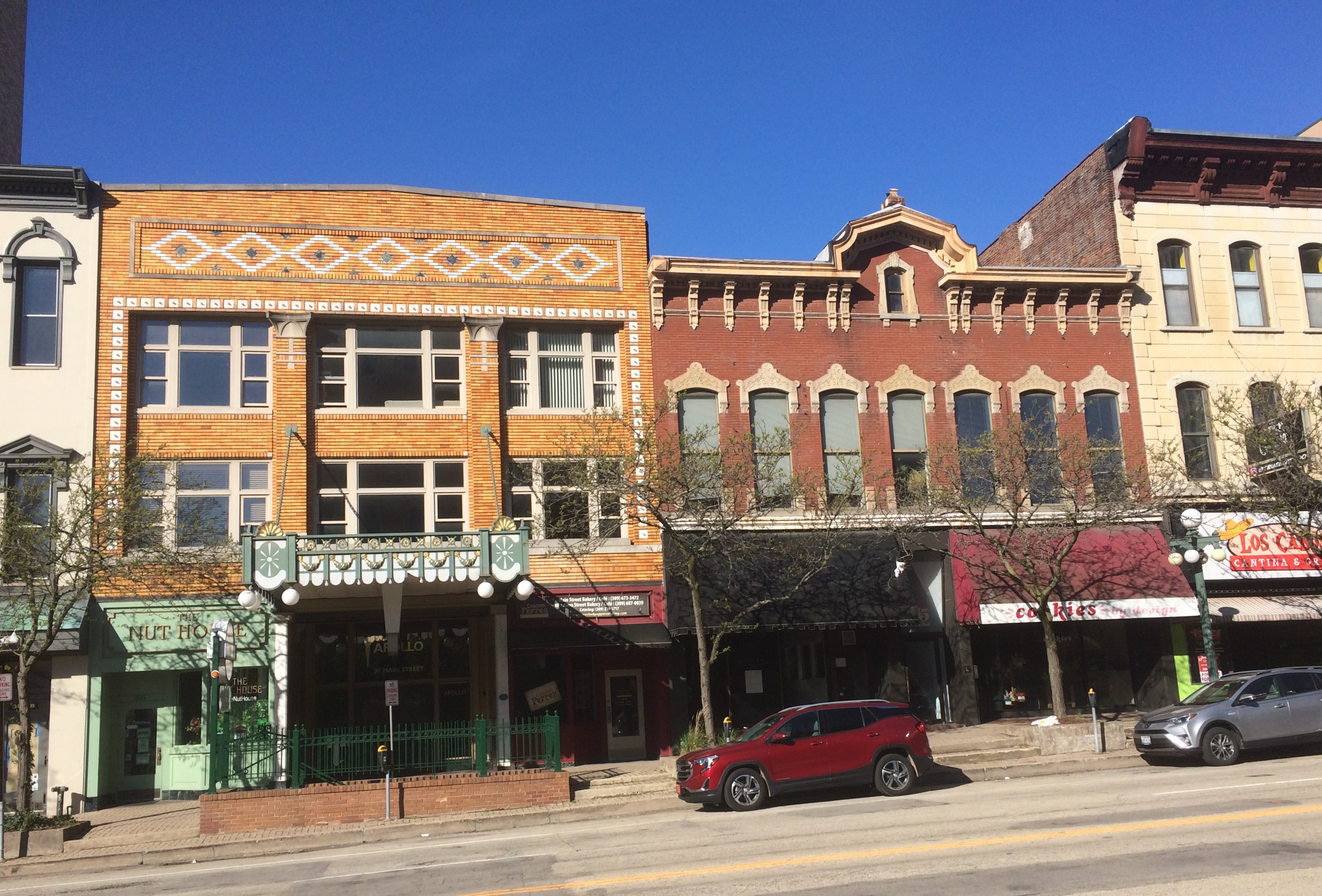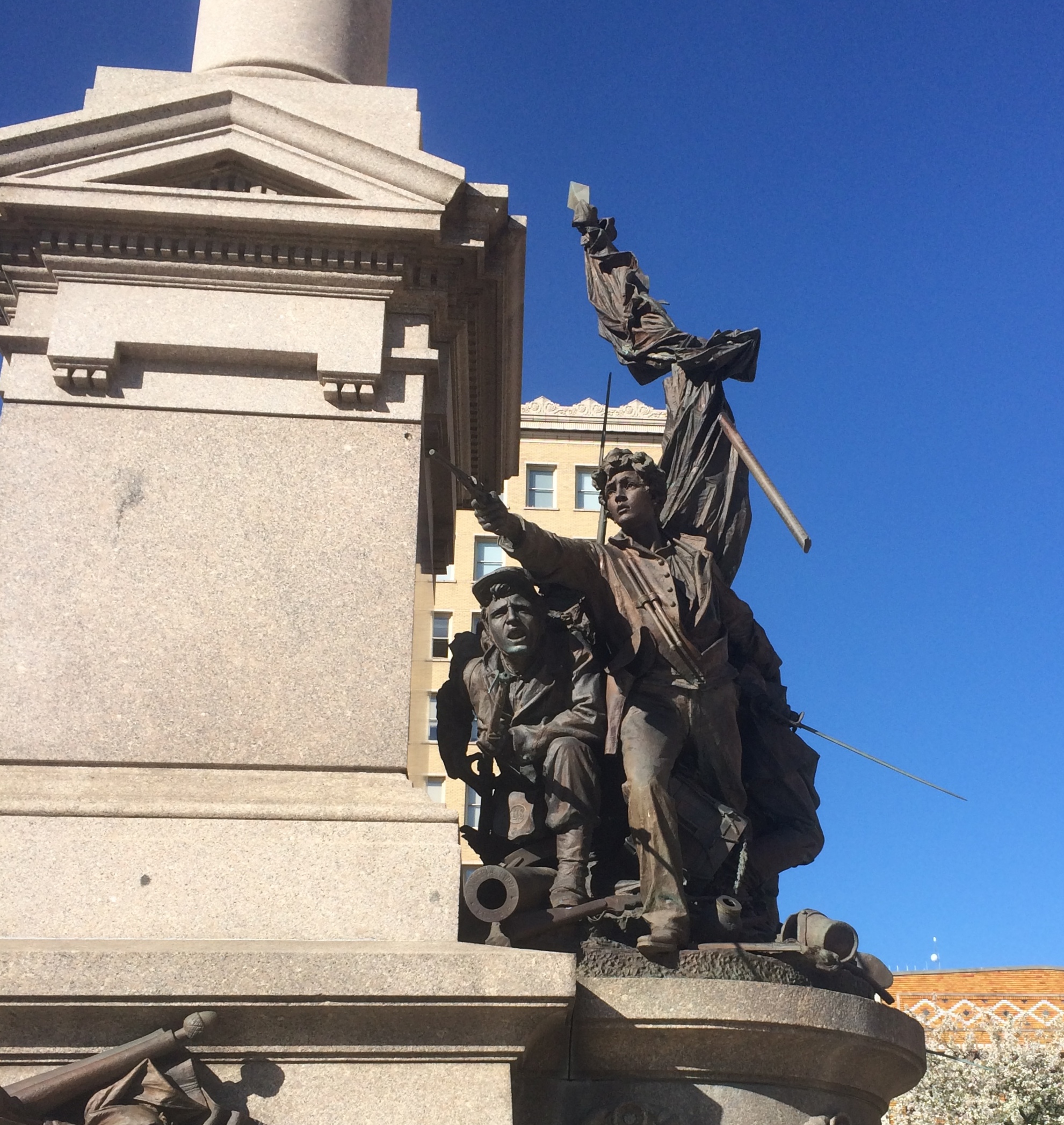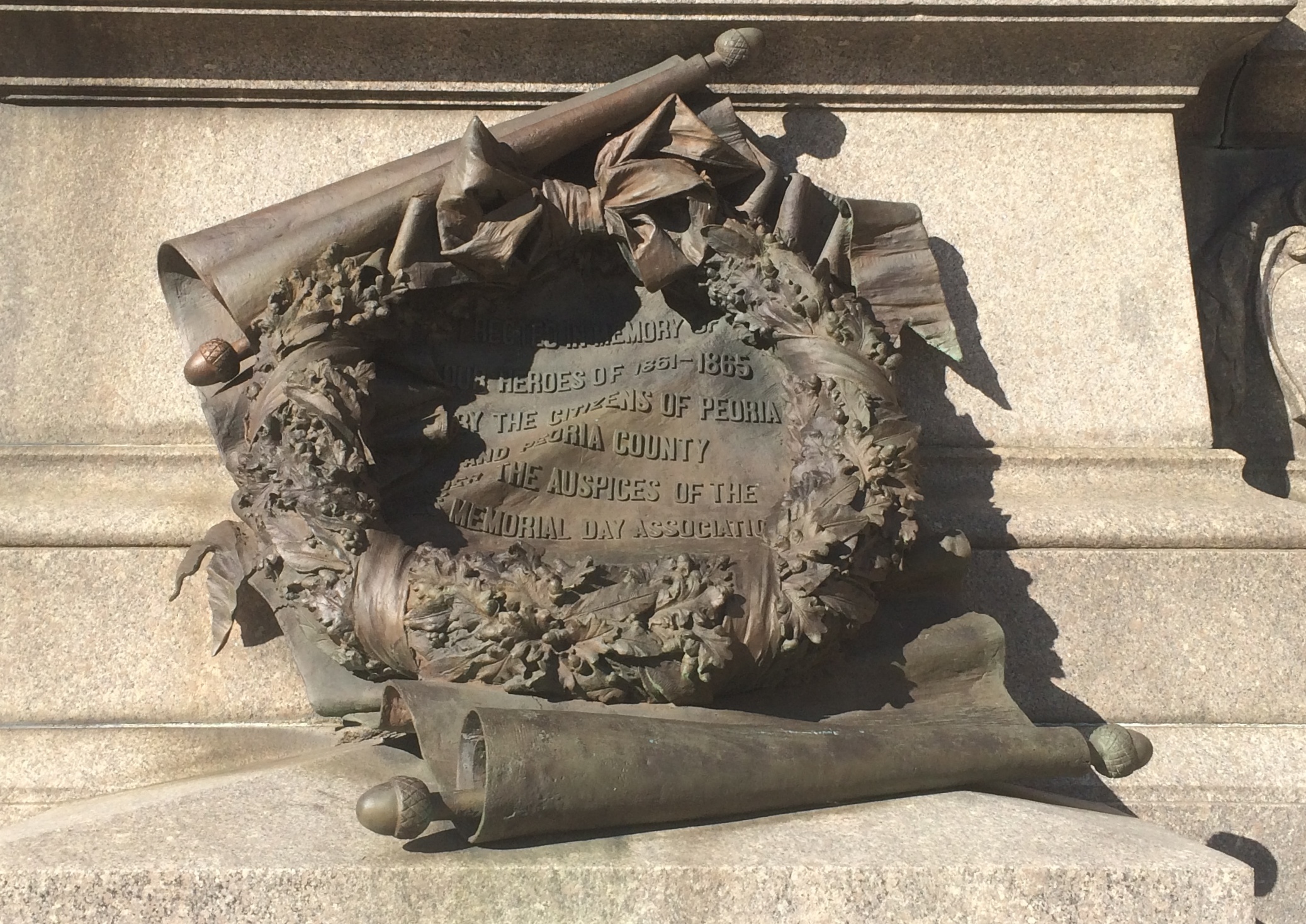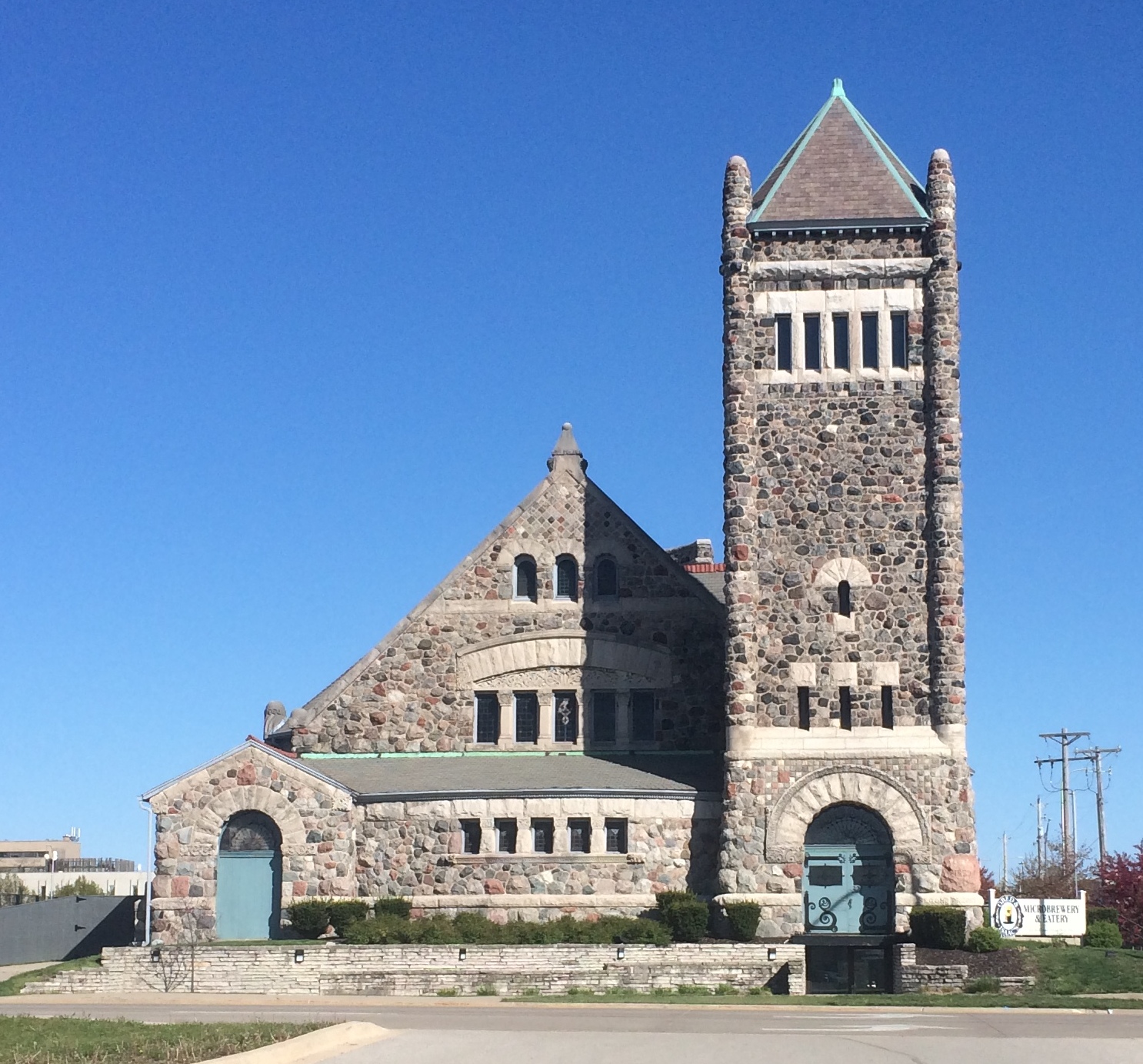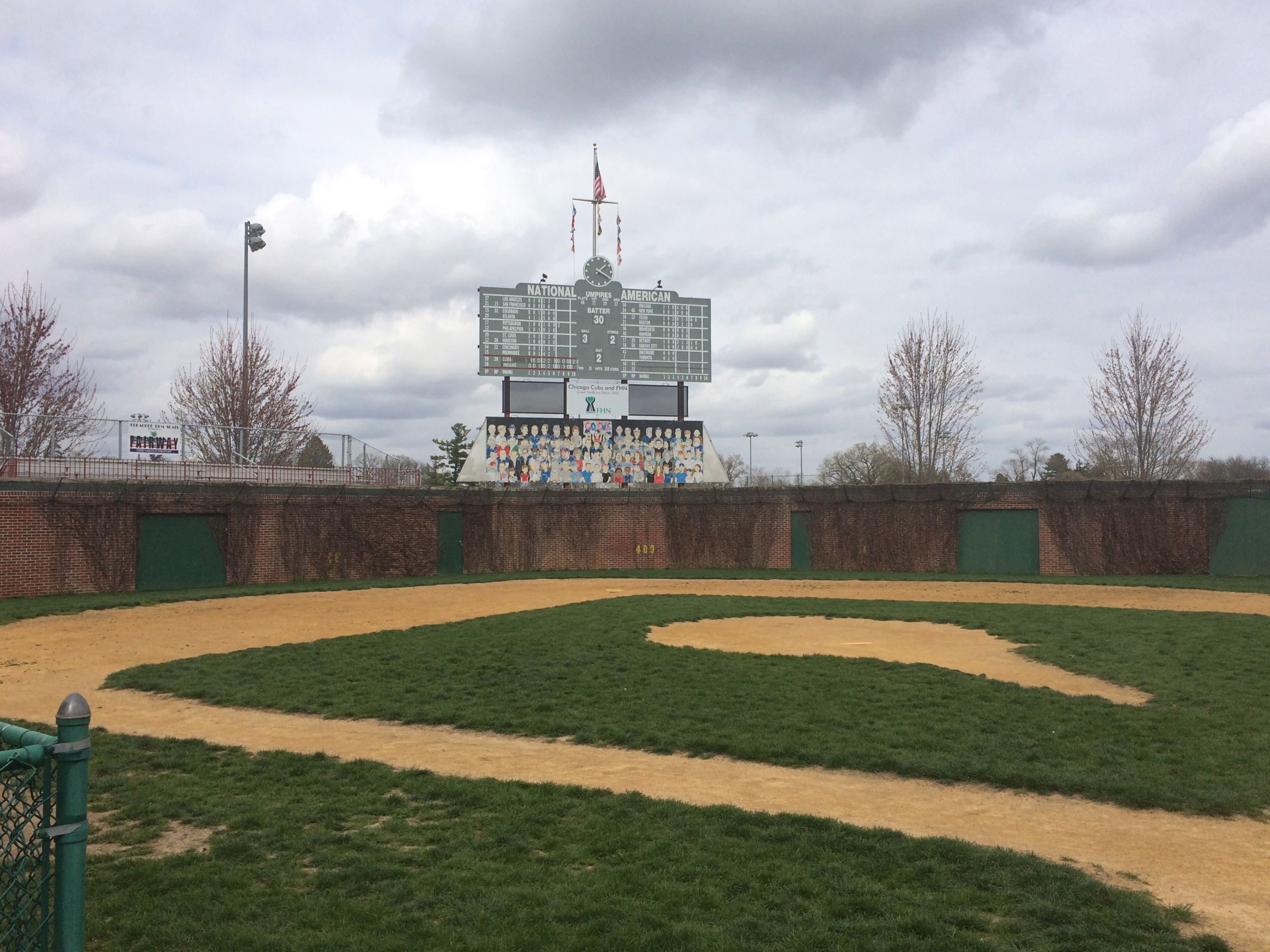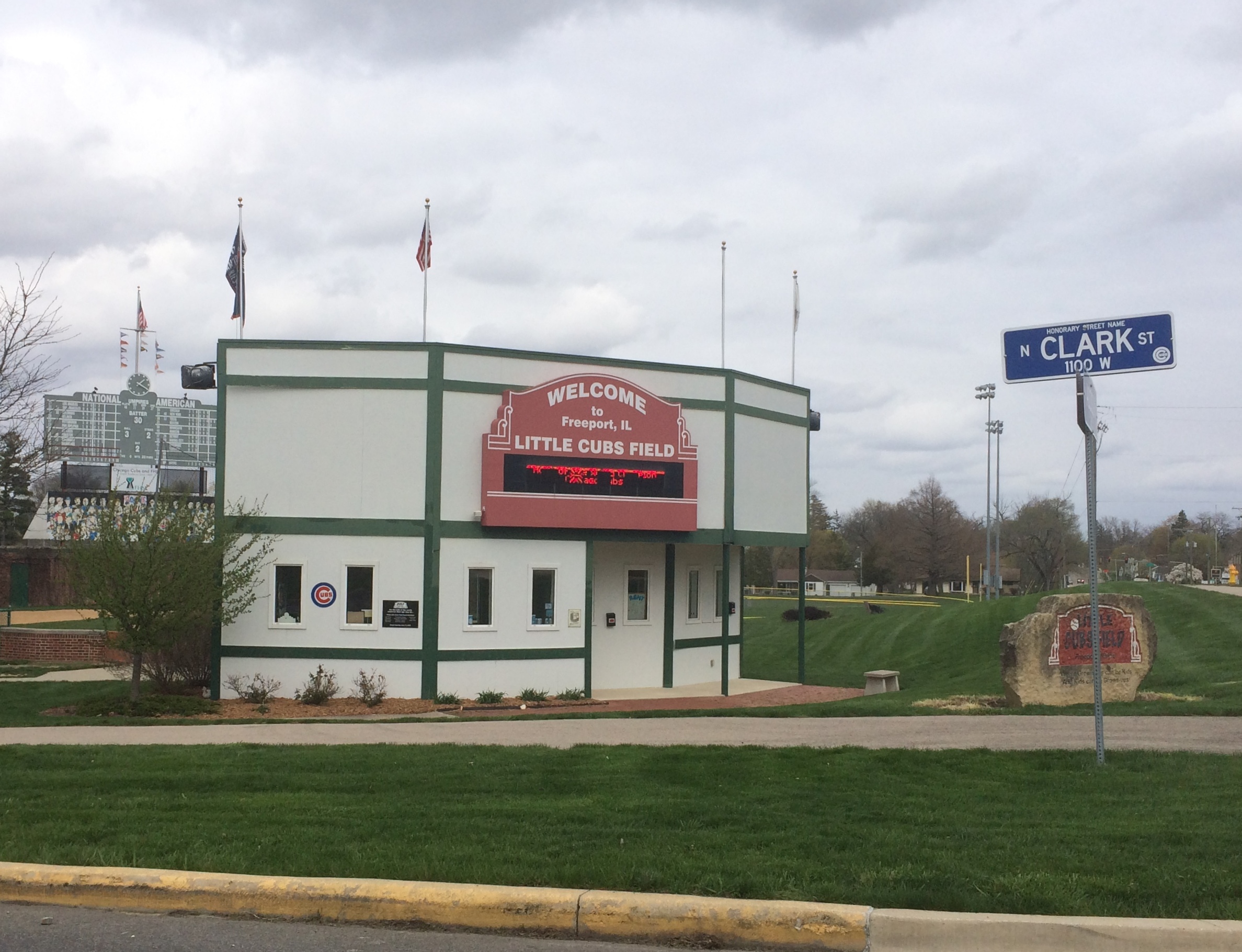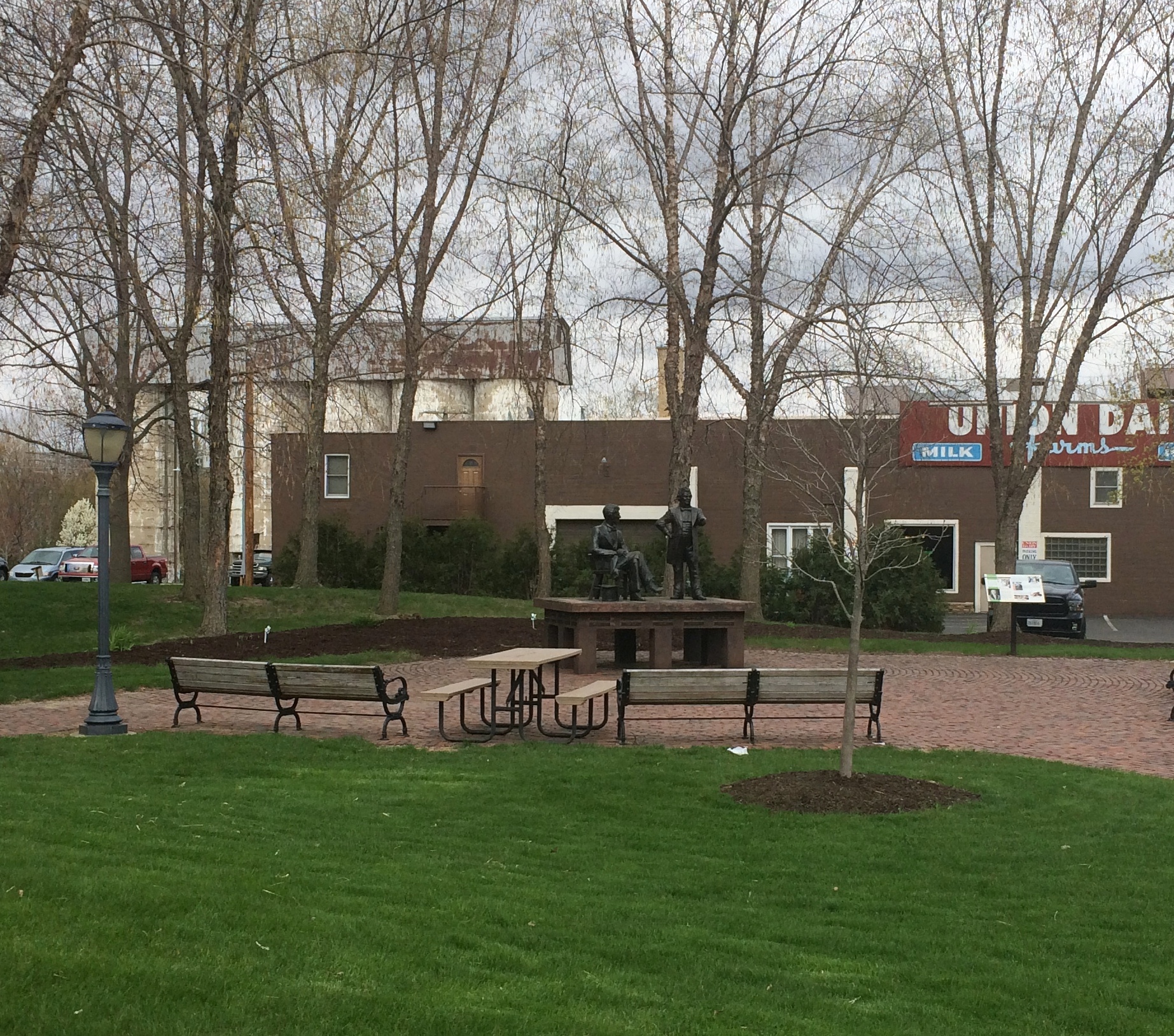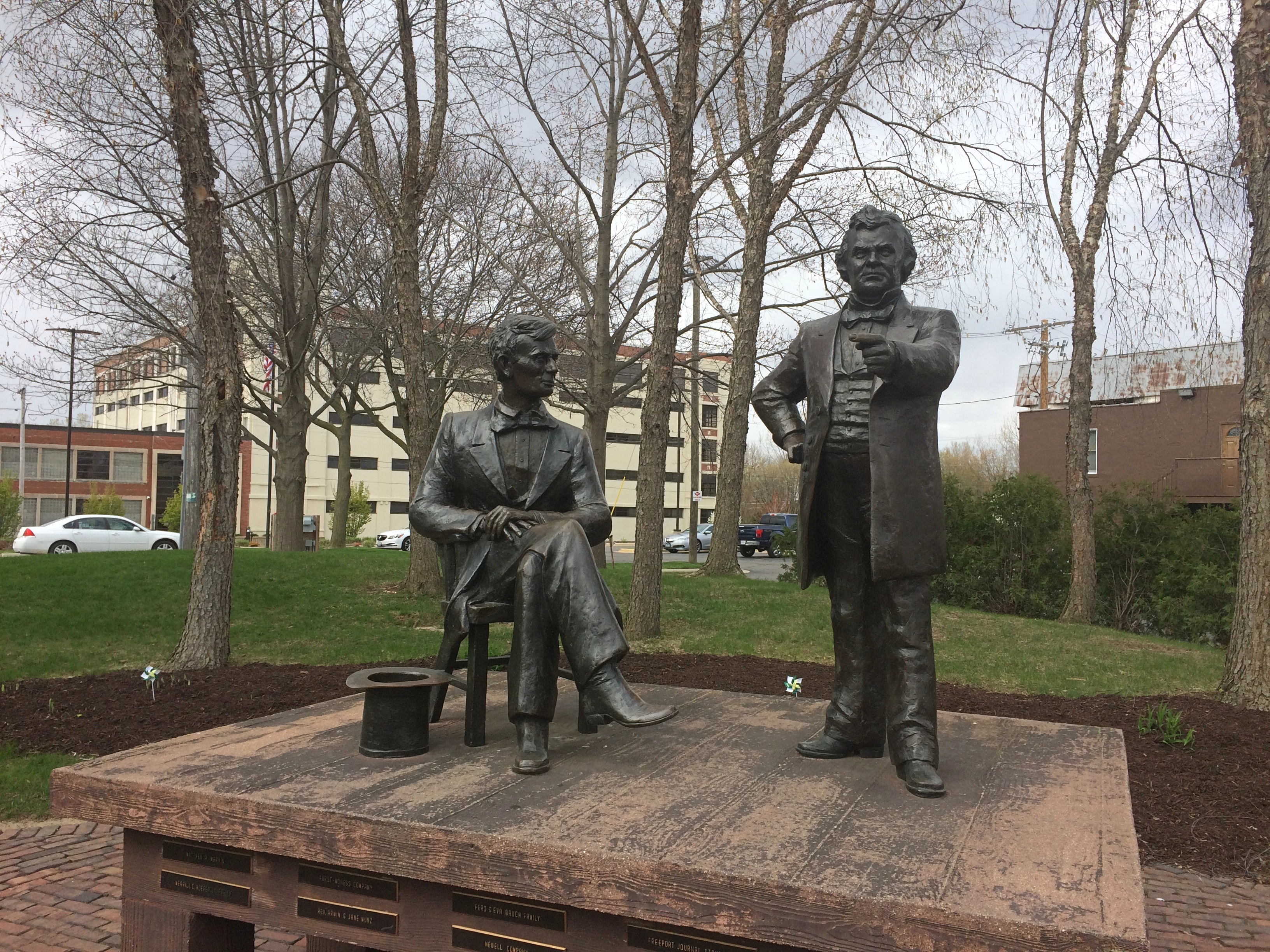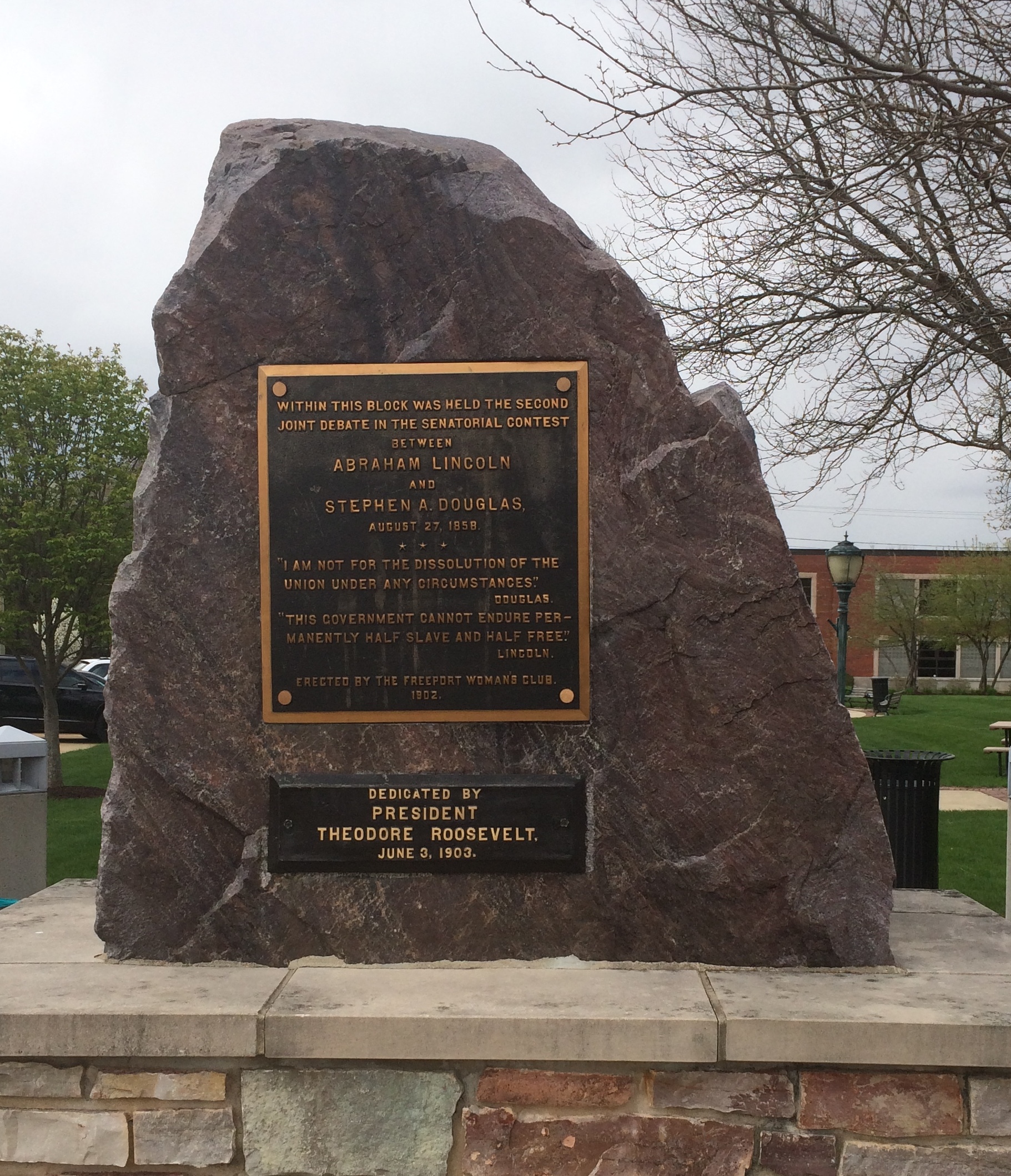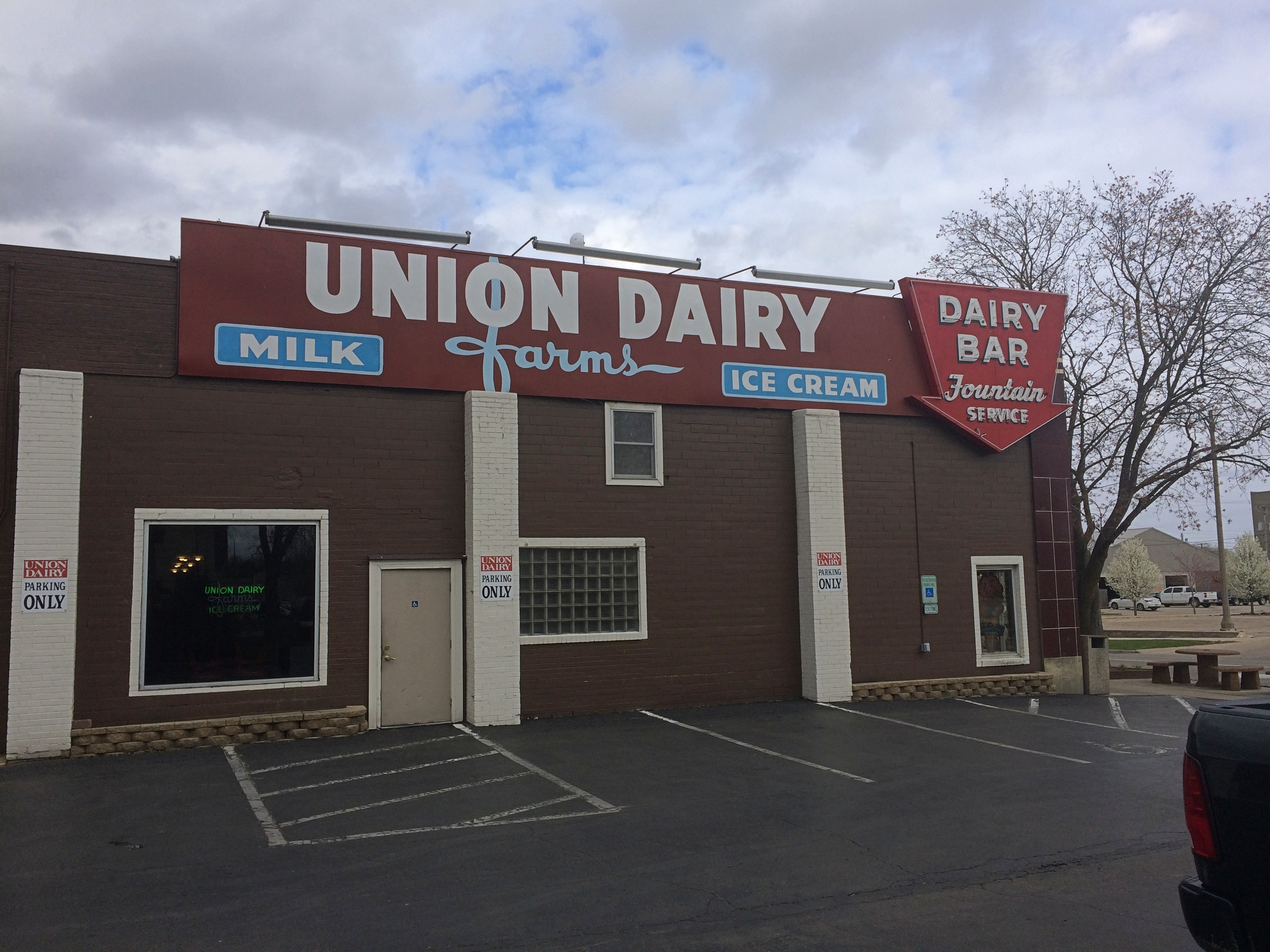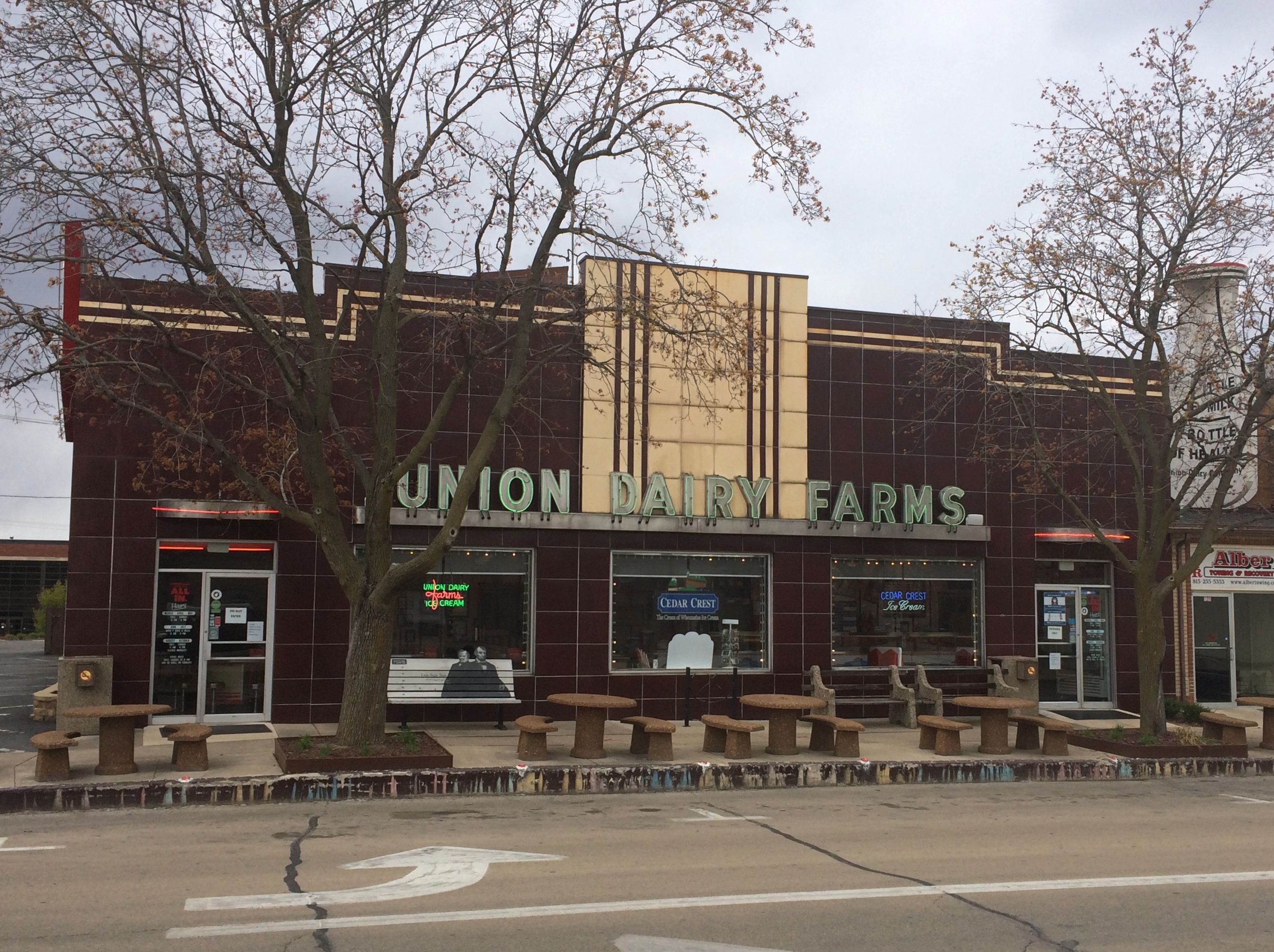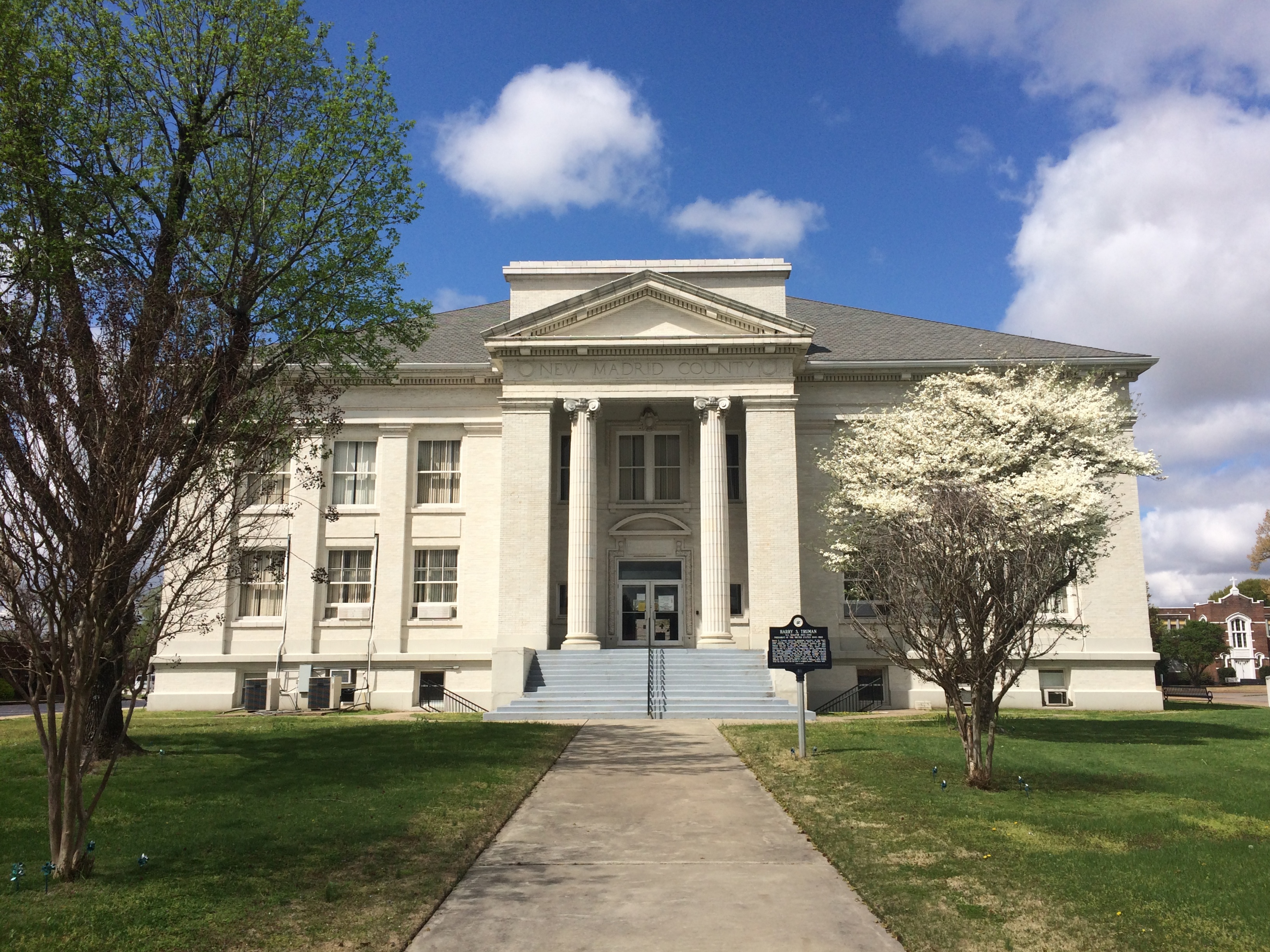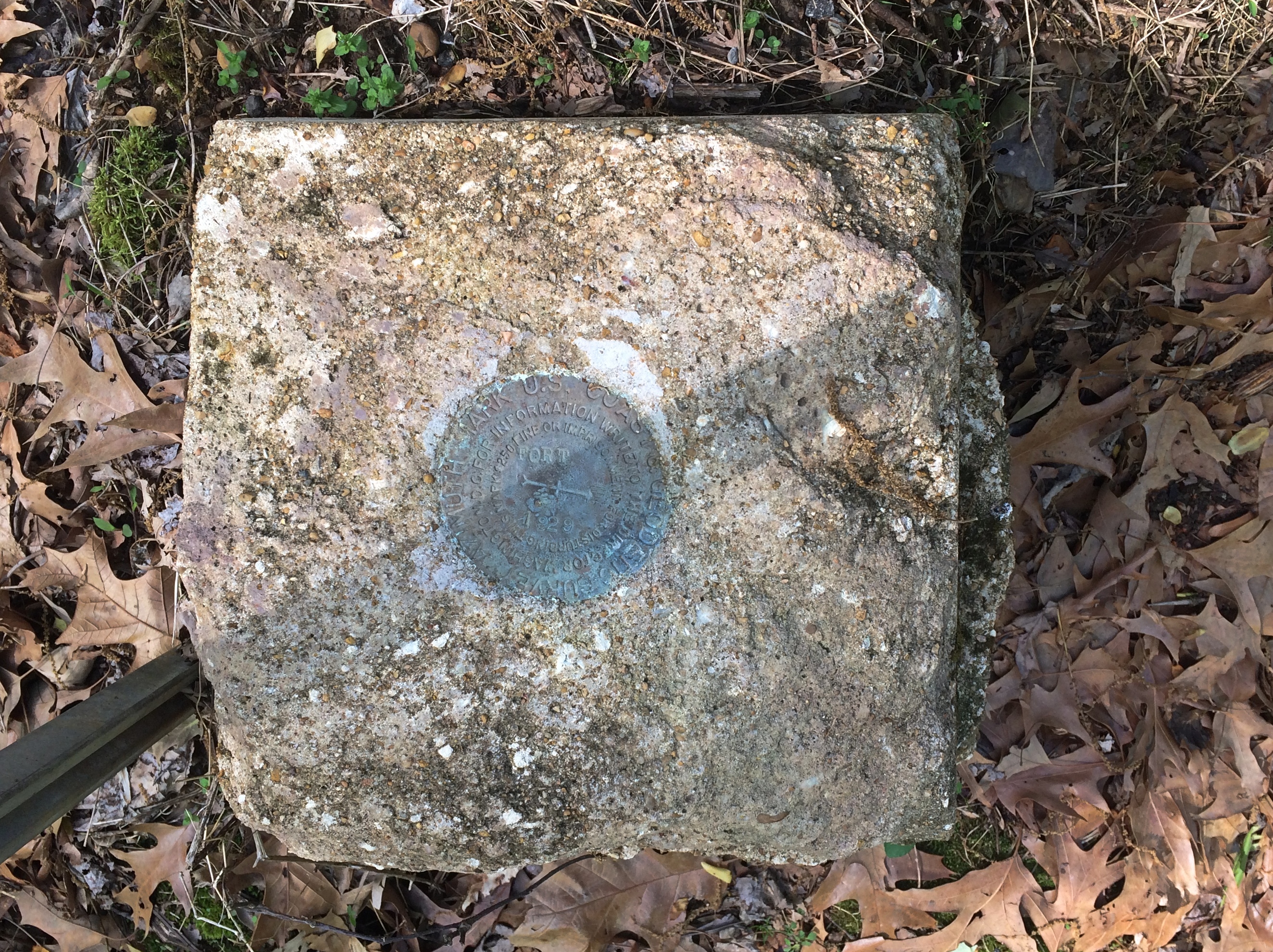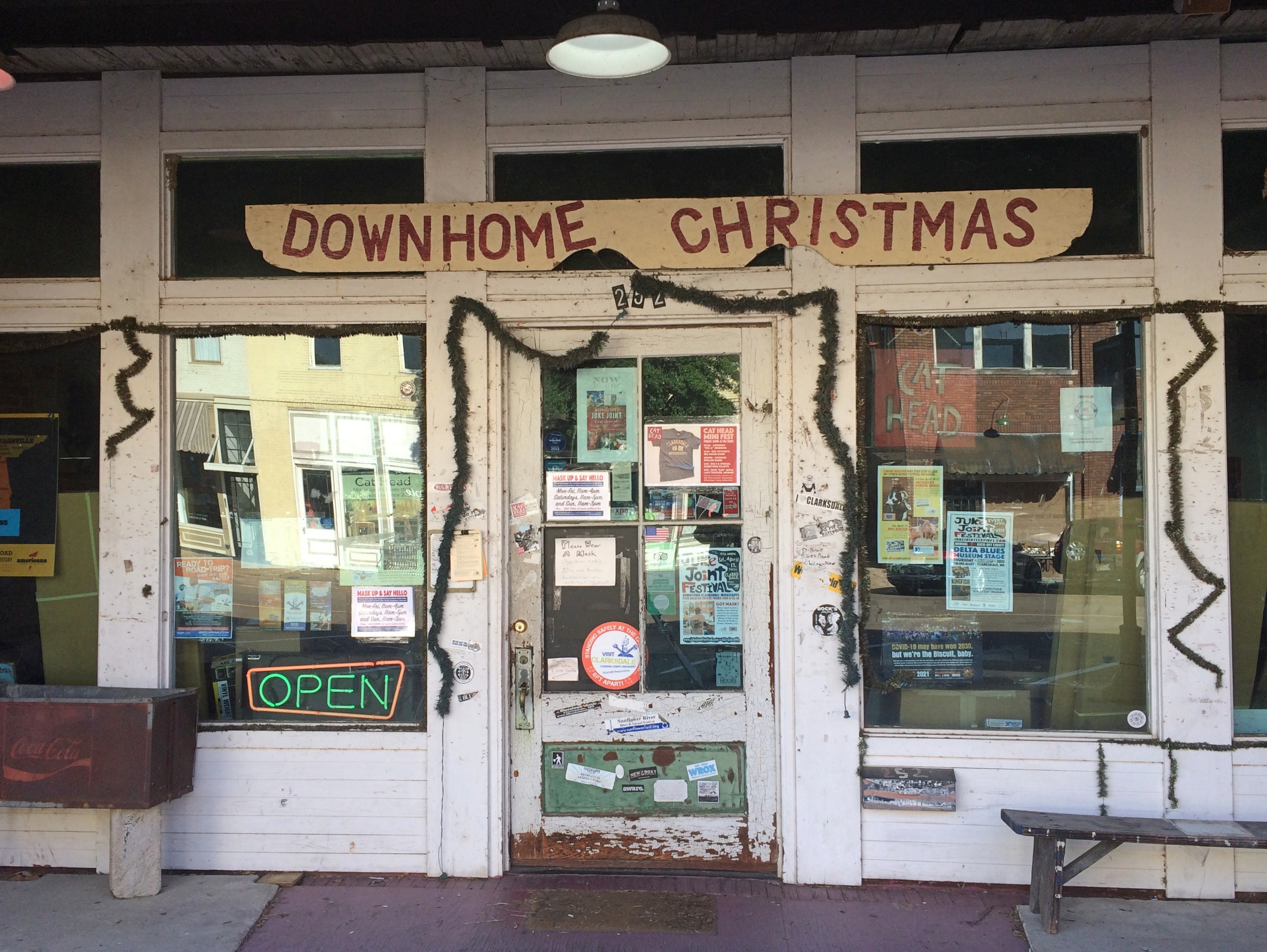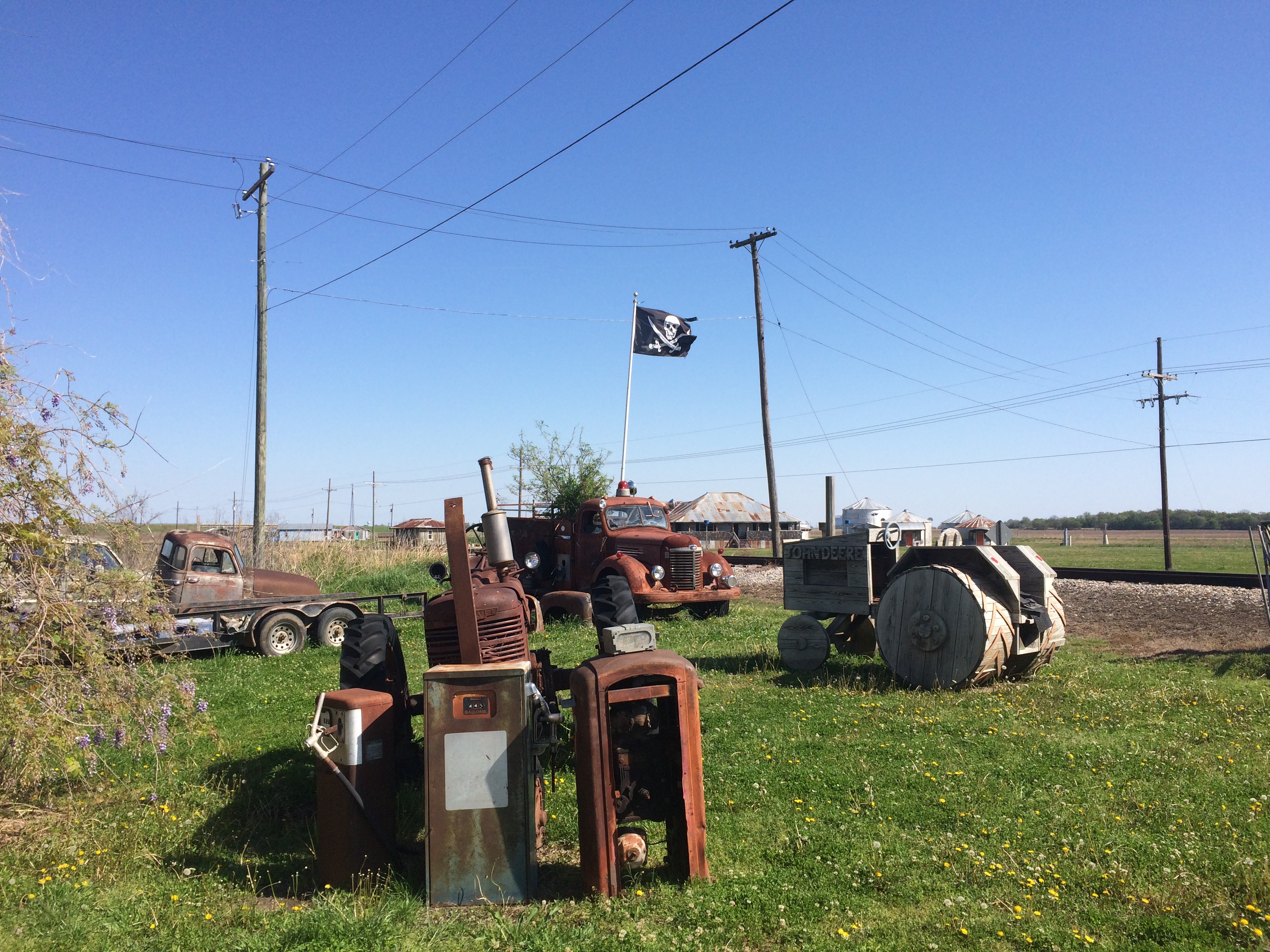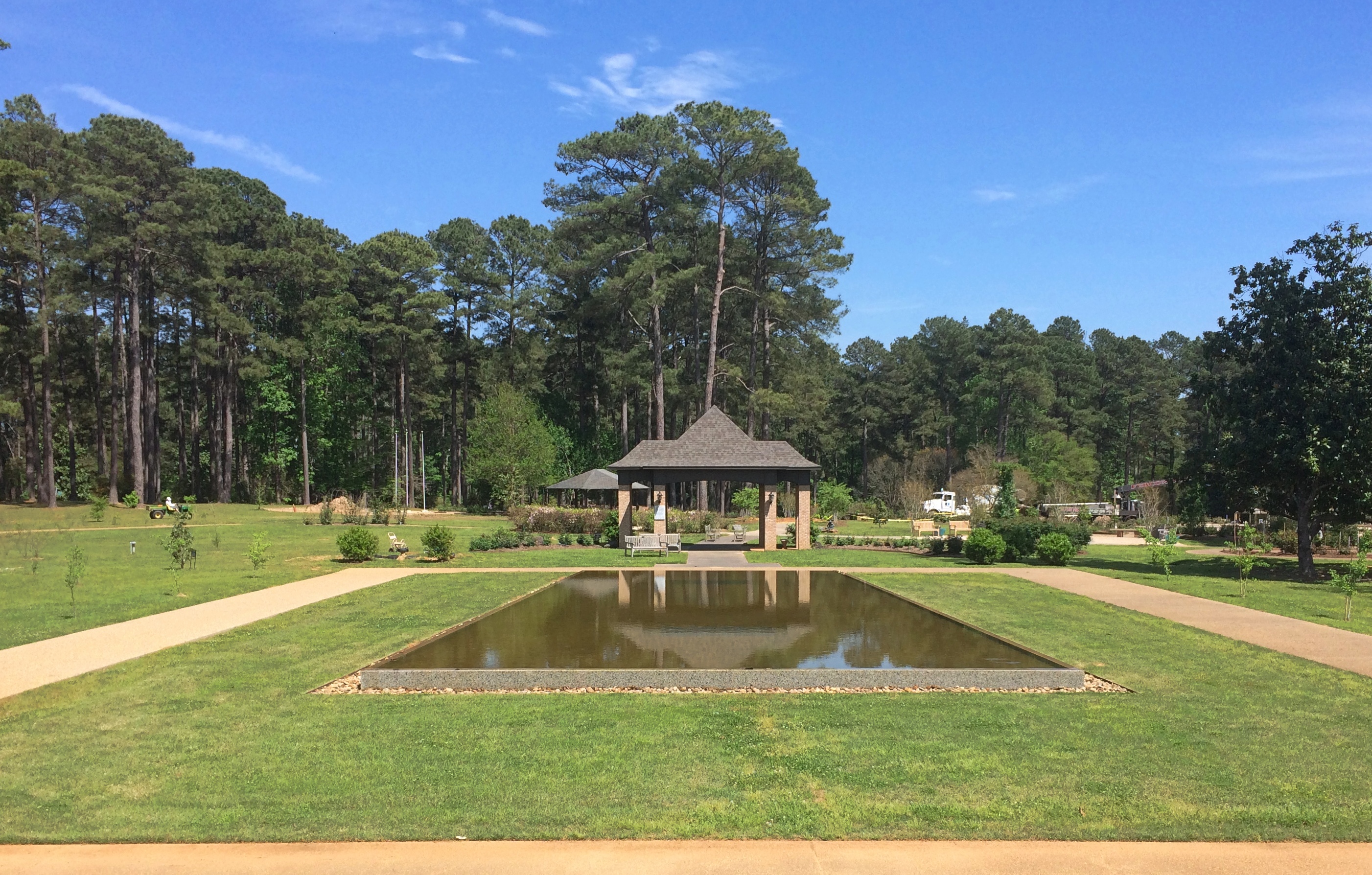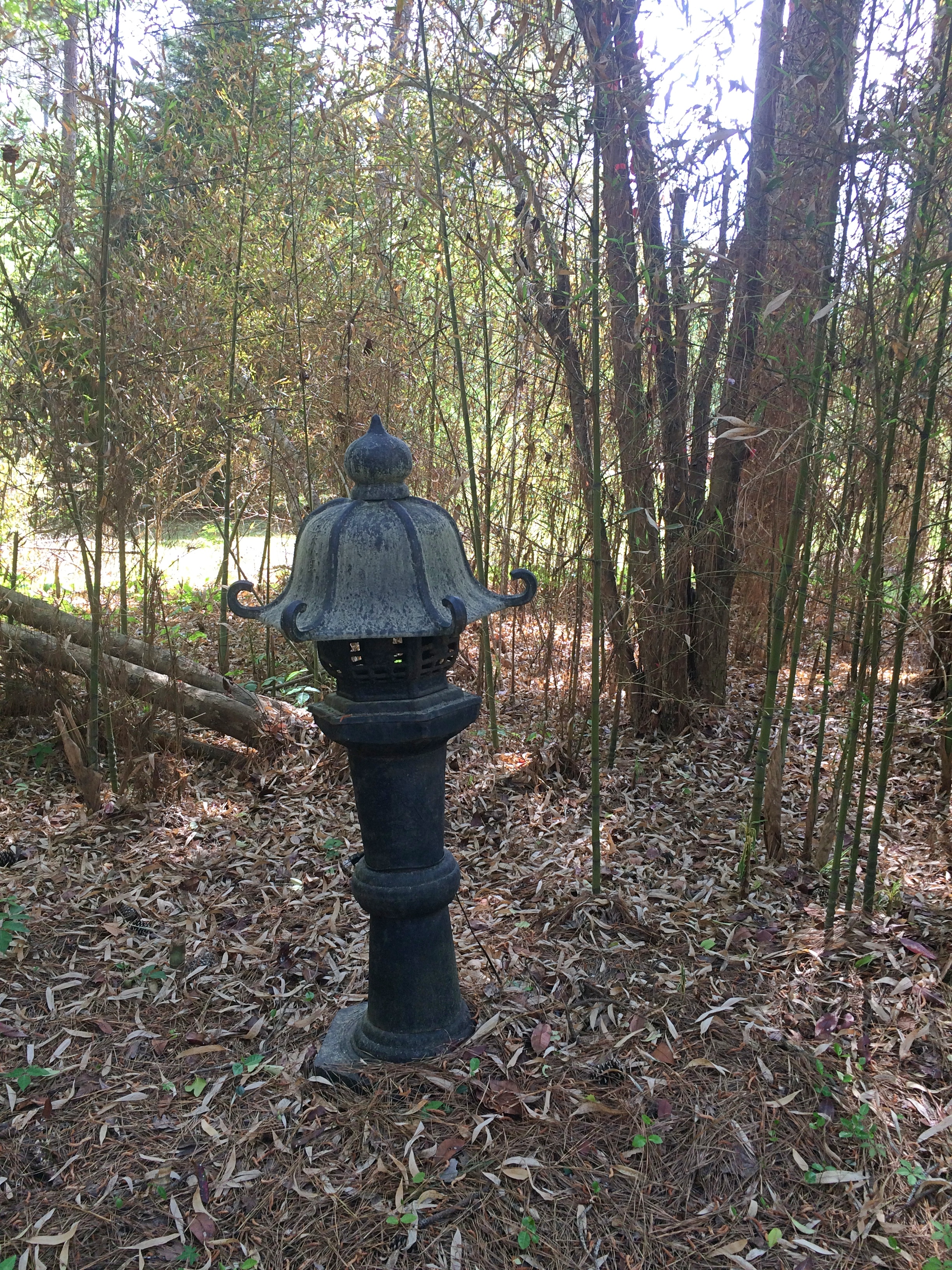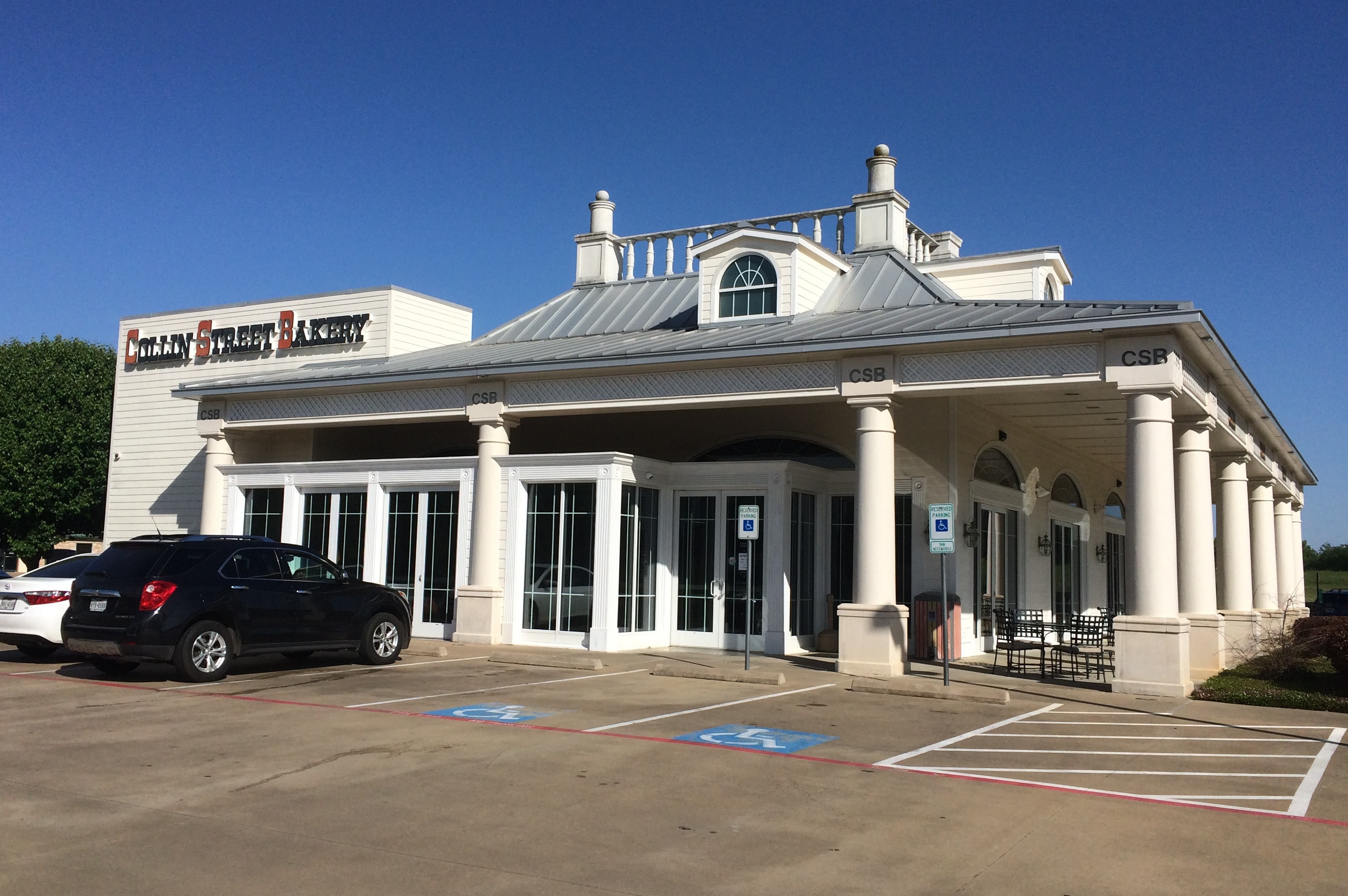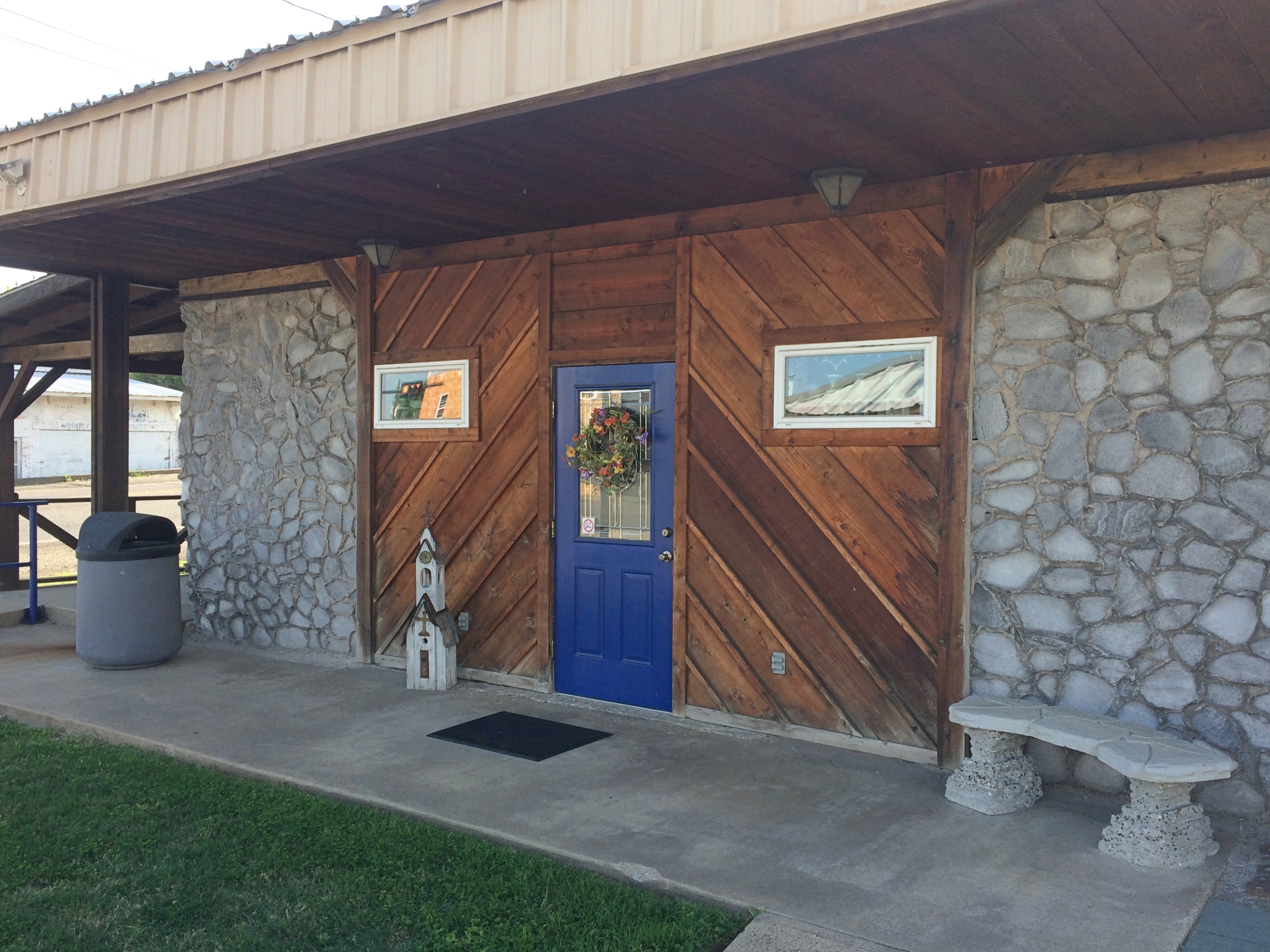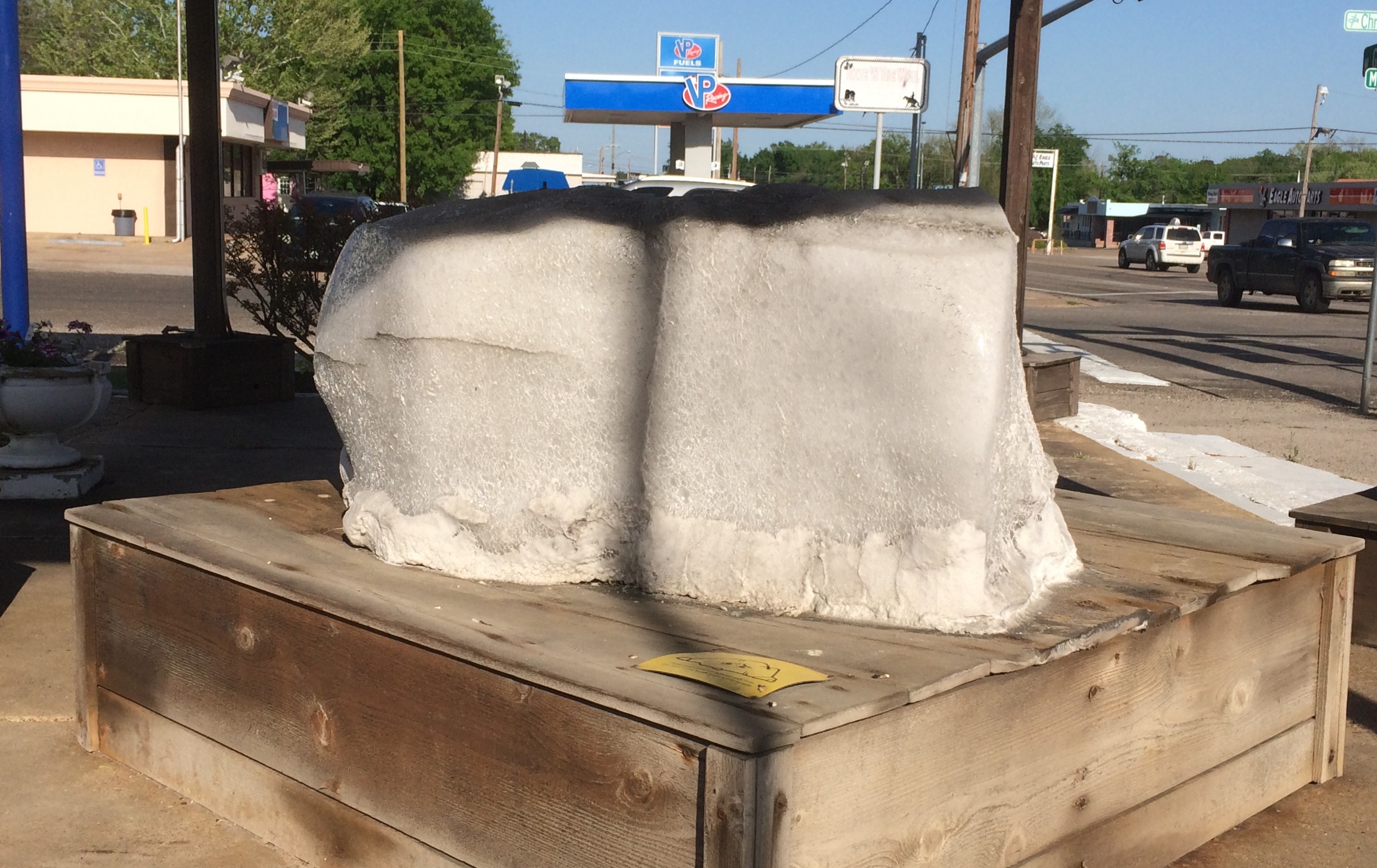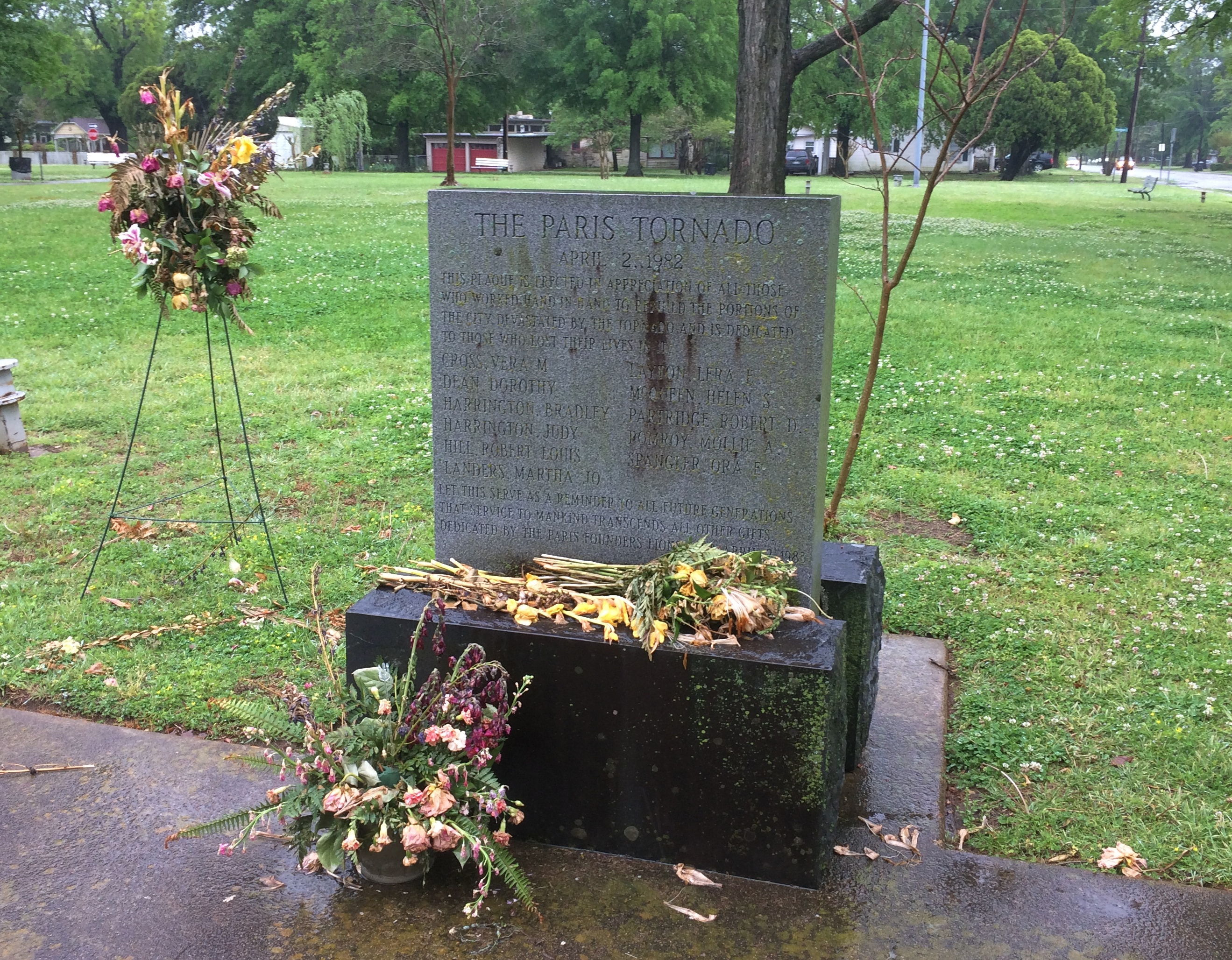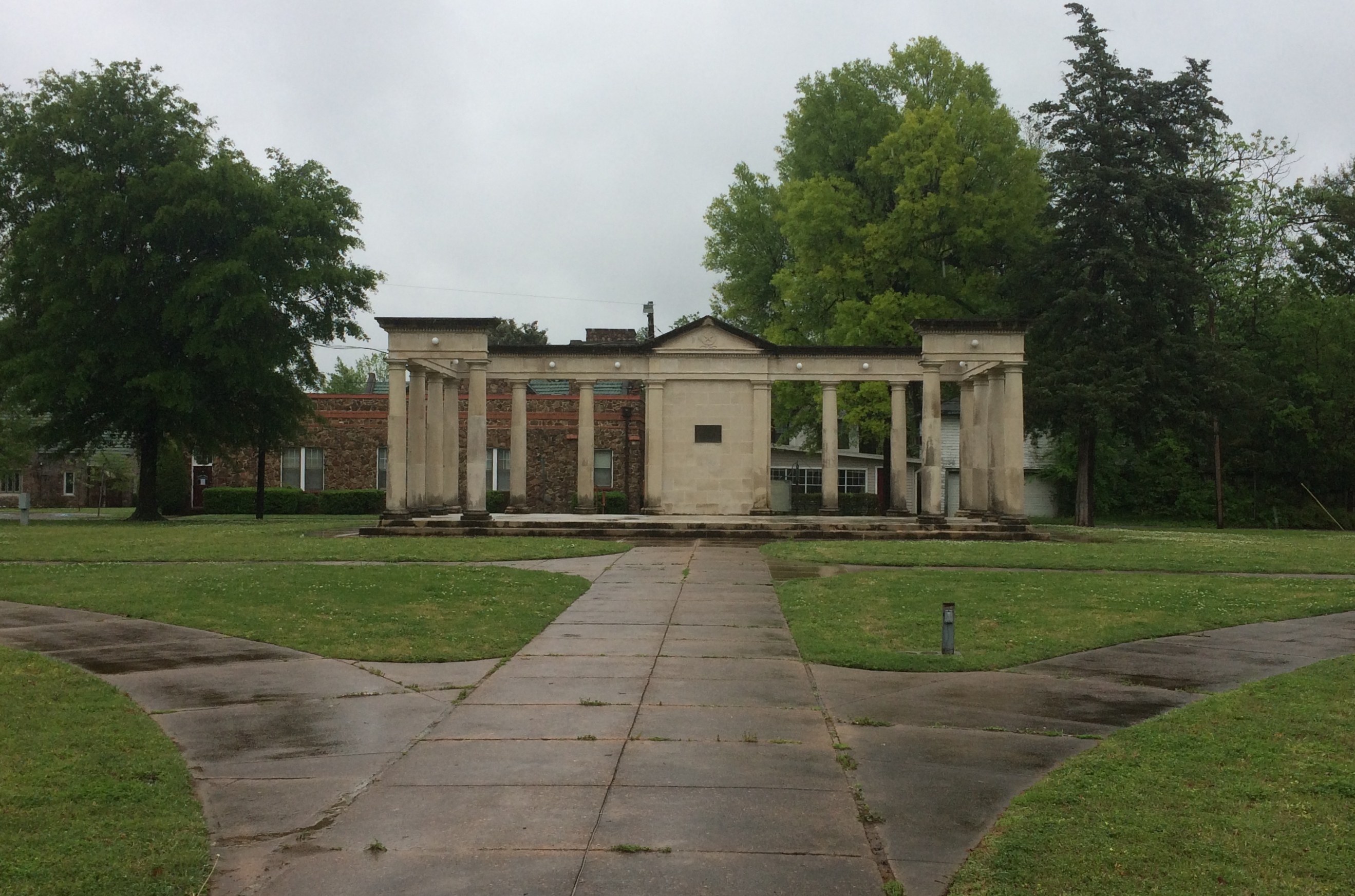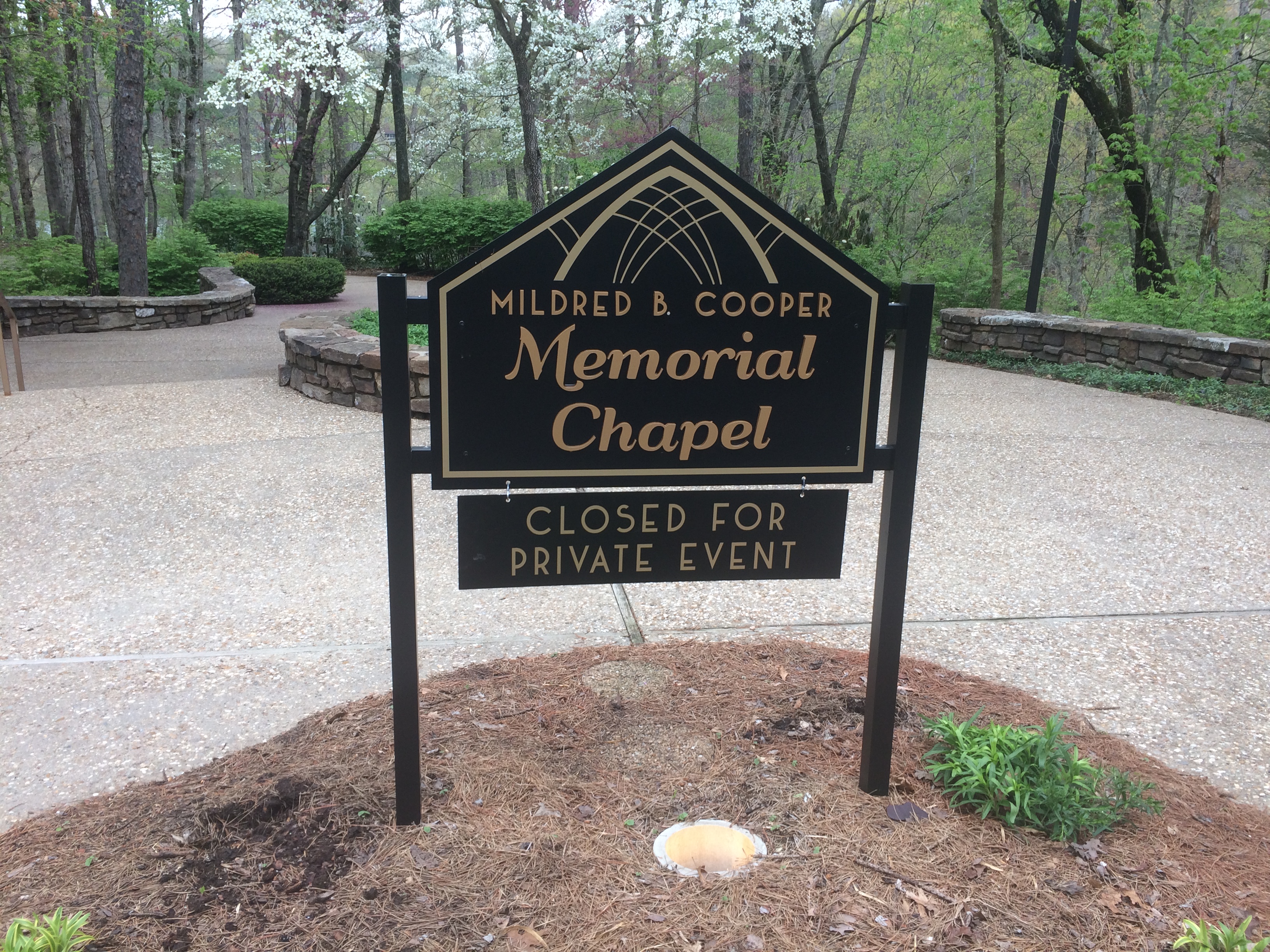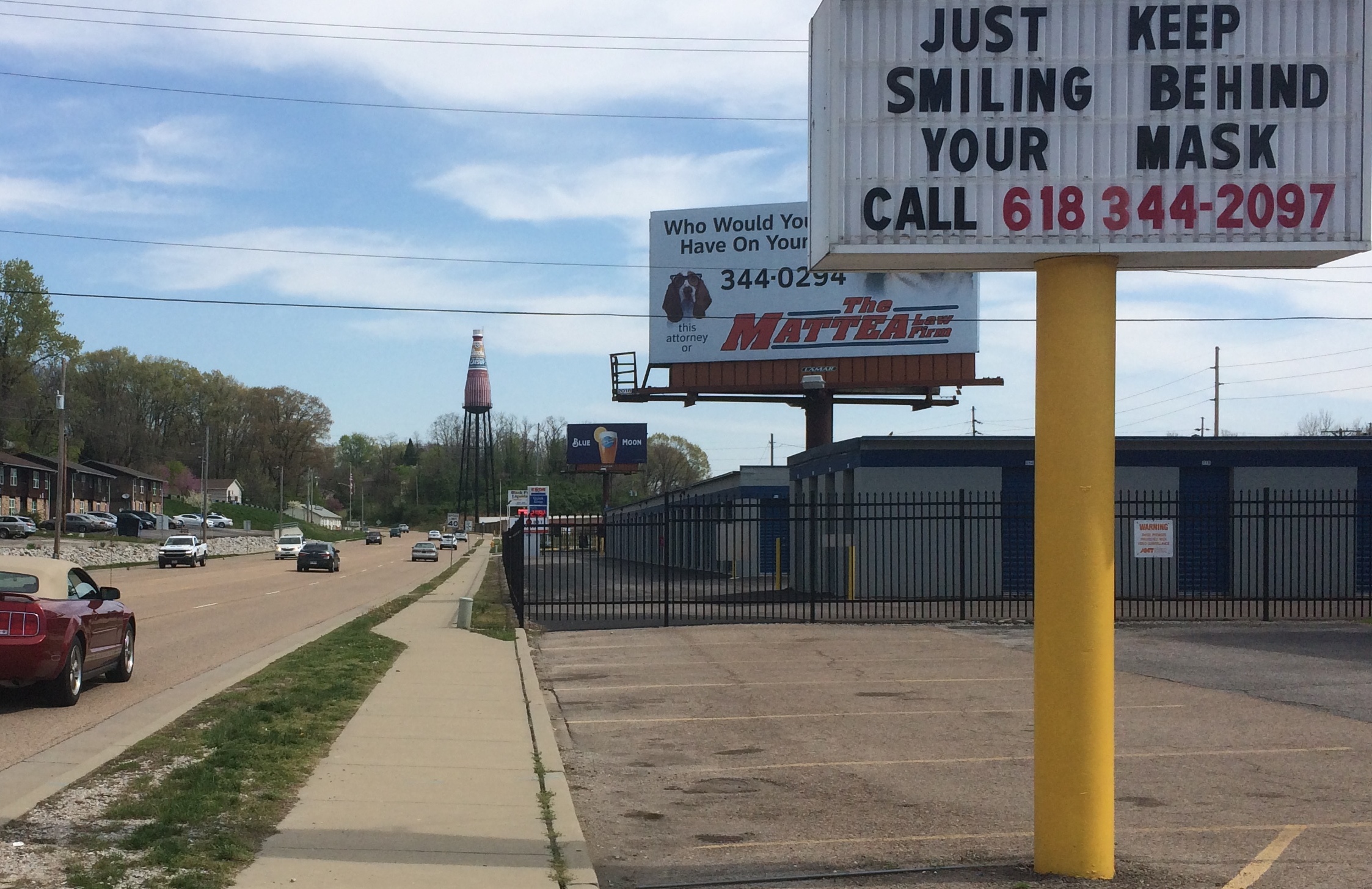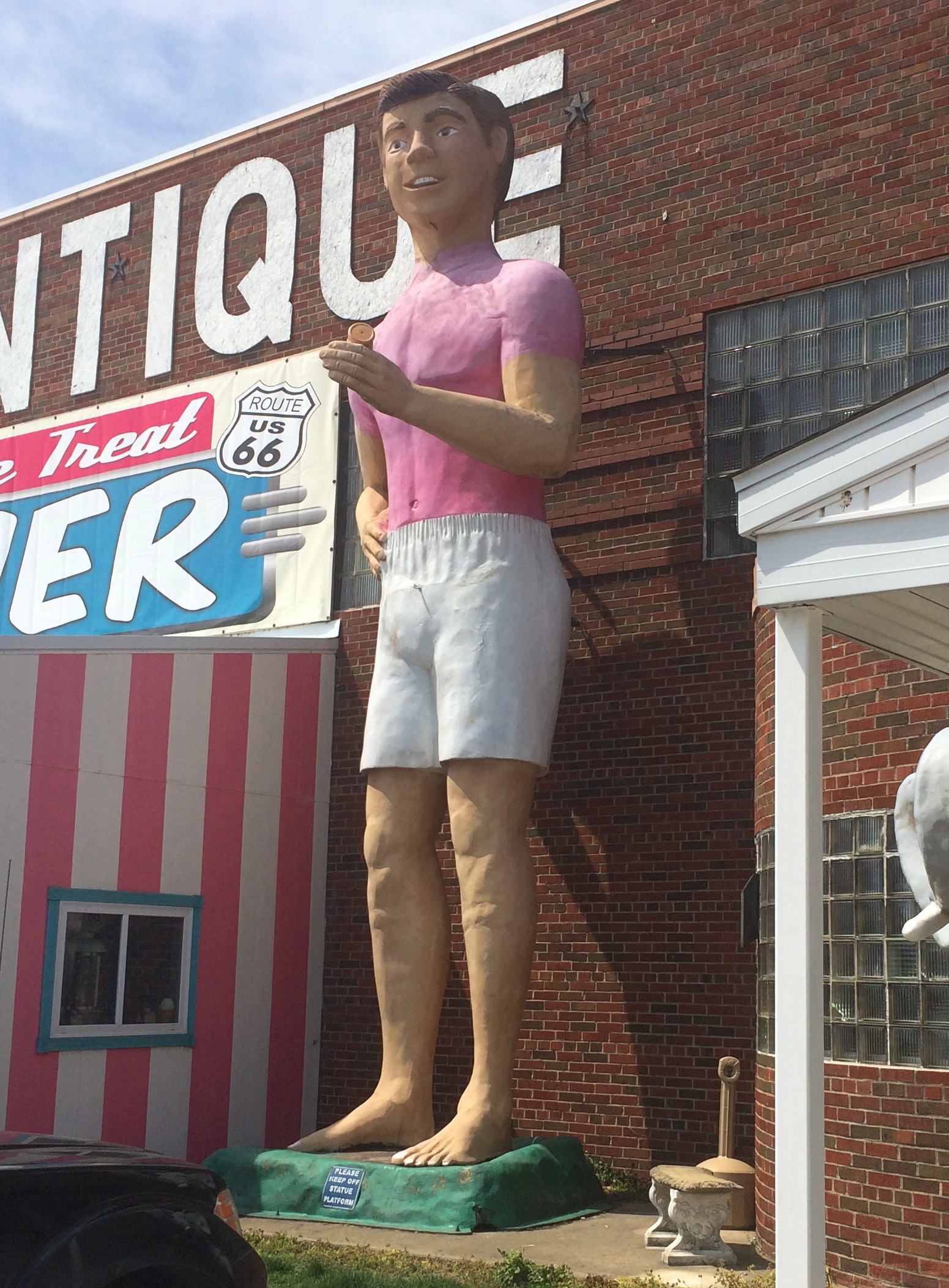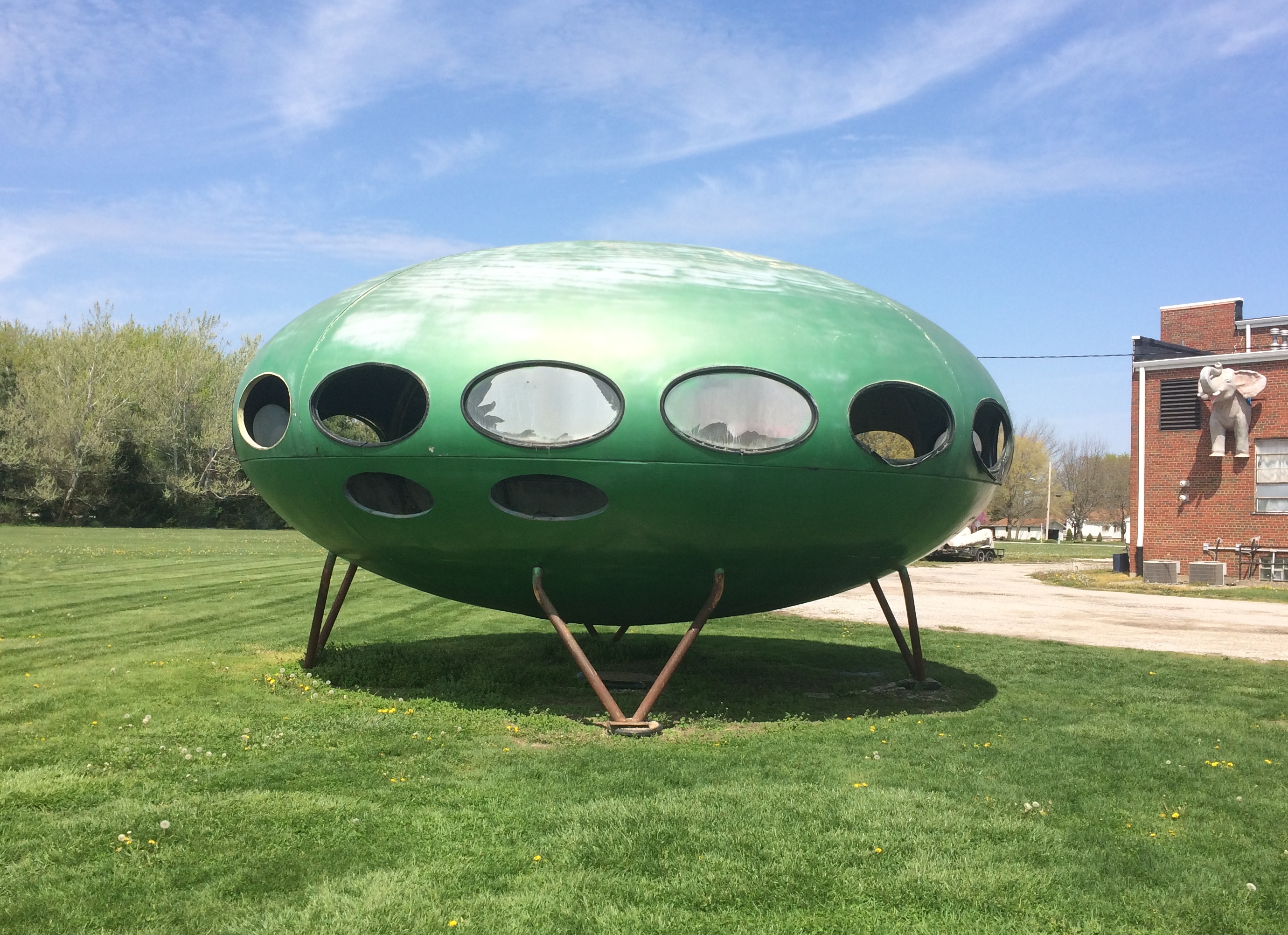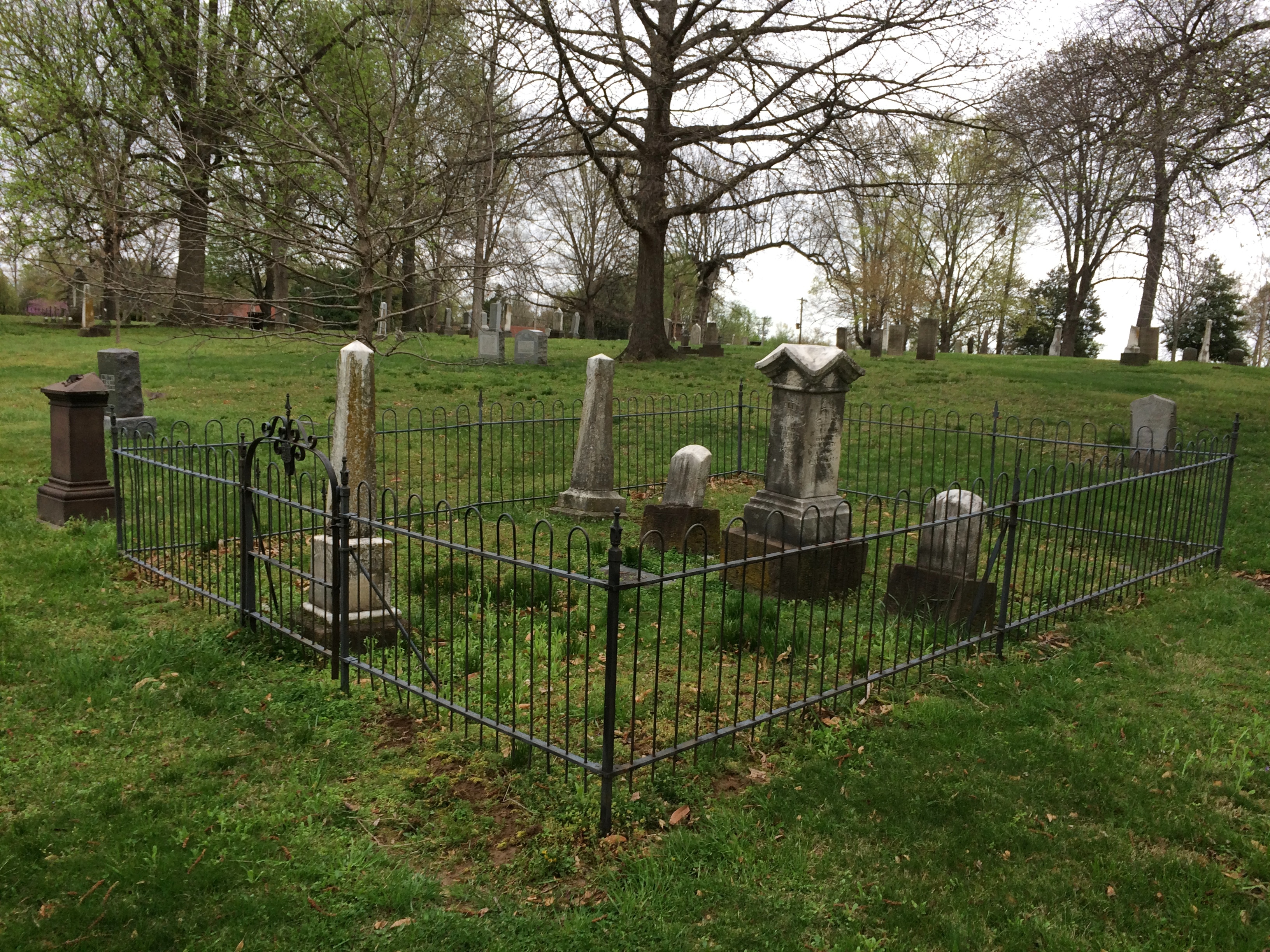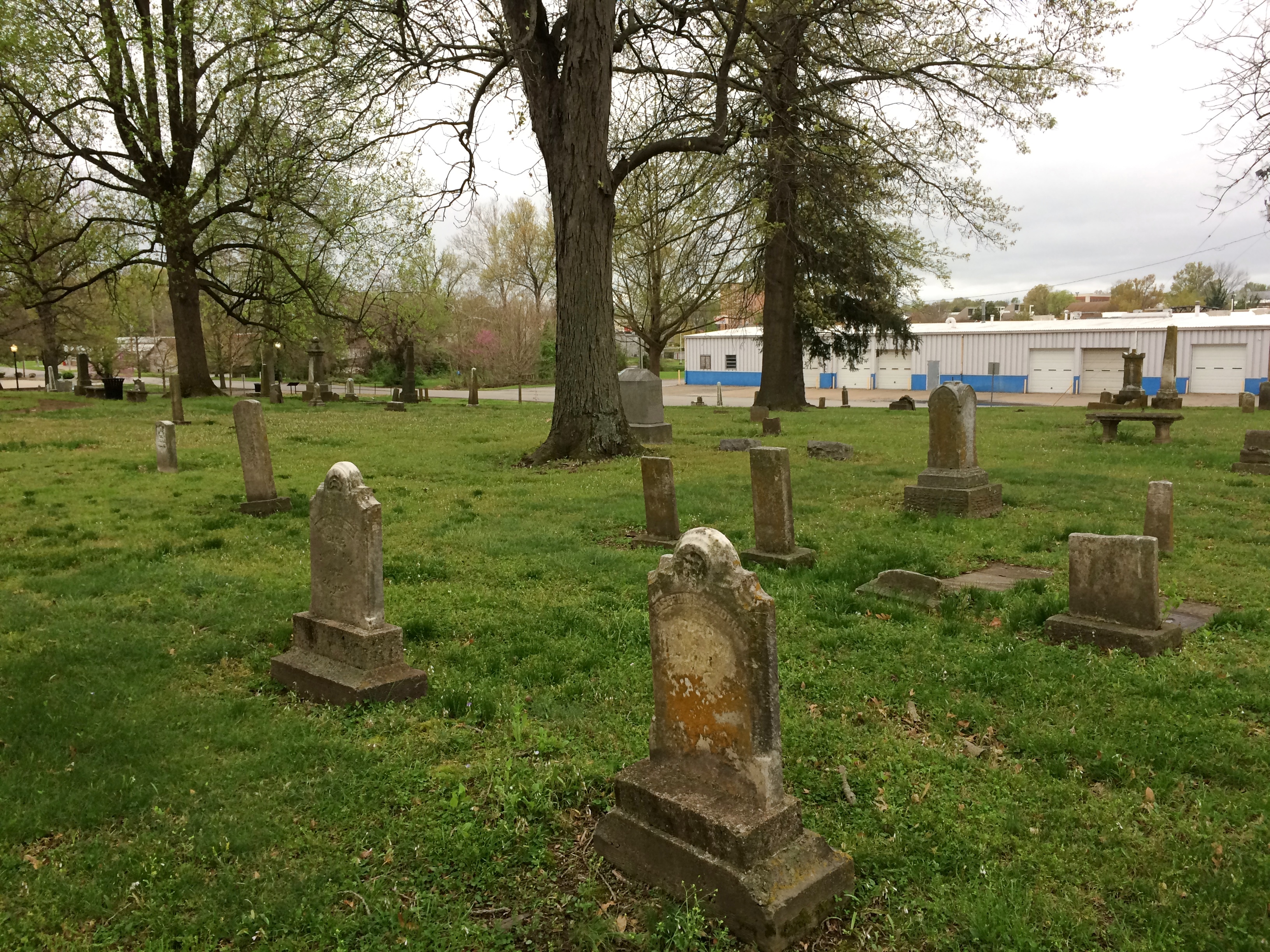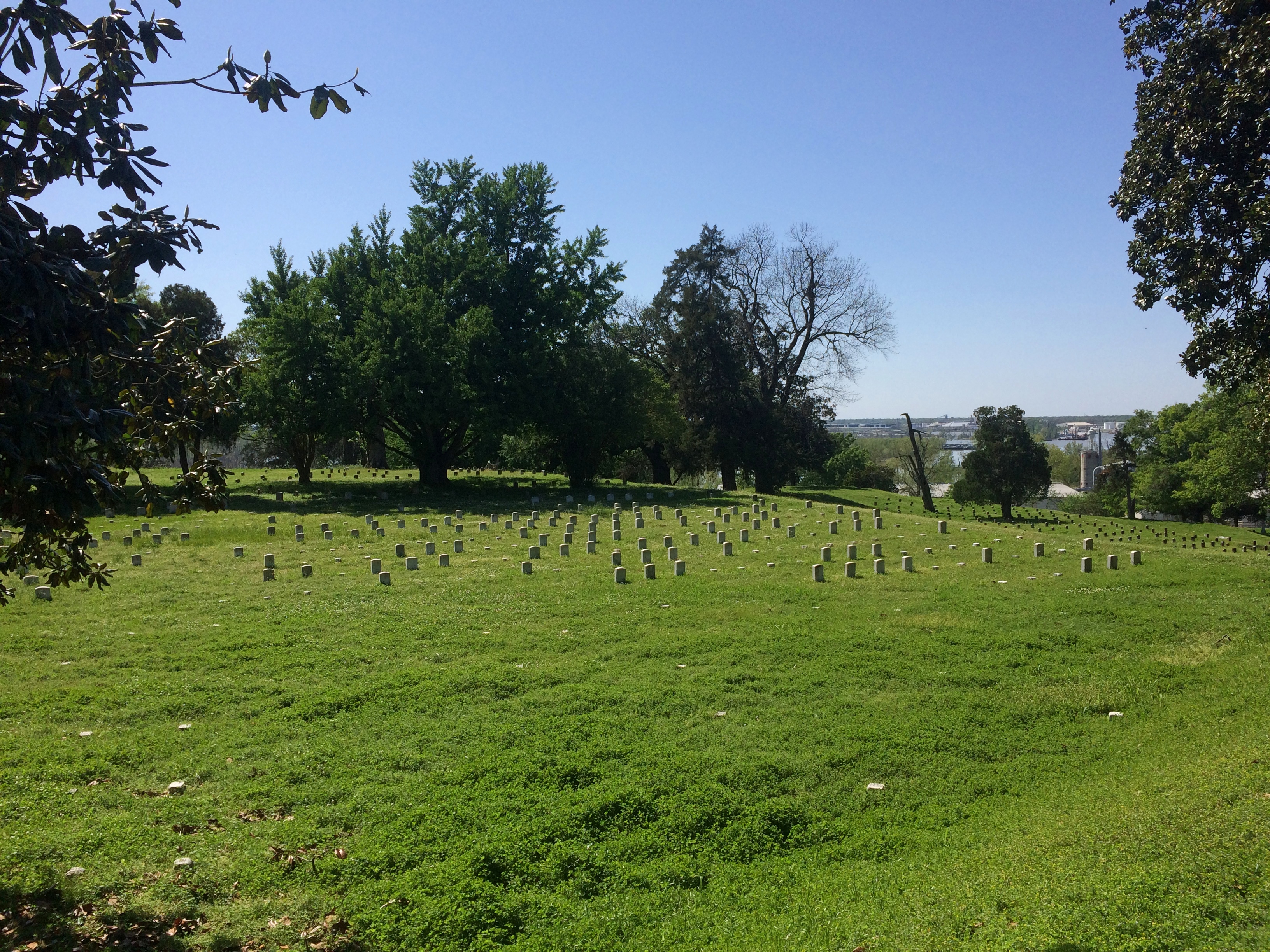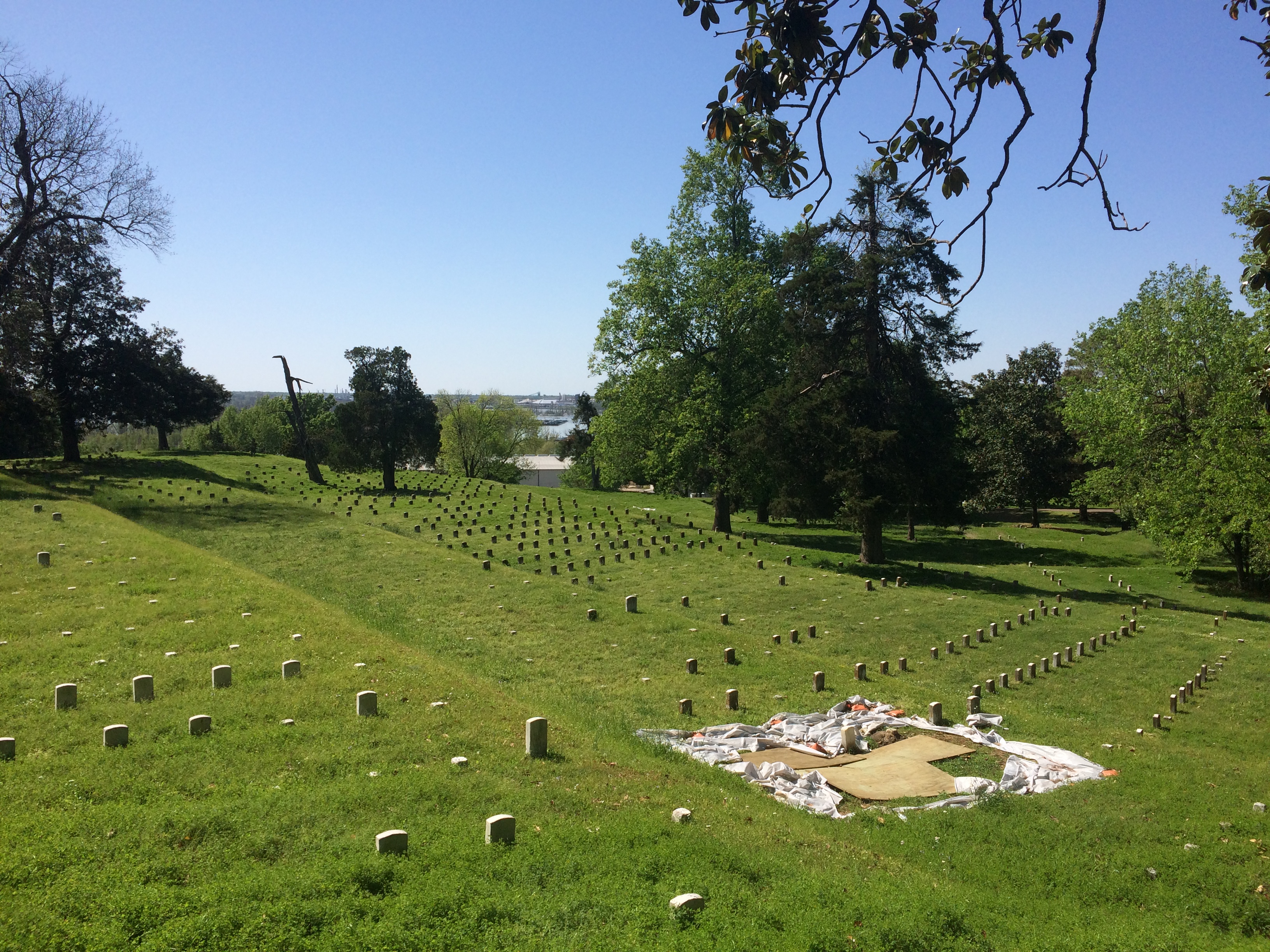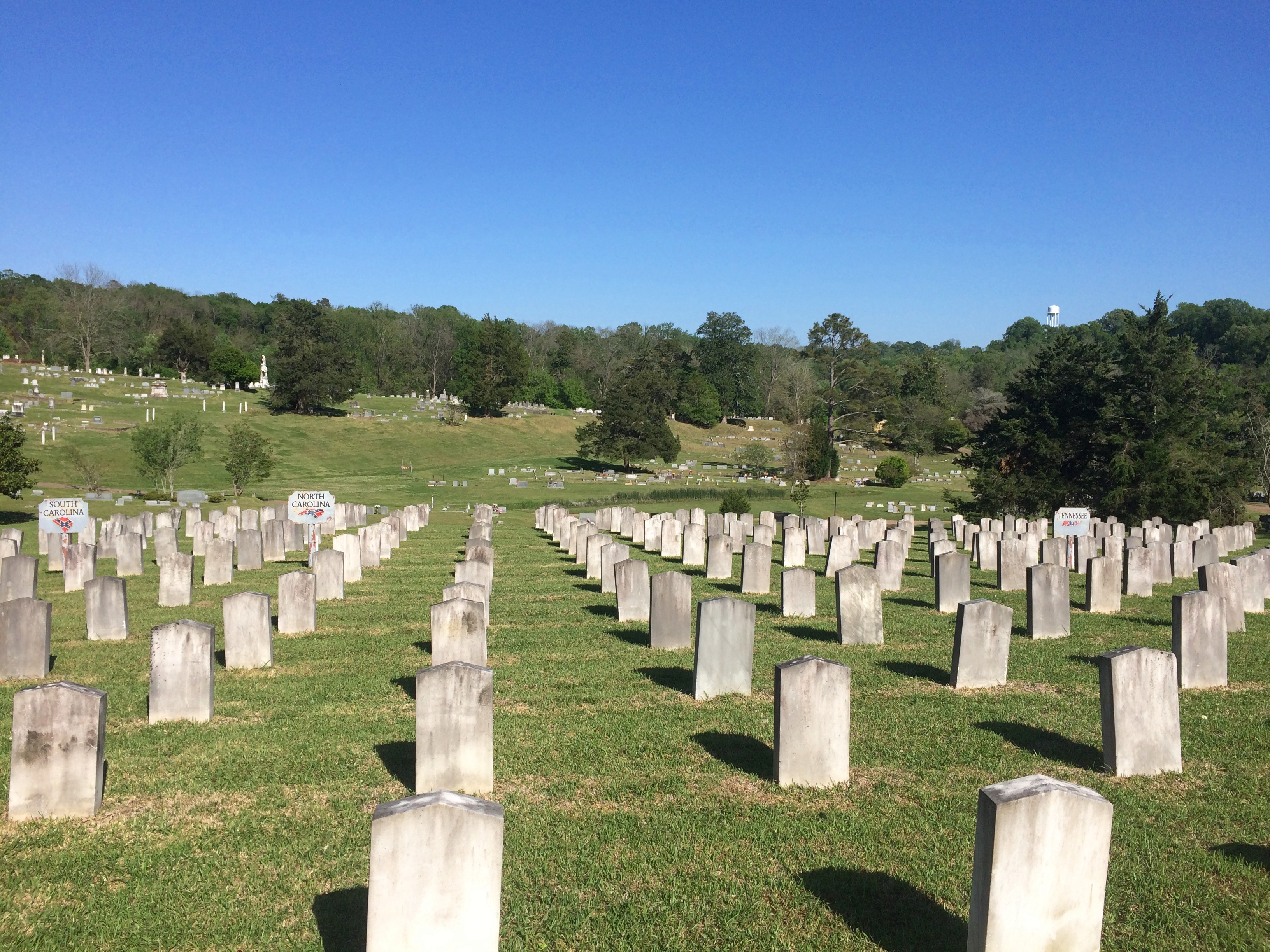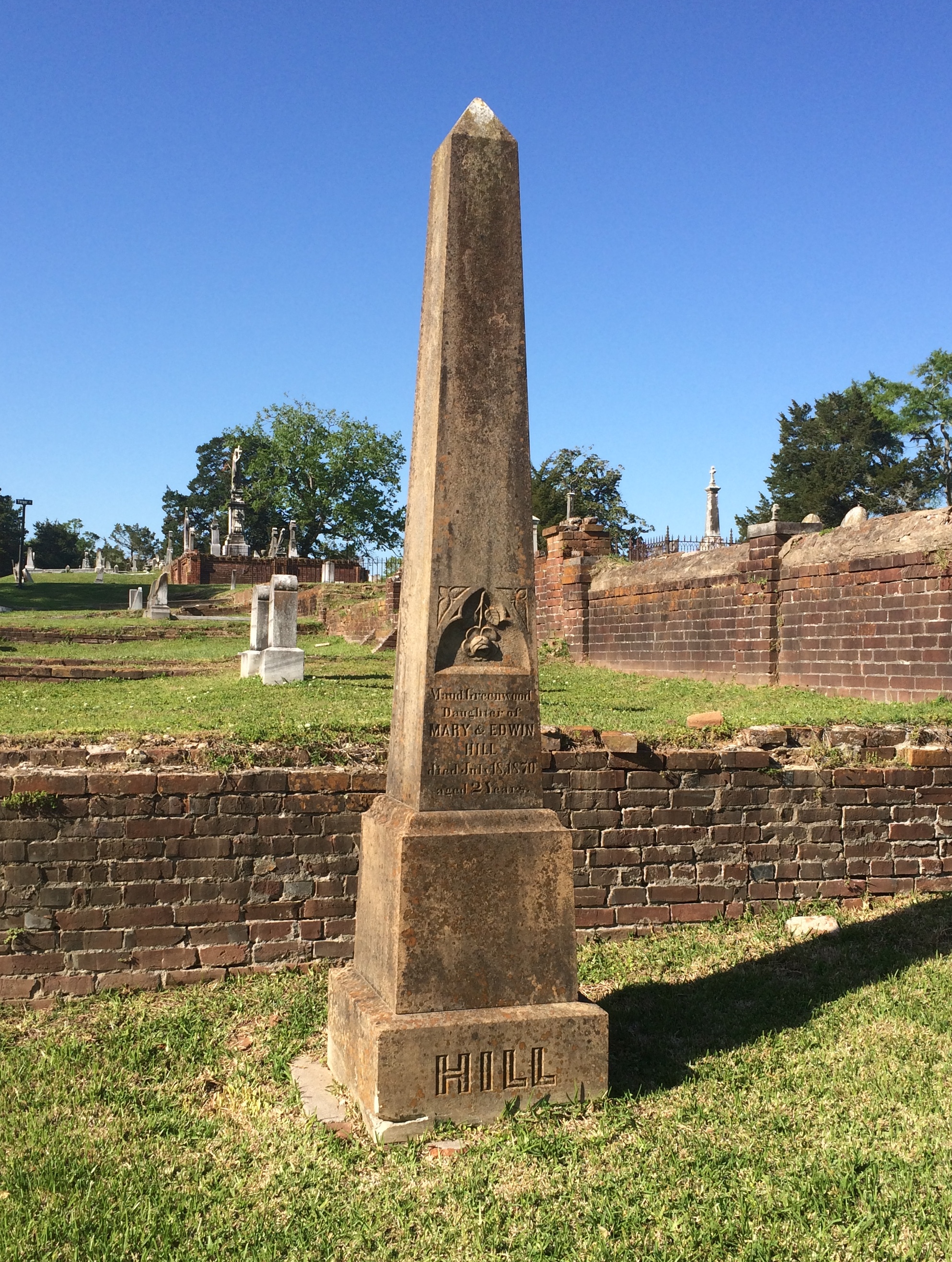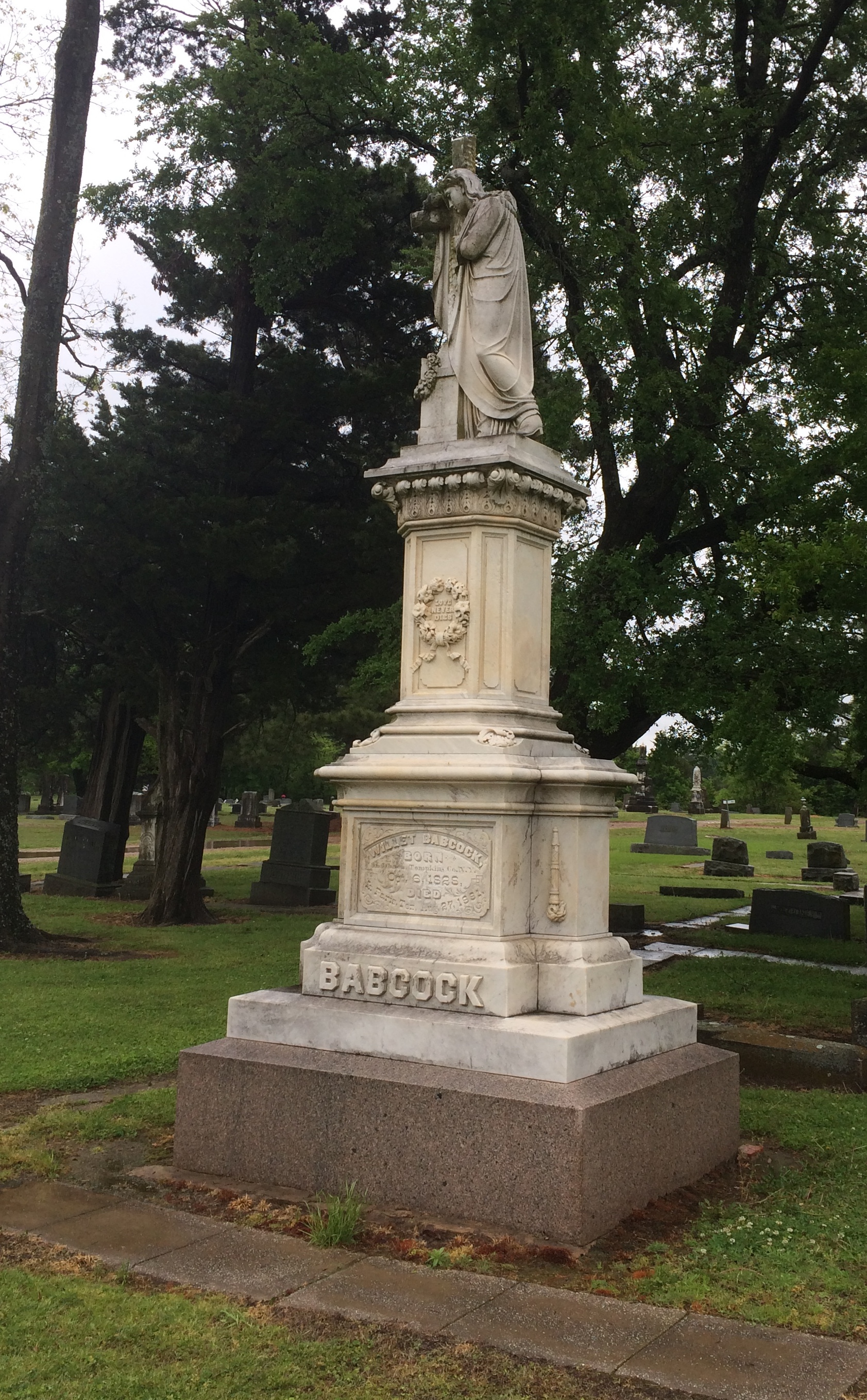Last Sunday morning, May 30, we were up fairly early and spent time in downtown Buffalo. I had a walking route in mind, inspired by a walking tour map I’d seen on line, but we pretty much disregarded that and used the “hey, what’s that building over there?” technique to set our path.
After parking in a garage, the first thing we spotted was Millard Fillmore. In bronze.
A work of New York City sculptor Bryant Baker, from the early 1930s, next to Buffalo City Hall. Naturally, President Fillmore has attracted the ire of removalists, who want to take his memory to task for signing the Compromise of 1850, especially the odious Fugitive Slave Law, and for being the standard-bearer for the Know-Nothings. Not for being mentioned as a mediocre president in song and story.
Fillmore’s on the southeast corner of the building. On the northeast corner is the Baker bronze of Grover Cleveland, who was mayor of Buffalo before he was ever president.

Buffalo City Hall is a famed bit of architecture, for good reason. Chicago has a handsome city hall, as does New York City and other places, but I’ve seen none more impressive than Buffalo.
Local architects Dietel, Wade & Jones did the soaring art deco design, with completion in 1931. I’ve read there’s an observation deck on the upper floors, but it was closed on Sunday. Actually, most of downtown Buffalo seemed closed on Sunday. A 24/7 city, it is not.
City Halls faces Niagara Square, which has been a focal point for the city for a long time, and continues to be in the news.
The obelisk is the McKinley Monument, designed by the architects of the 1901 world’s fair, Carrere and Hastings.
East of City Hall, facing Lafayette Square, is the Liberty Building, developed in 1925 for Liberty National Bank.
At one time the bank had been German American Bank, but the bankers thought better of that name during the 1910s dust-up in Europe. Just to hammer home the patriotic point, there are replicas of the Statue of Liberty atop the building.

The Rand Building, completed in 1929.
One M&T Plaza, completed in 1966 and looking every bit of it. A design by Minoru Yamasaki, who’s best known for the destroyed World Trade Center in NYC.
A detail of Ellicott Square, designed by Charles Atwood of D. H. Burnham & Co. and completed in 1896. The lobby is supposed to be like the Rookery in Chicago, which would be high praise indeed, but the building wasn’t open for a look.
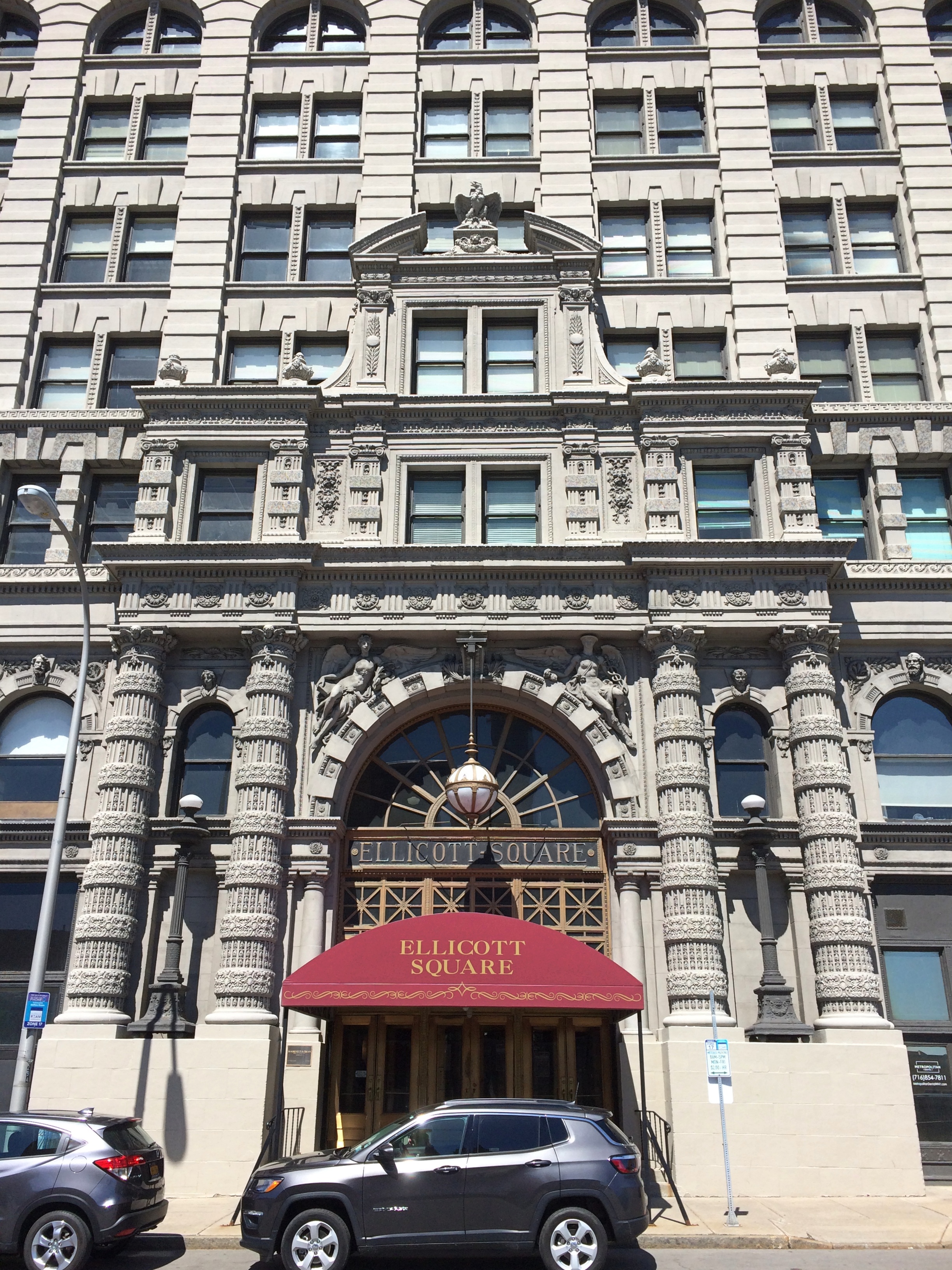
The splendid Guaranty Building, originally the Prudential Building, also completed in 1896. A Louis Sullivan and Dankmar Adler tour-de-force.
Across the street from the Guaranty is St. Paul’s Cathedral of the Episcopal Diocese of Western New York. Richard Upjohn, who designed Trinity Church Wall Street in Manhattan, did the original design in the 1840s. After a bad fire in the 1880s, Robert Gibson did the renovation.
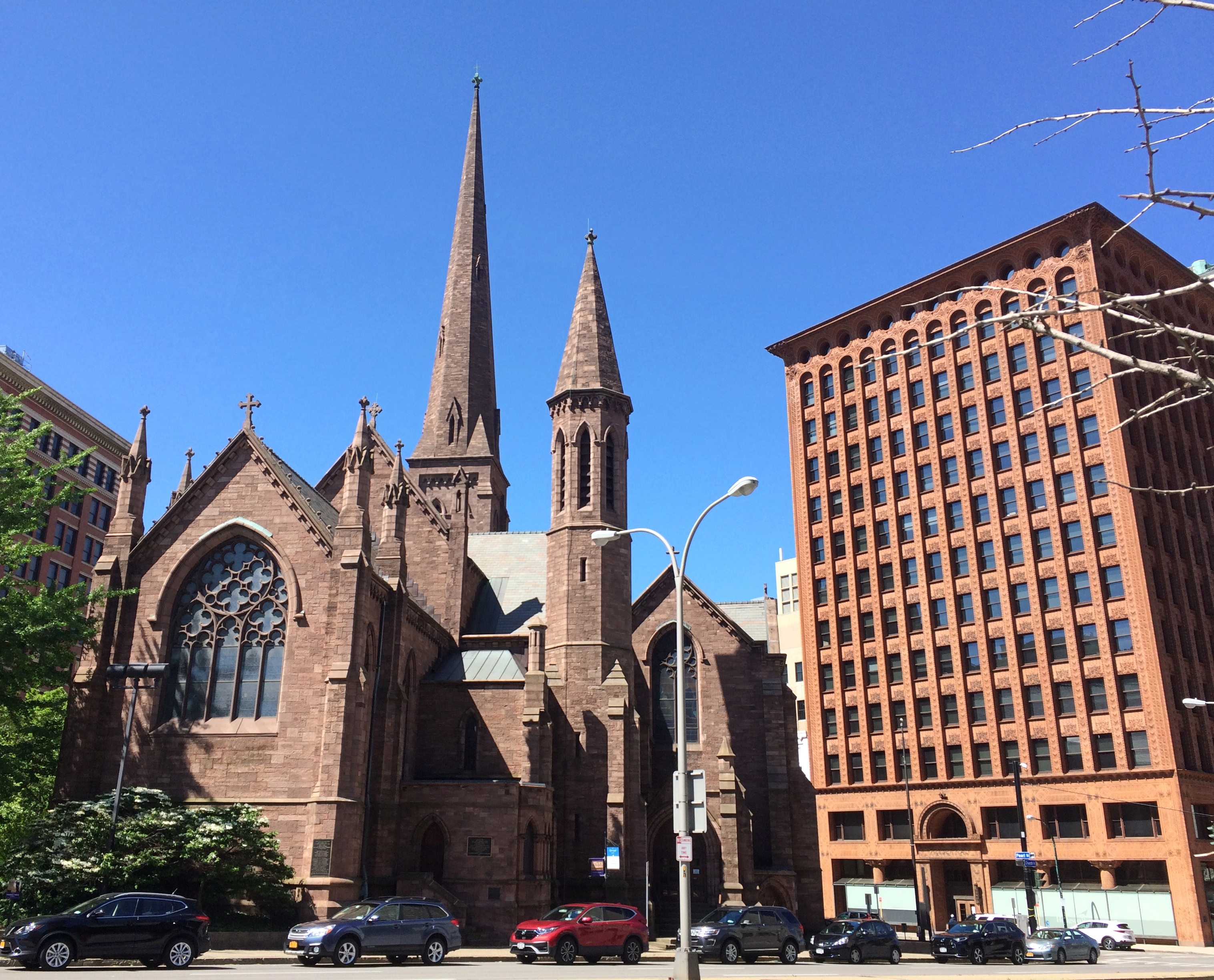
The Sunday service was in progress and we sat in for a while, with a good view of the resplendent interior.
Those were the buildings we had energy for. Some details along the way, such as the Buffalo city flag.
In the street across from the cathedral are Toynbee tiles.

Been a while since I’ve seen any. The last time was St. Louis, maybe 20 years ago. An examination of the spot on Google Streetview tells me that these particular tiles appeared after 2011 but before 2015, and one of the tiles says 2013. So they might not be the work of the original tiler, whomever that might be, but does that even matter? The obscure oddity has a life of its own, and it’s good to know that they’re still being created and you can still see them with your own eyes.

